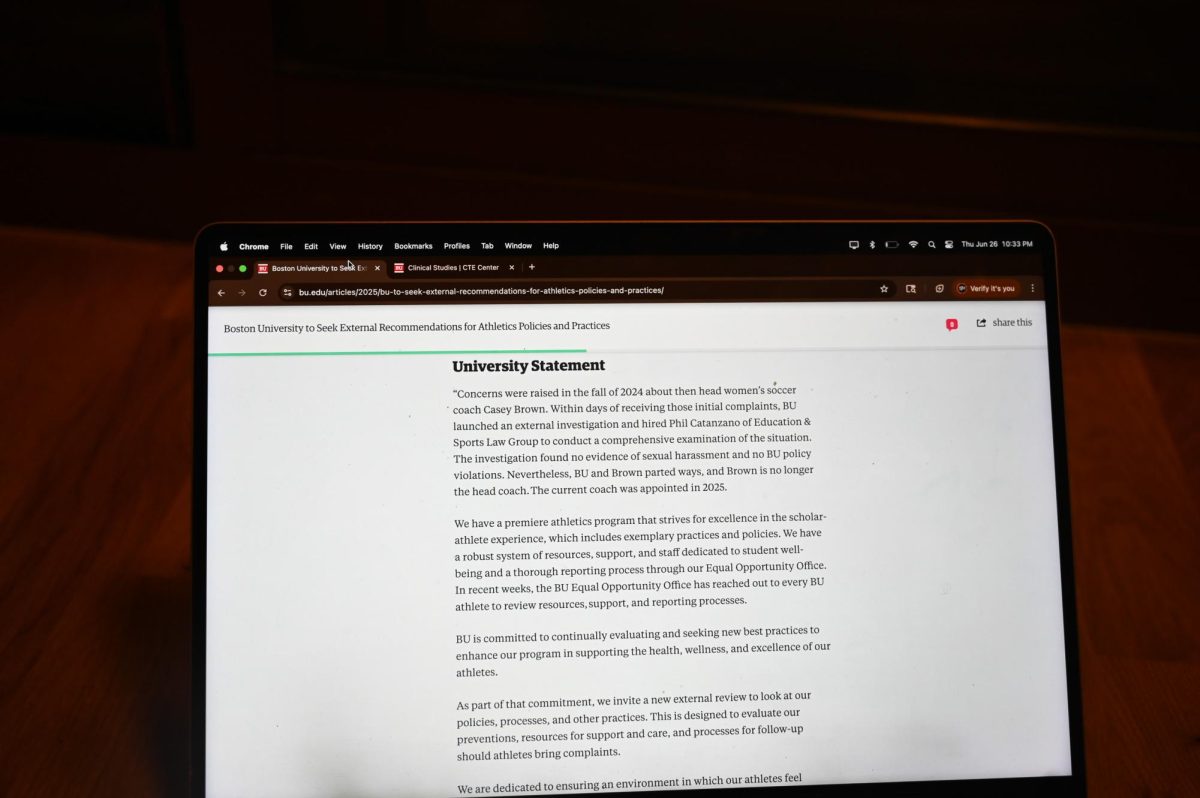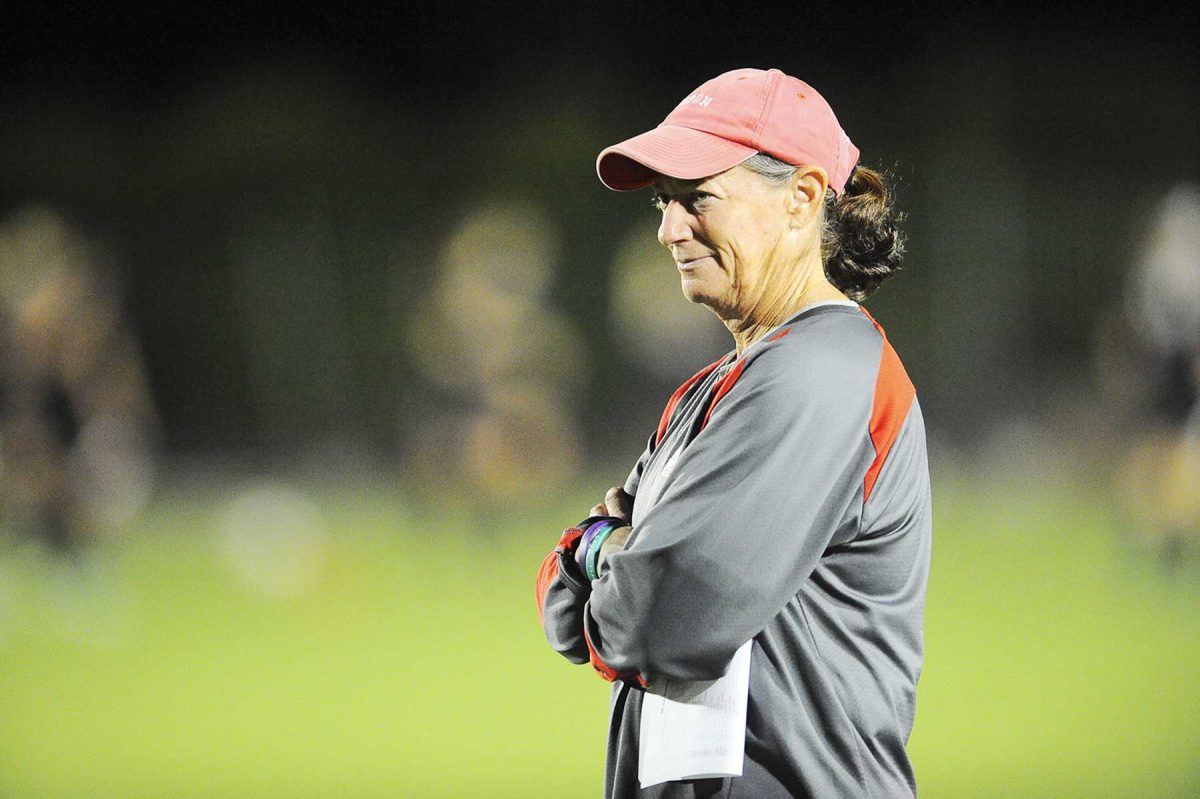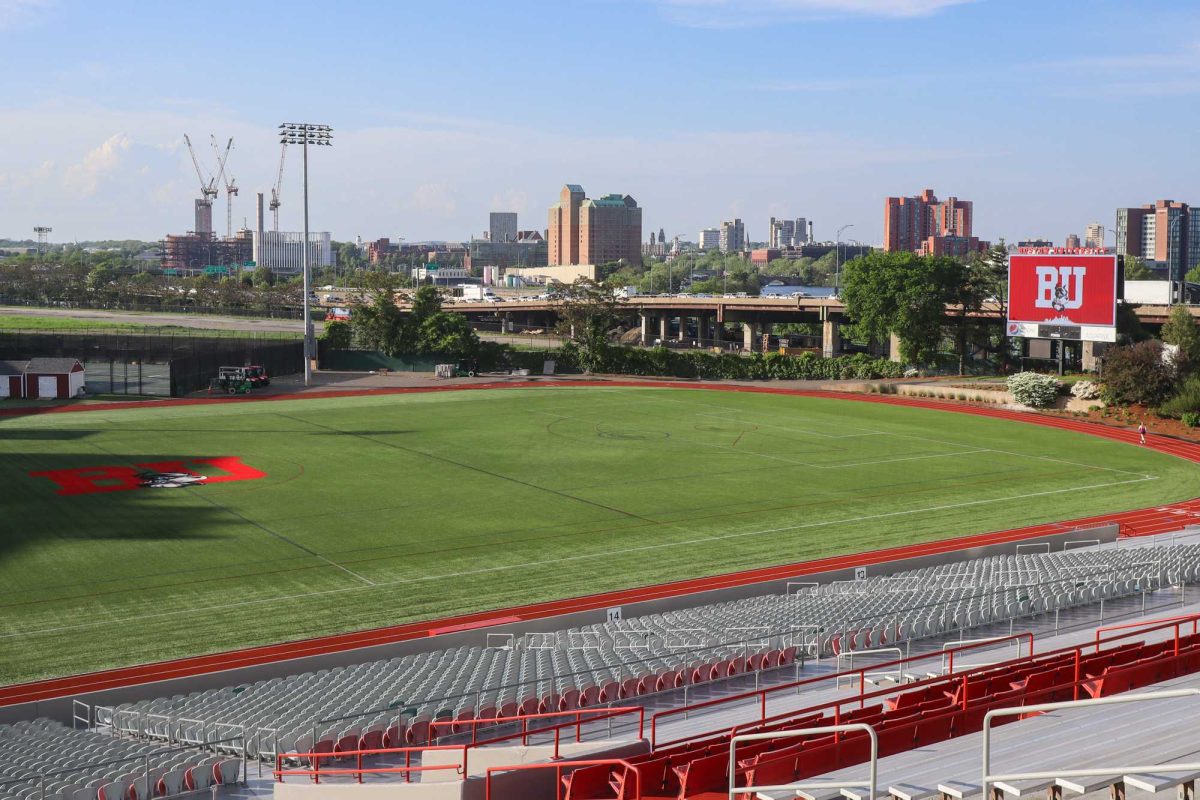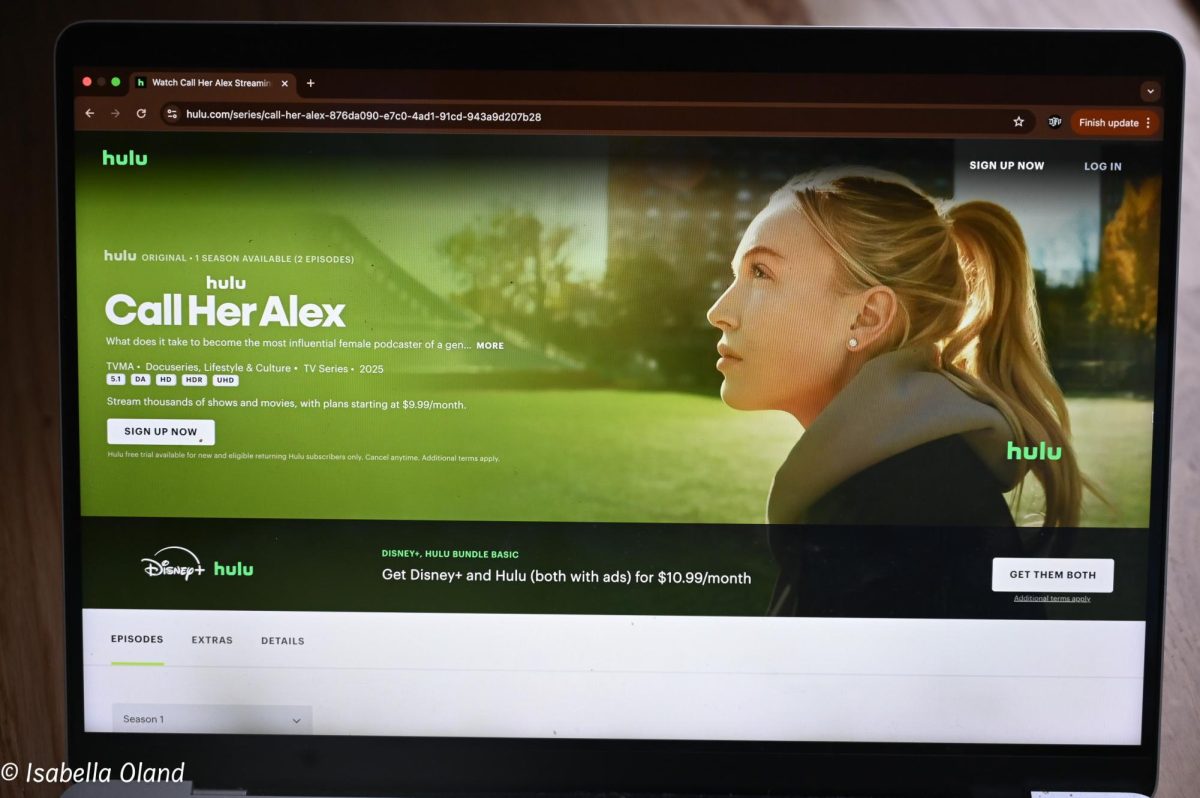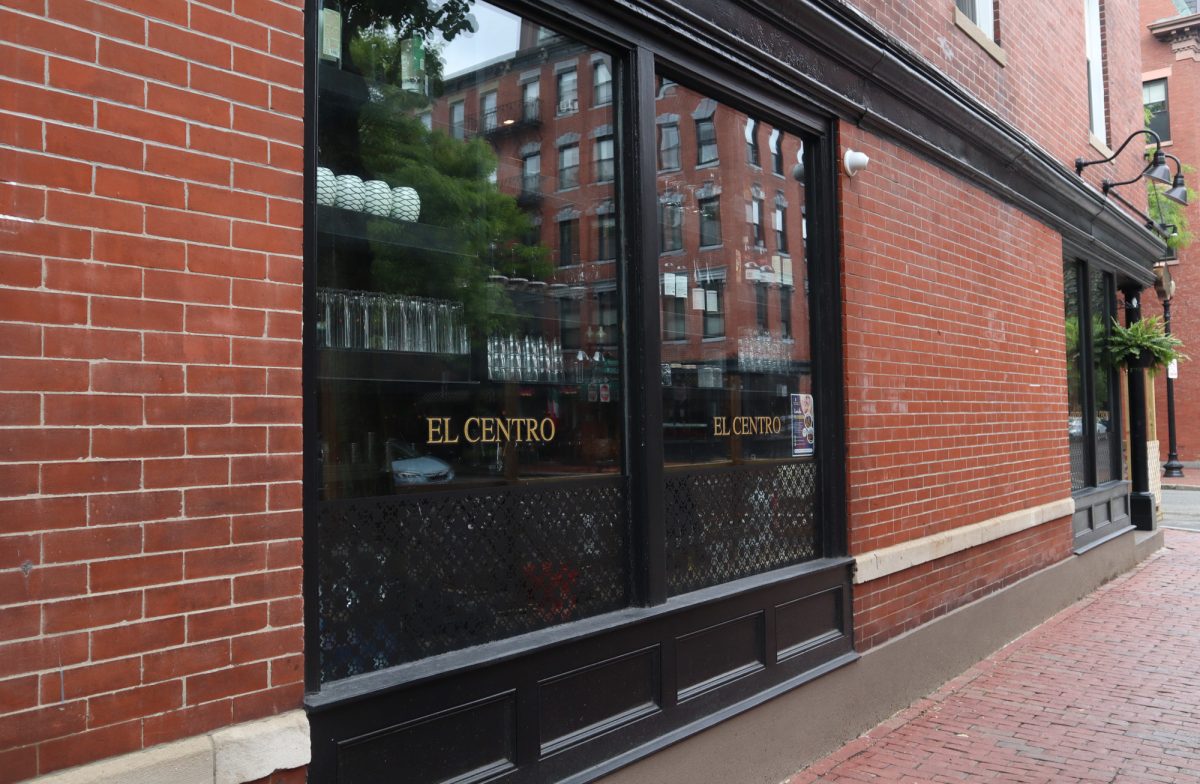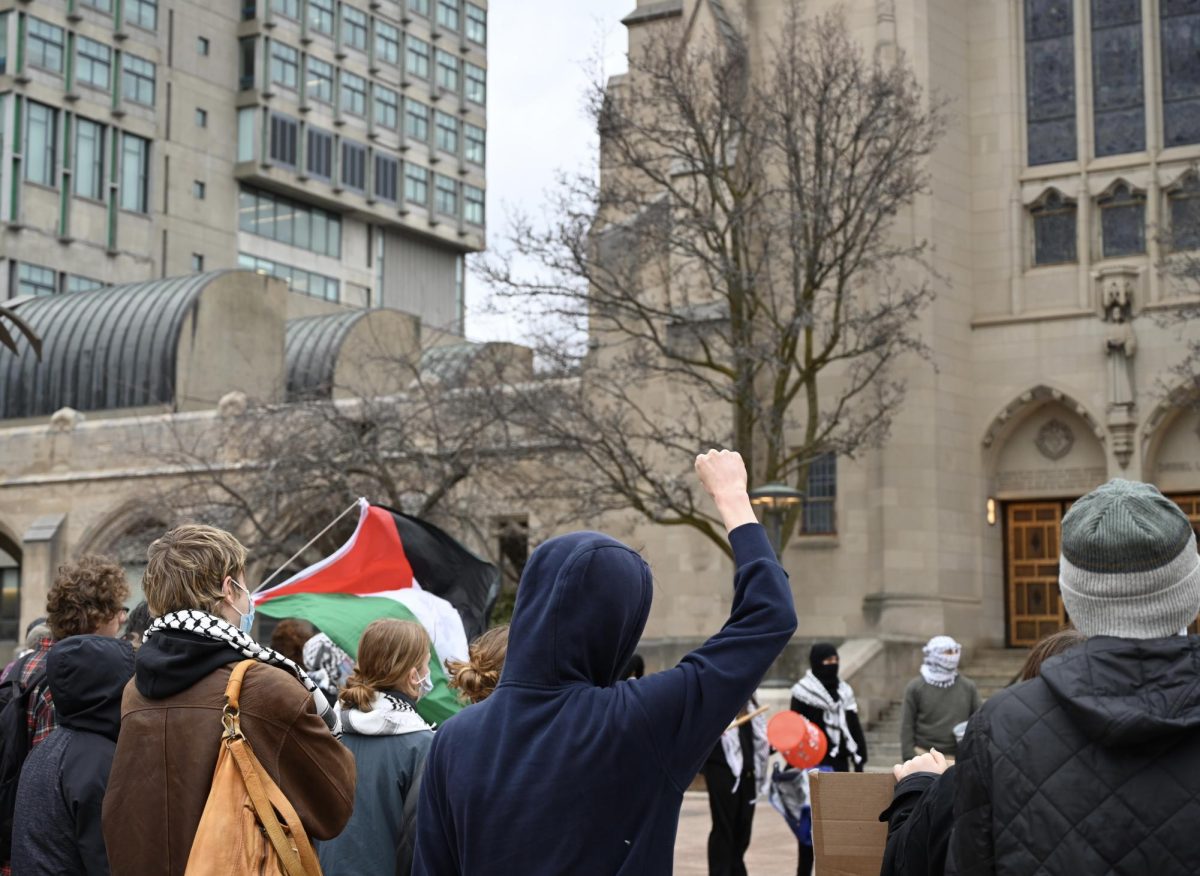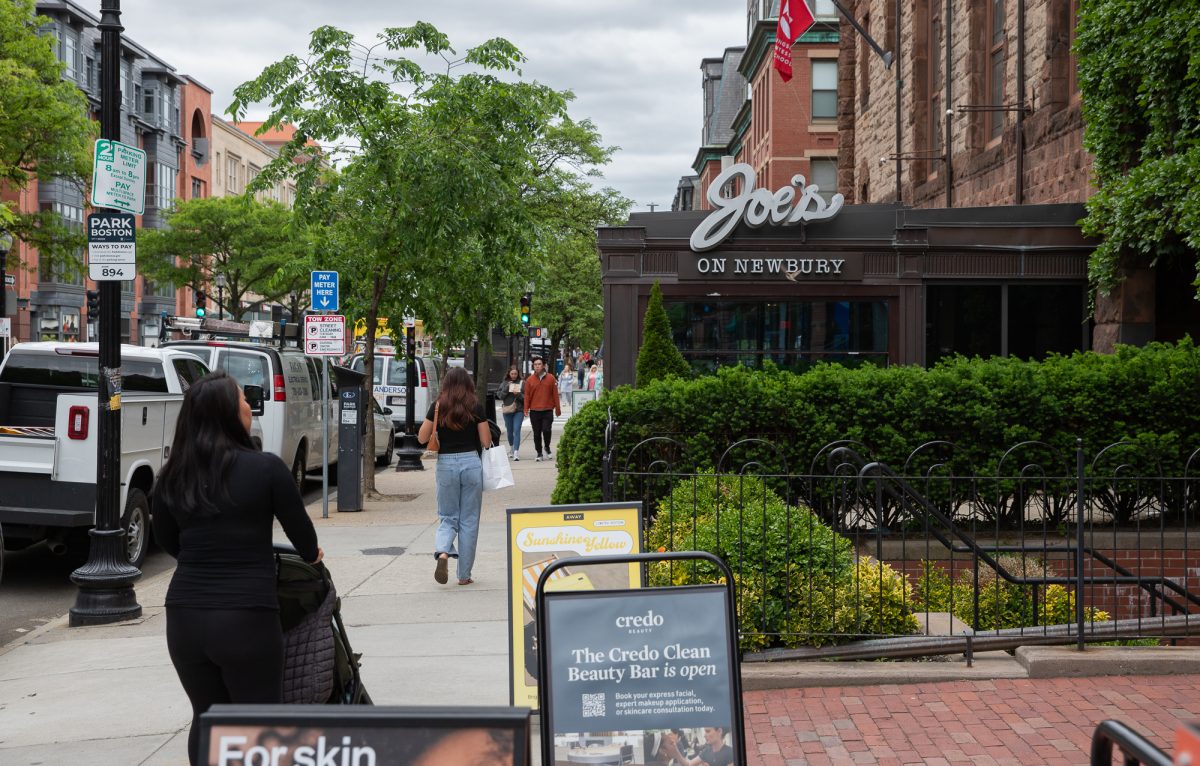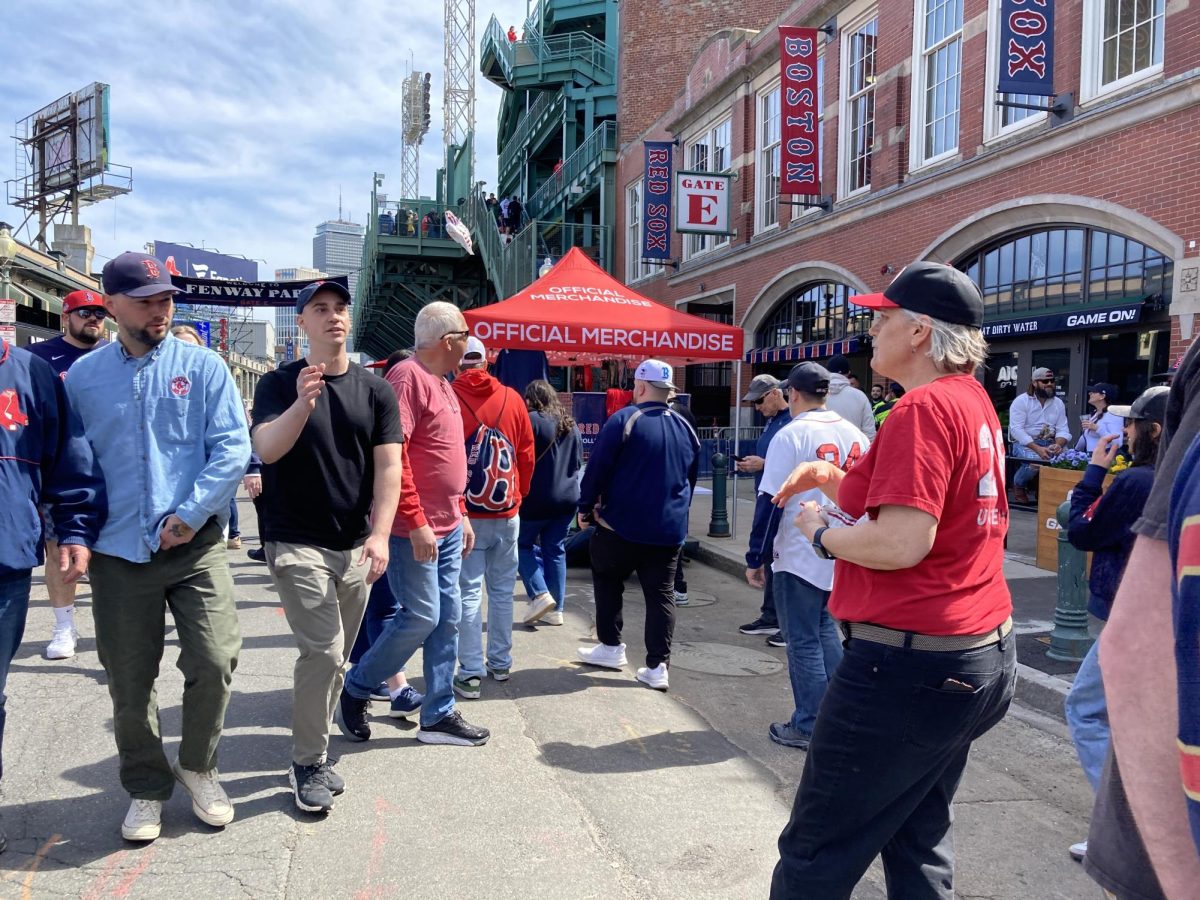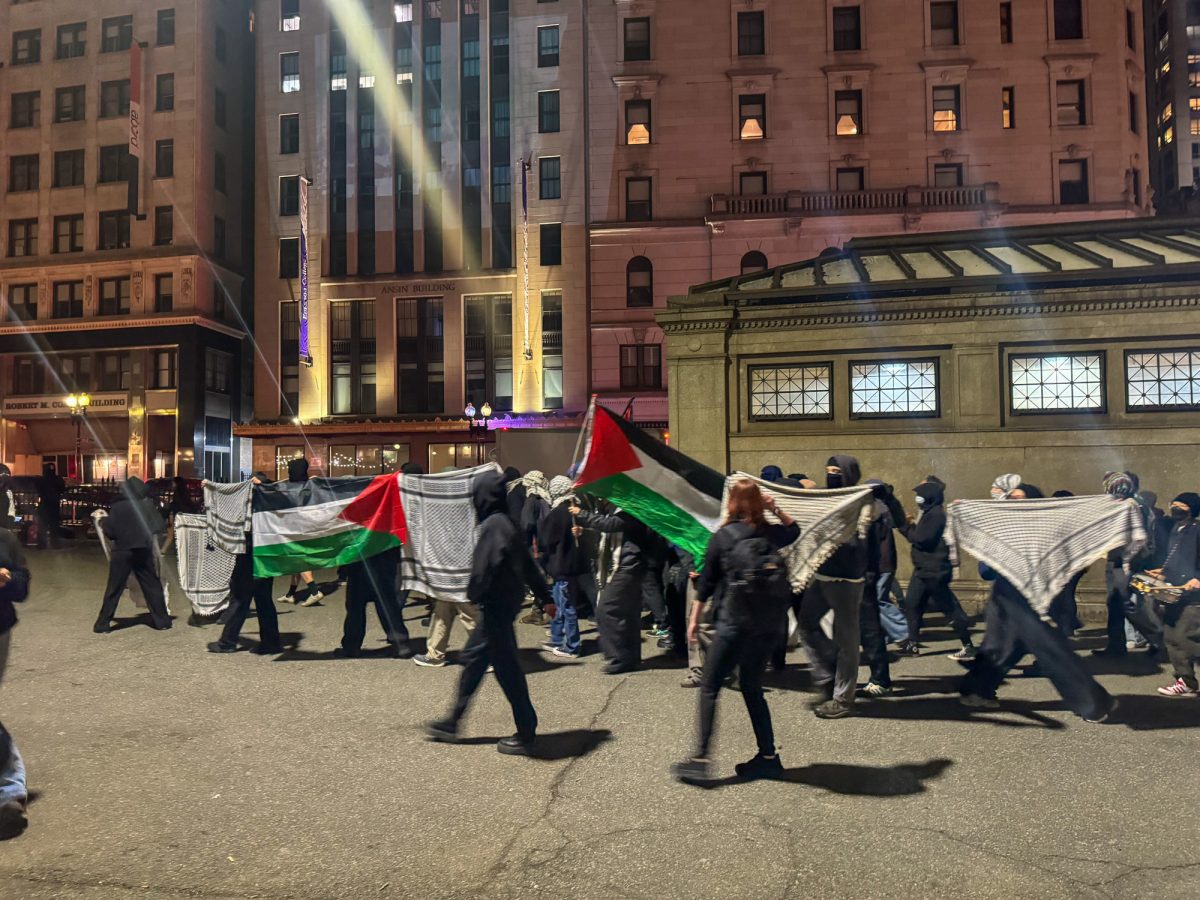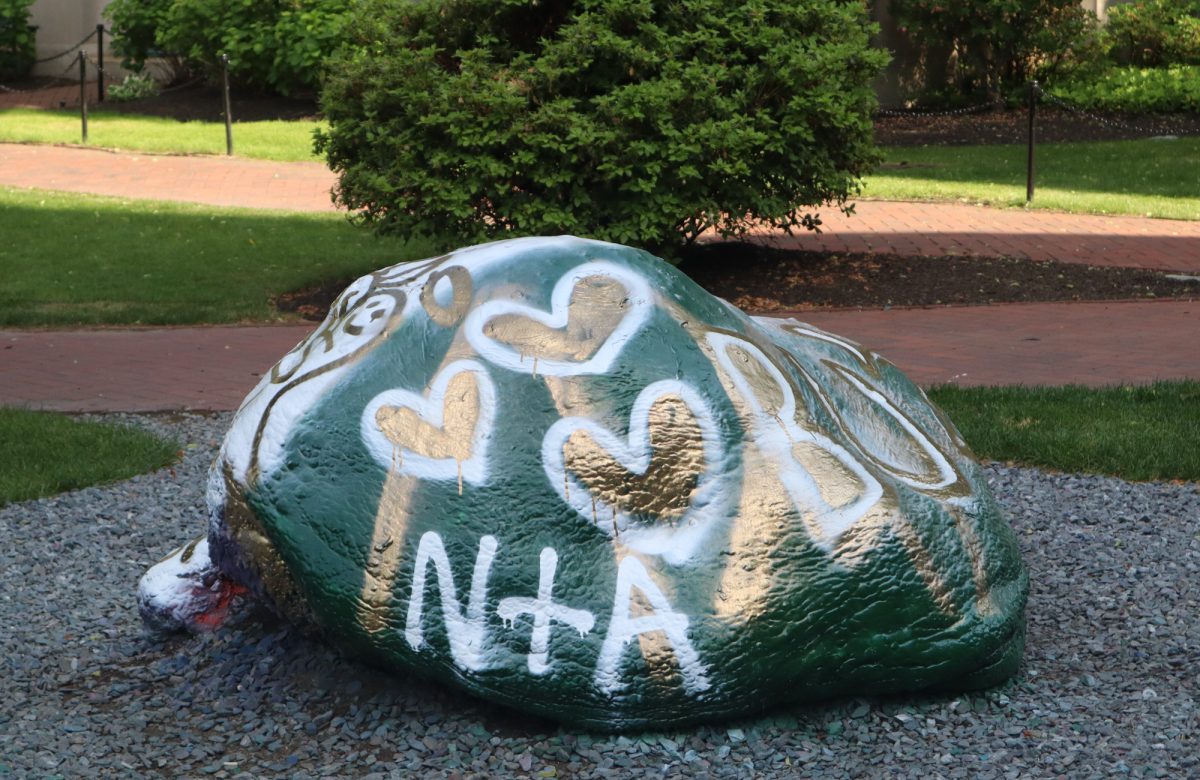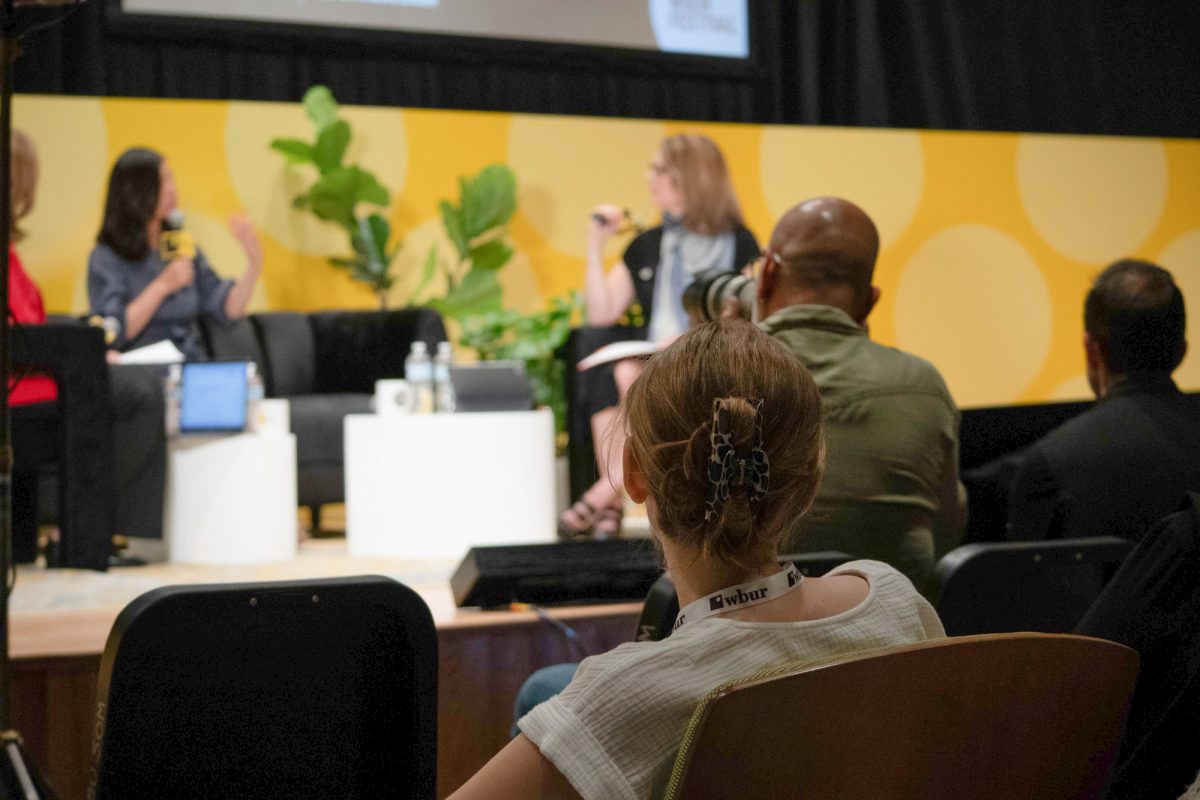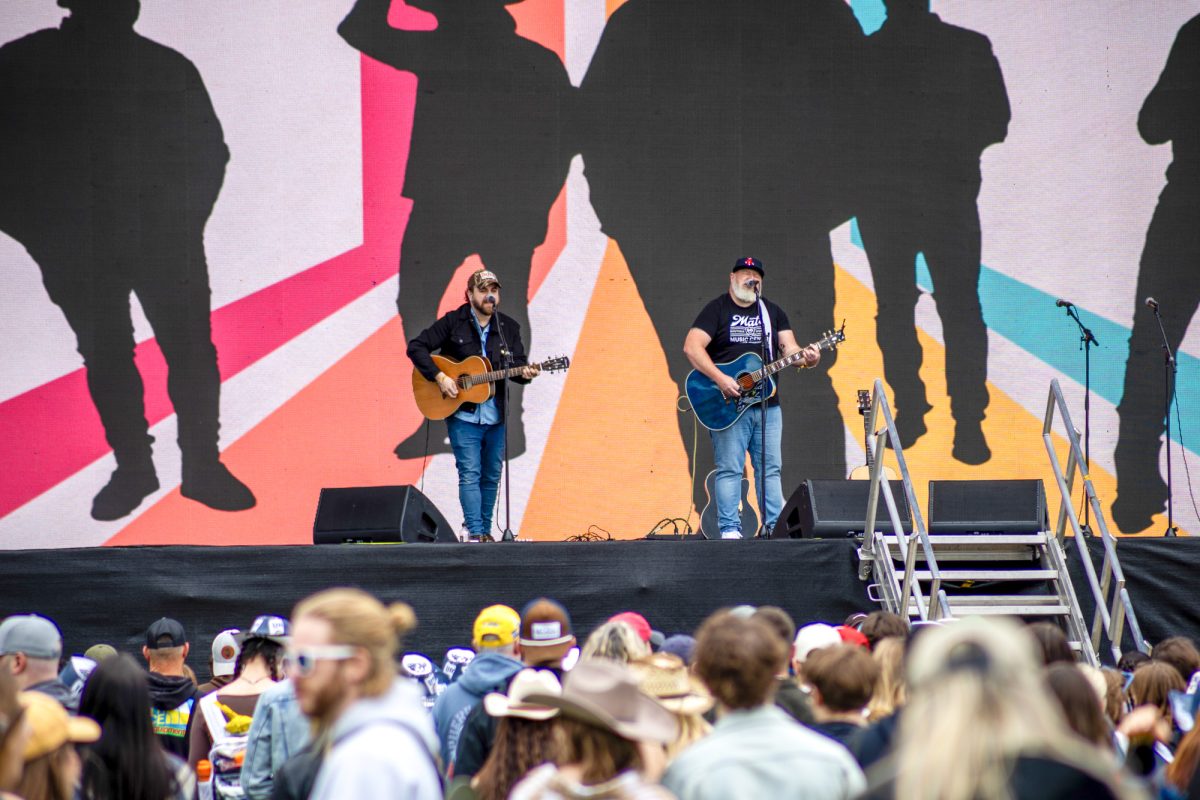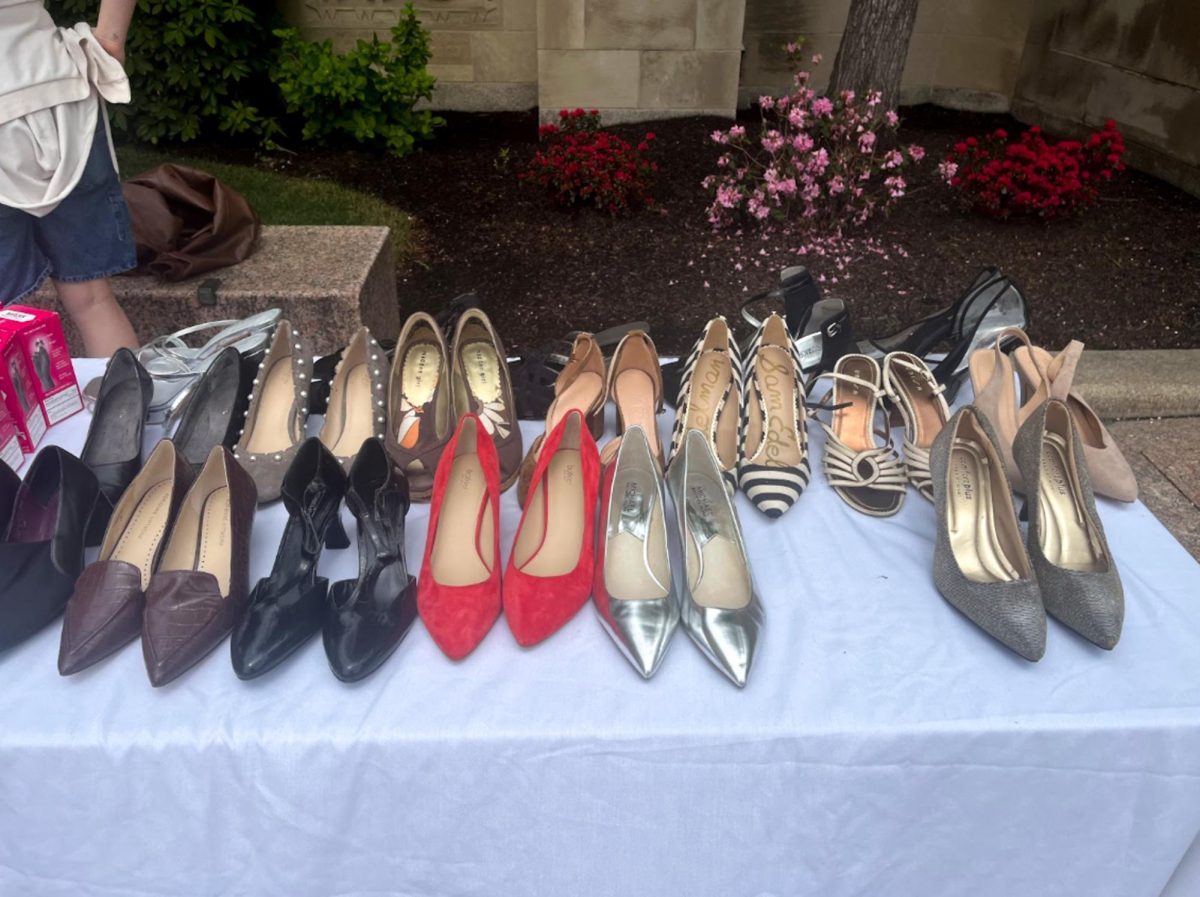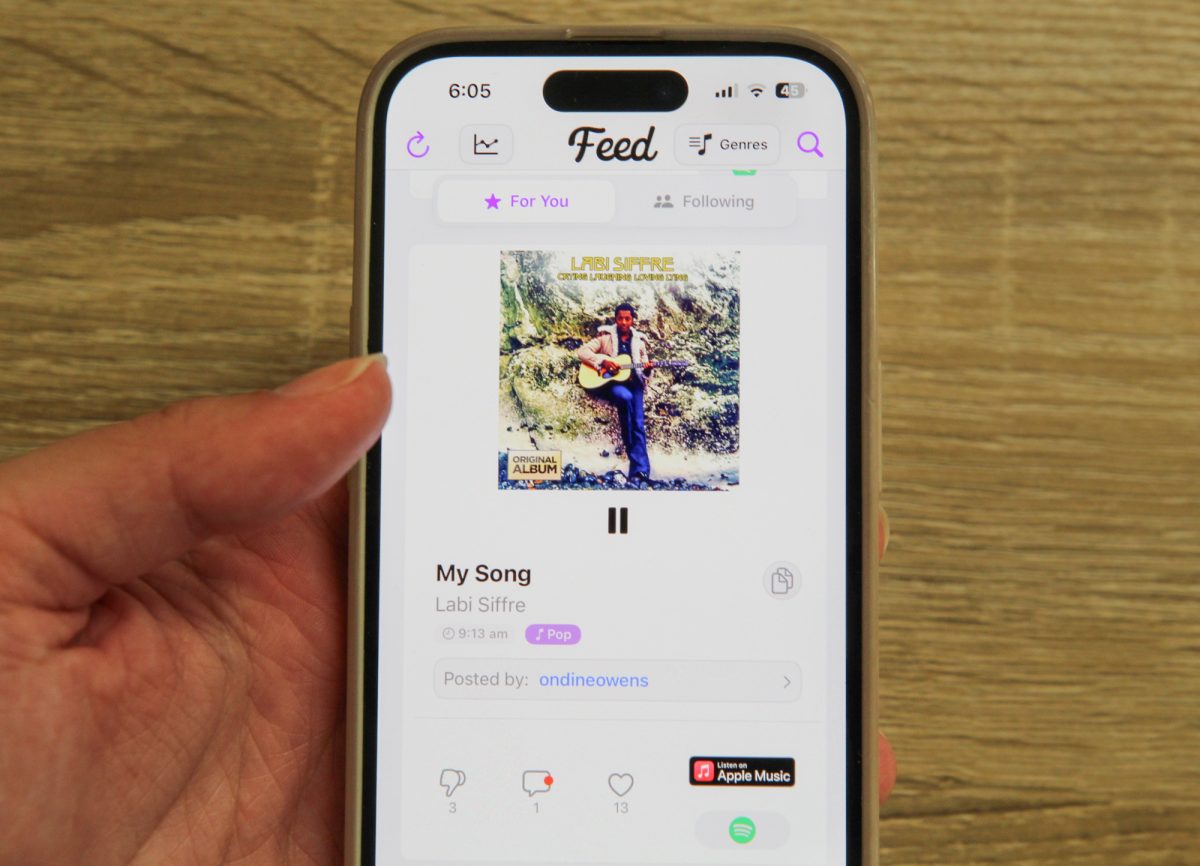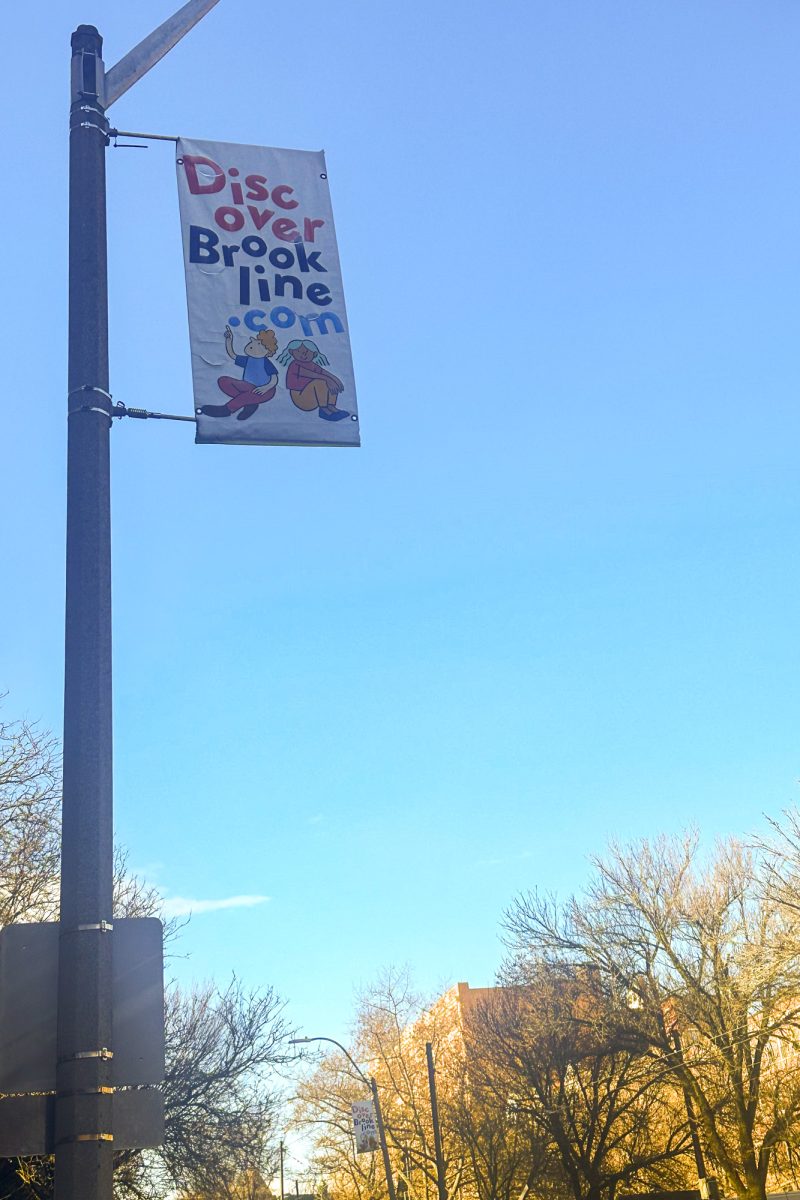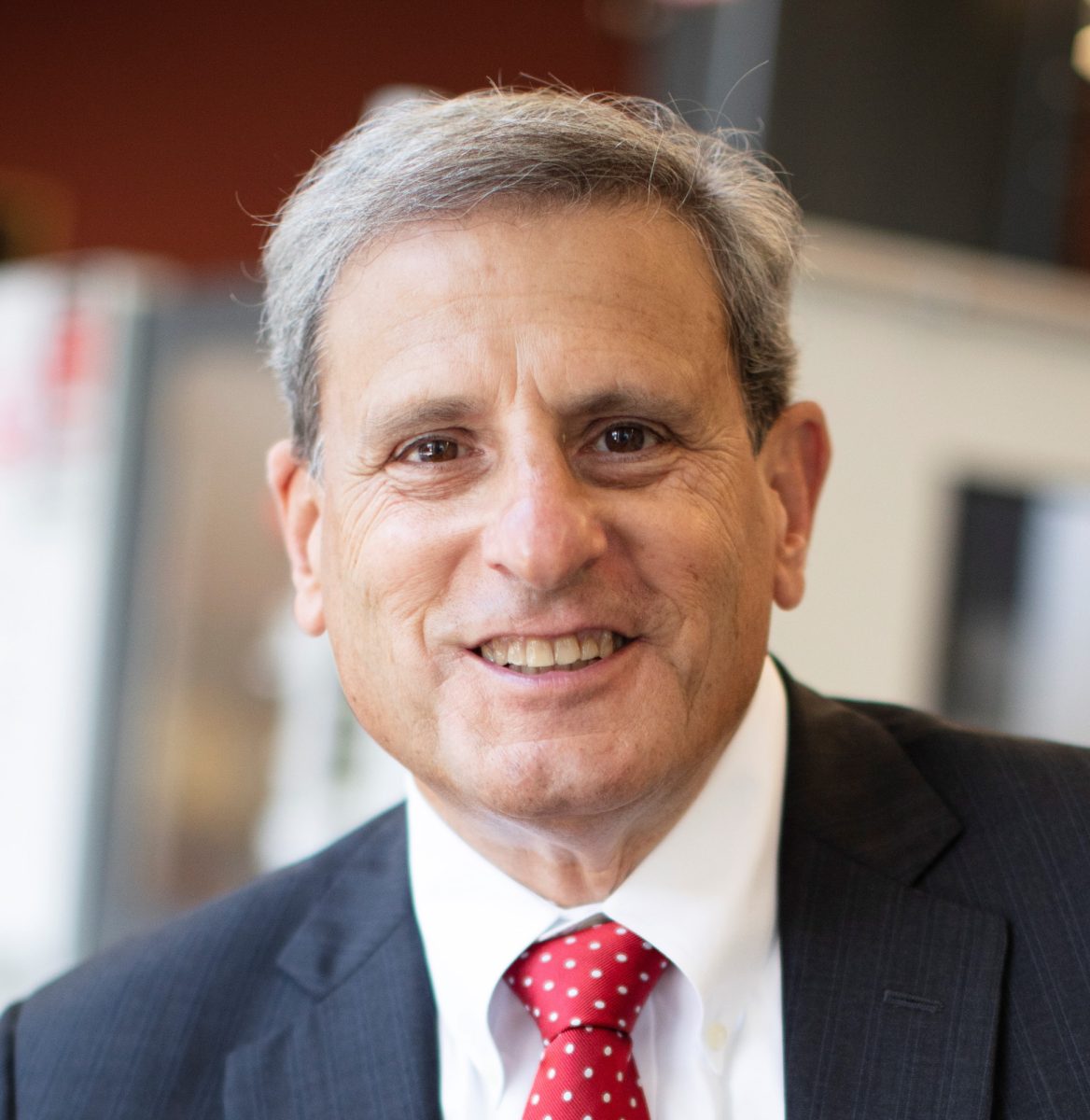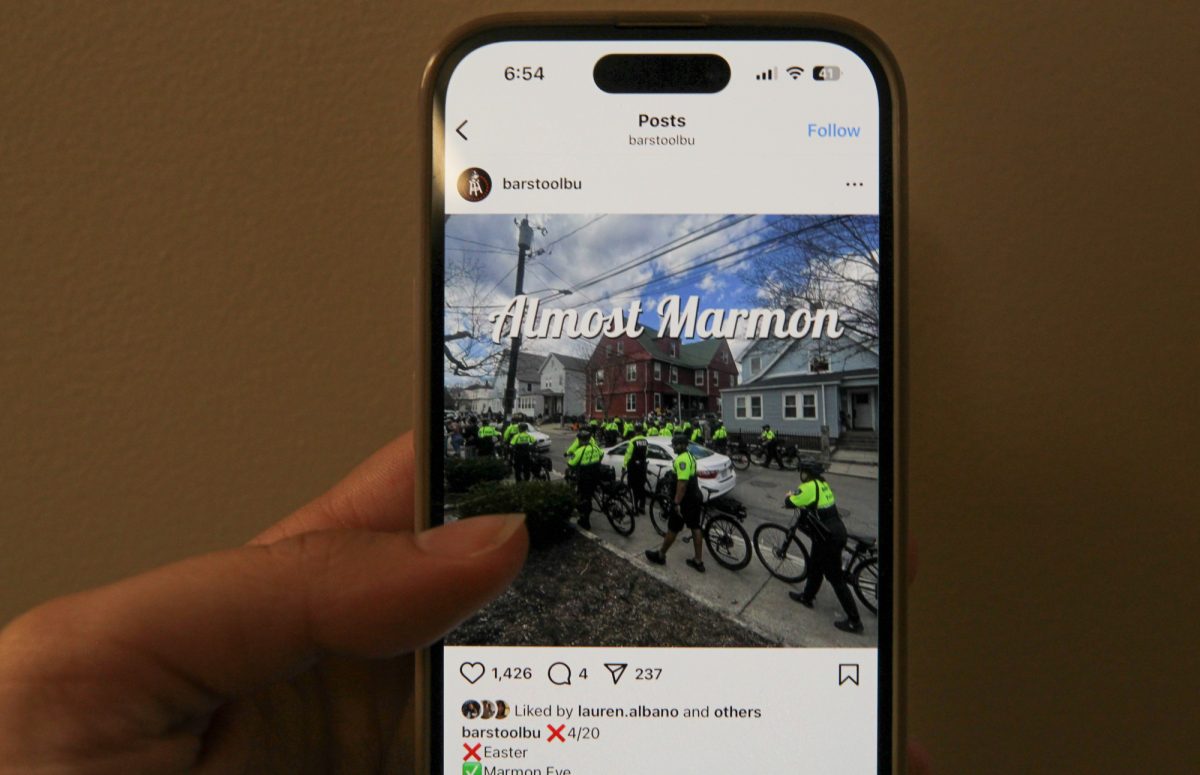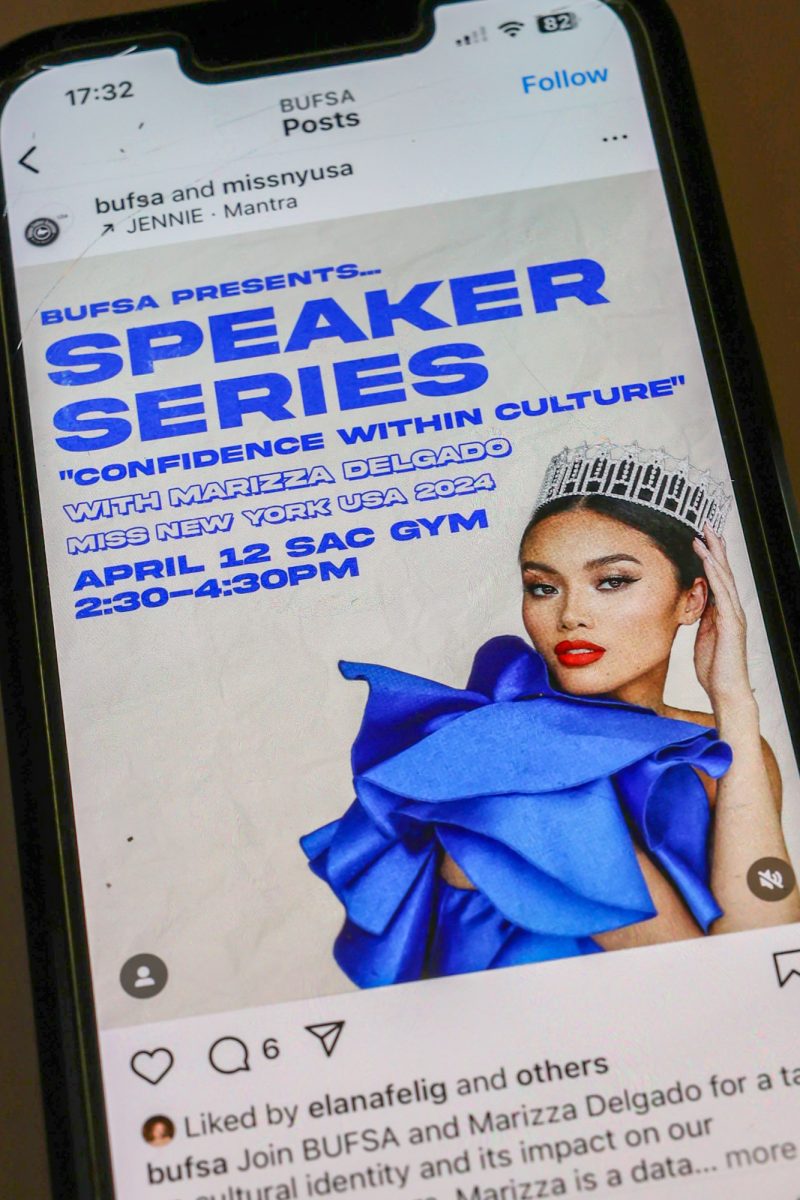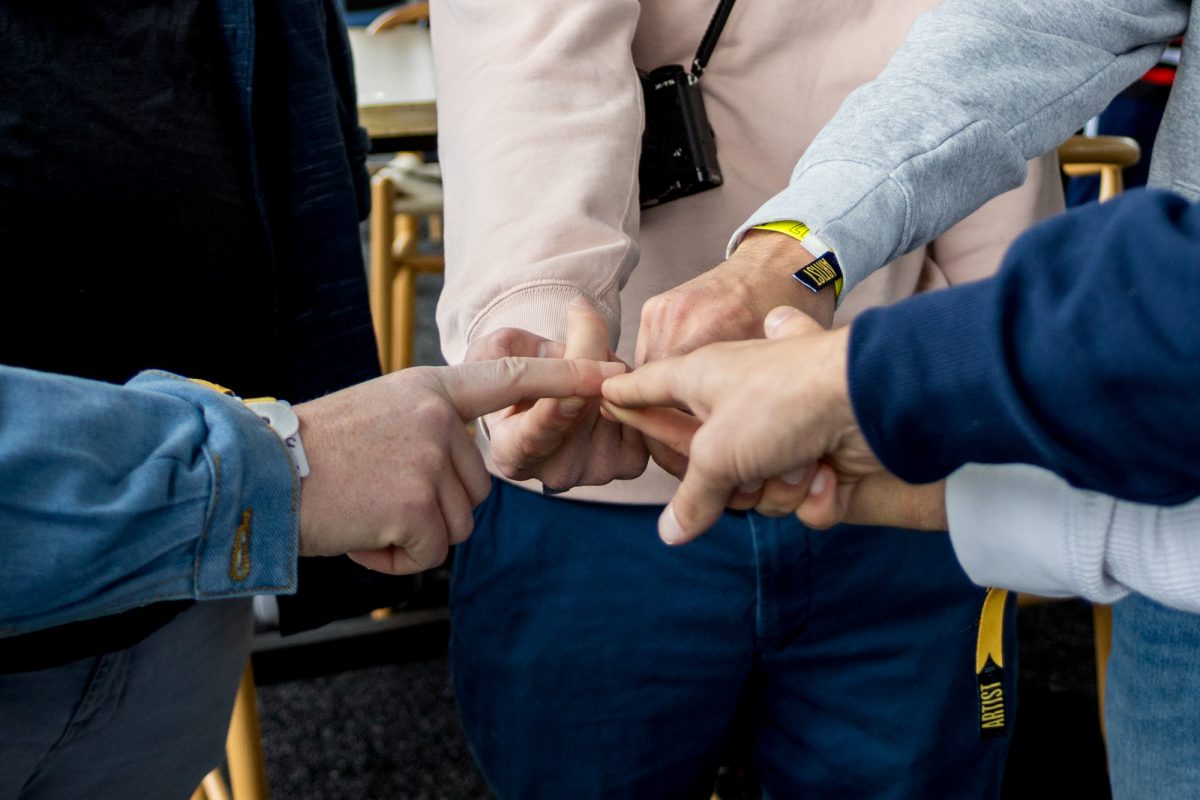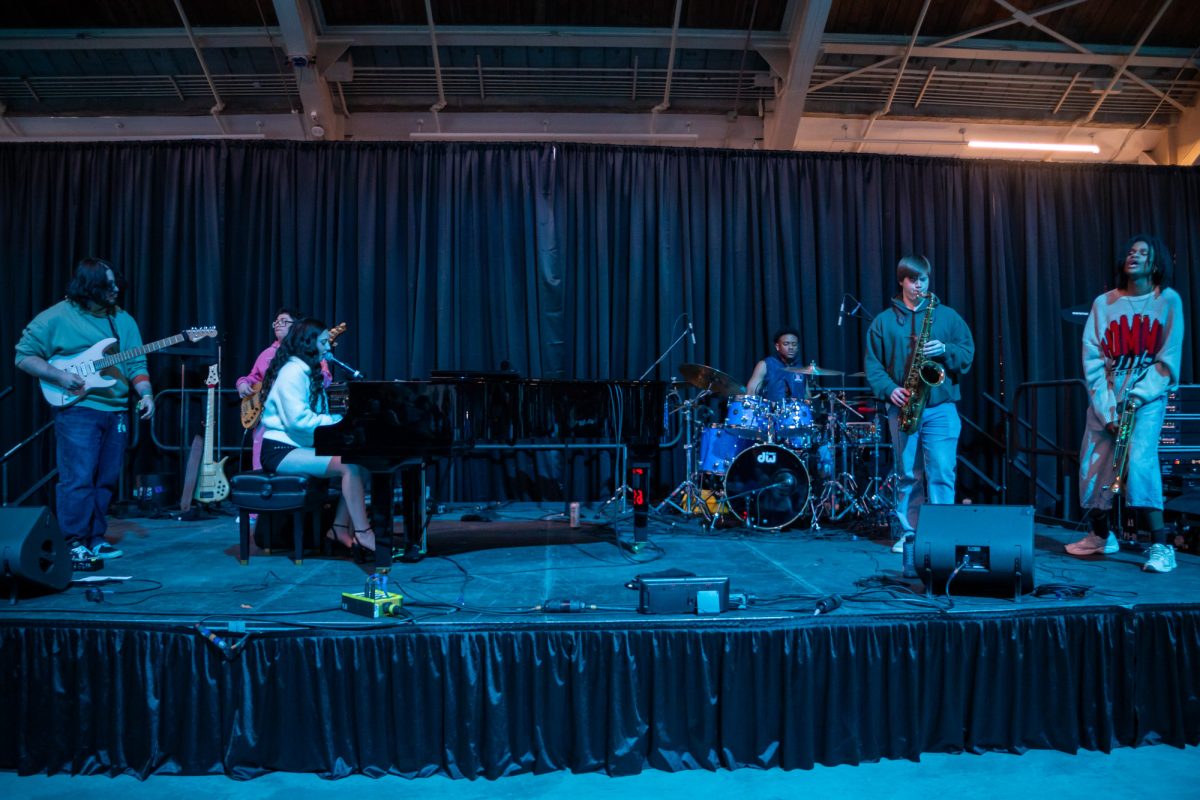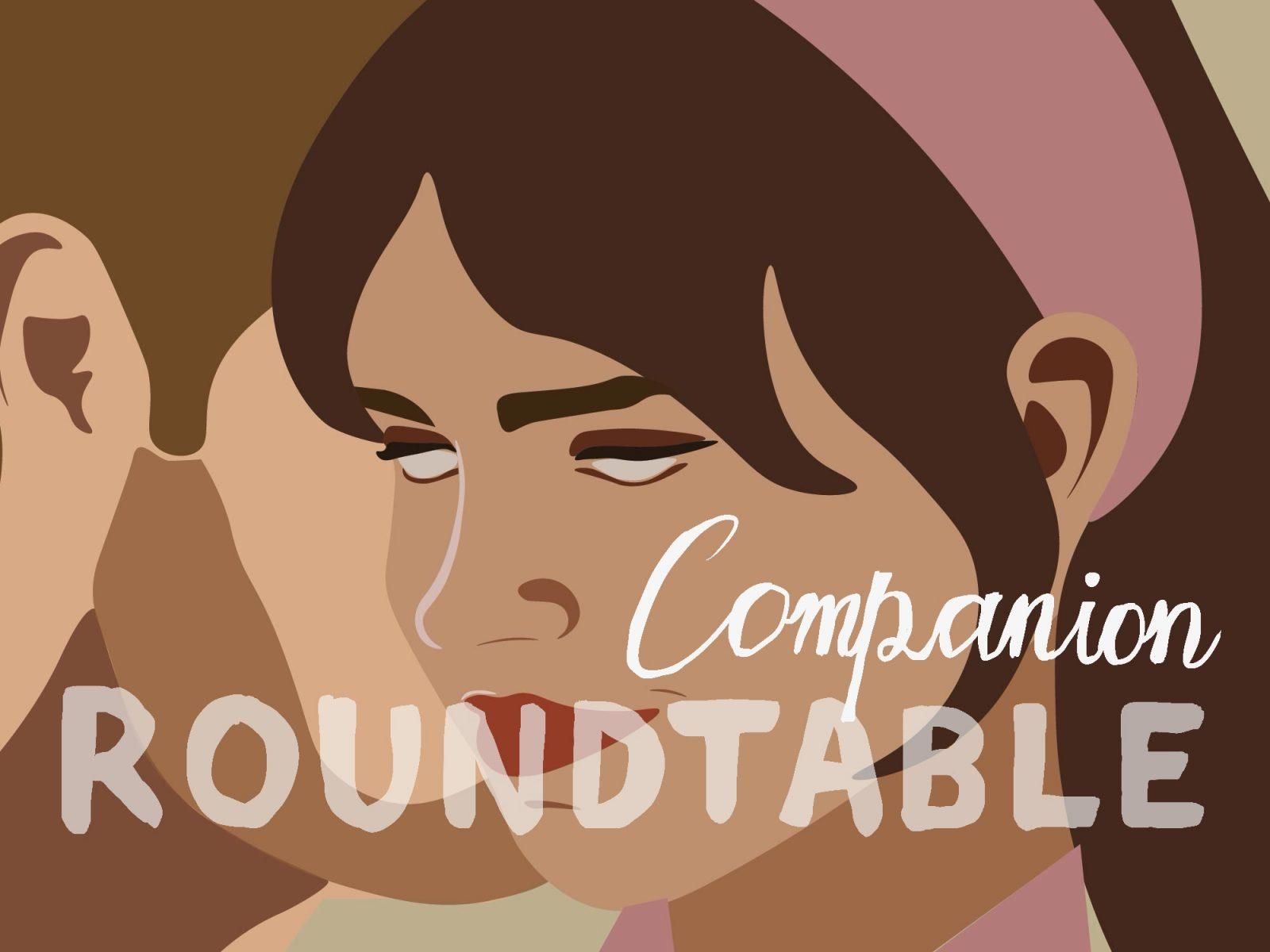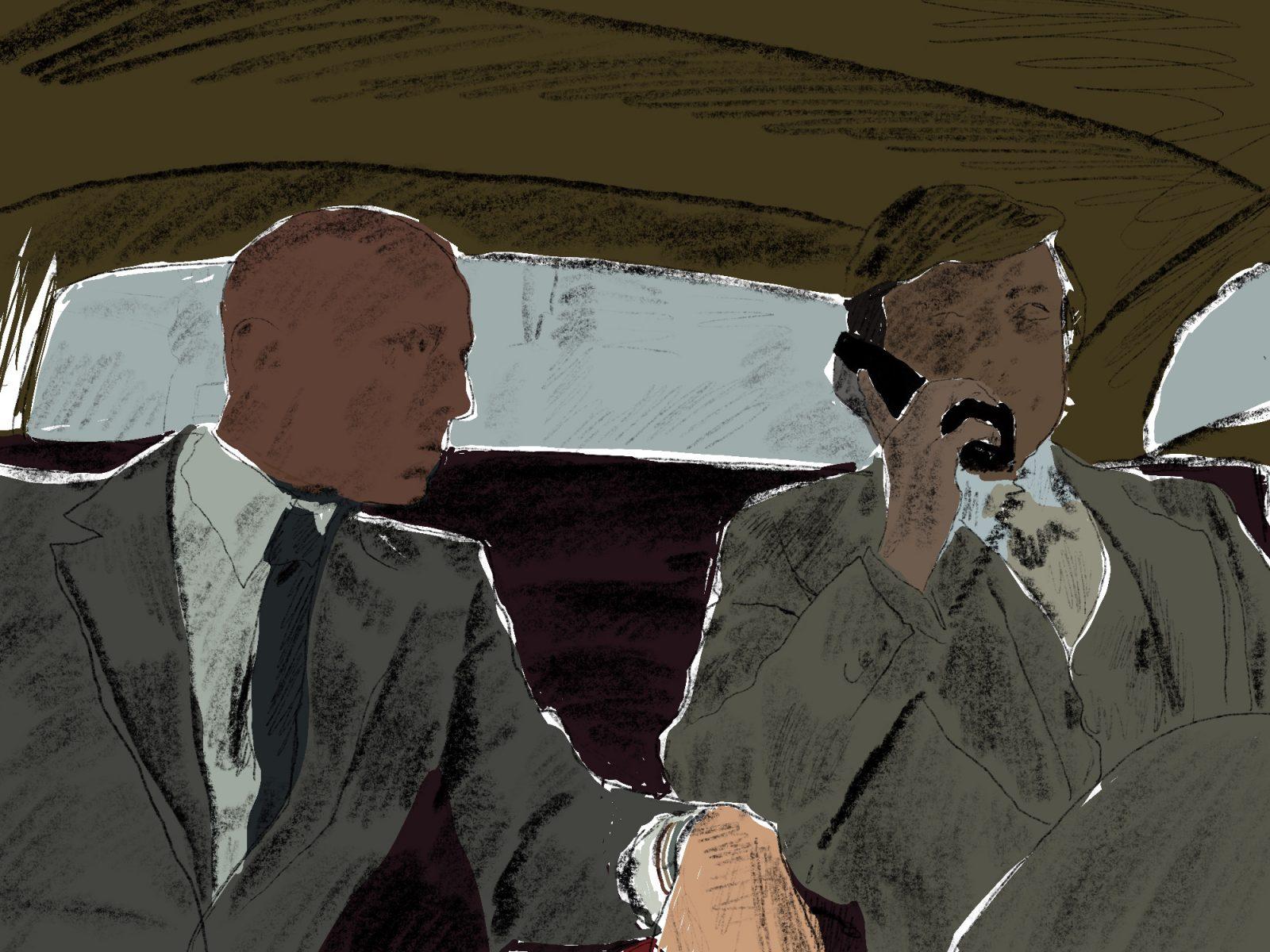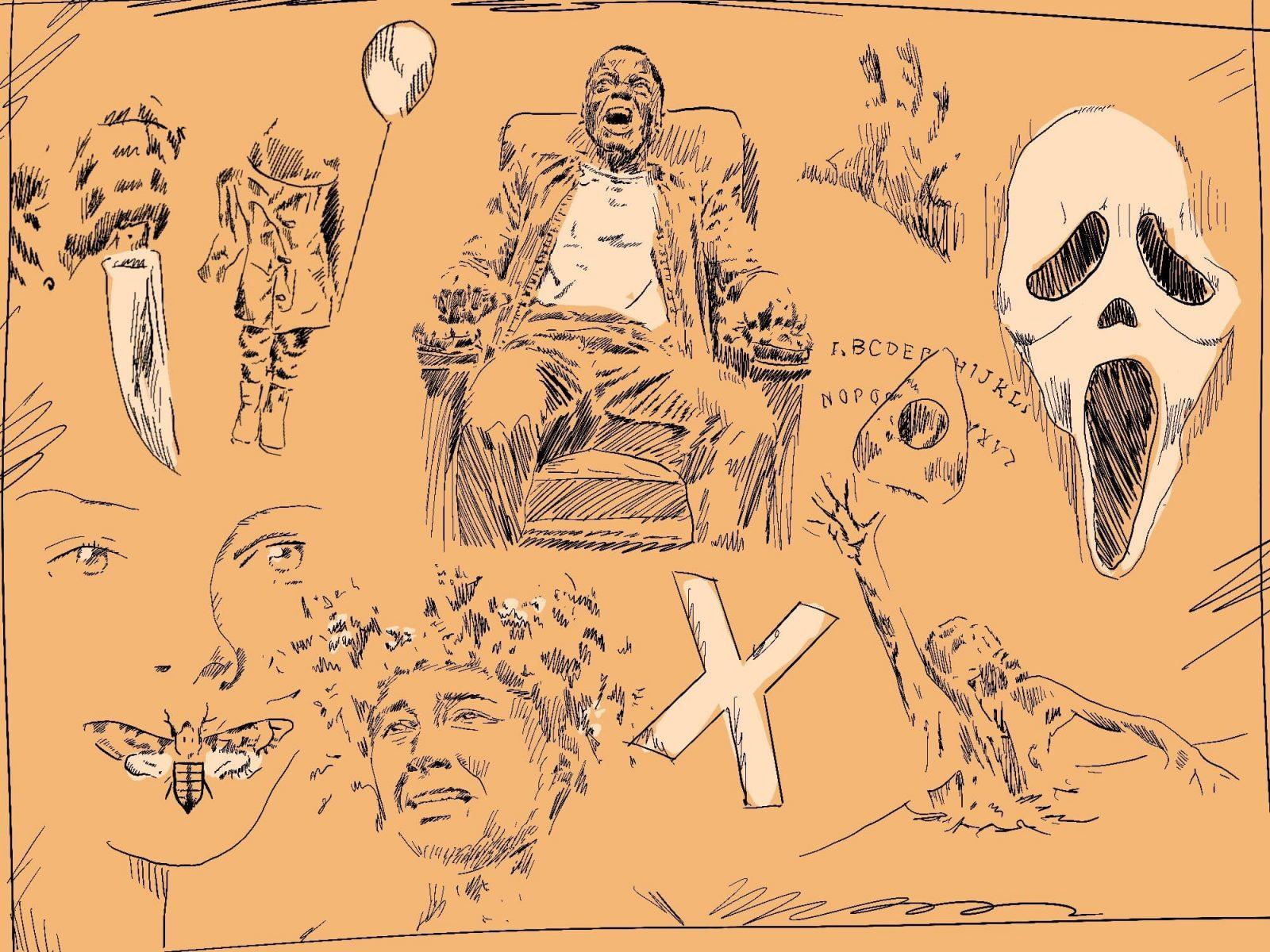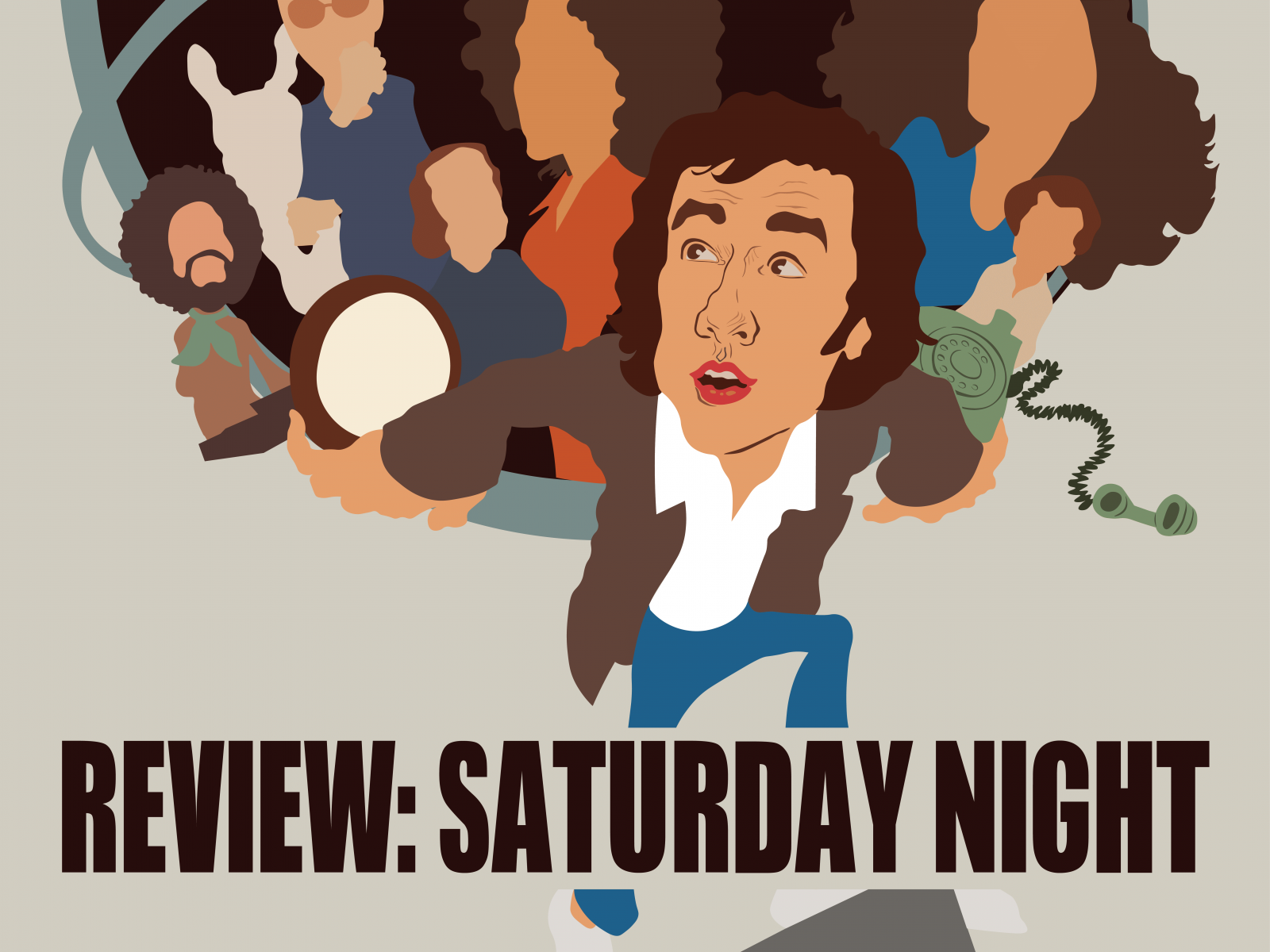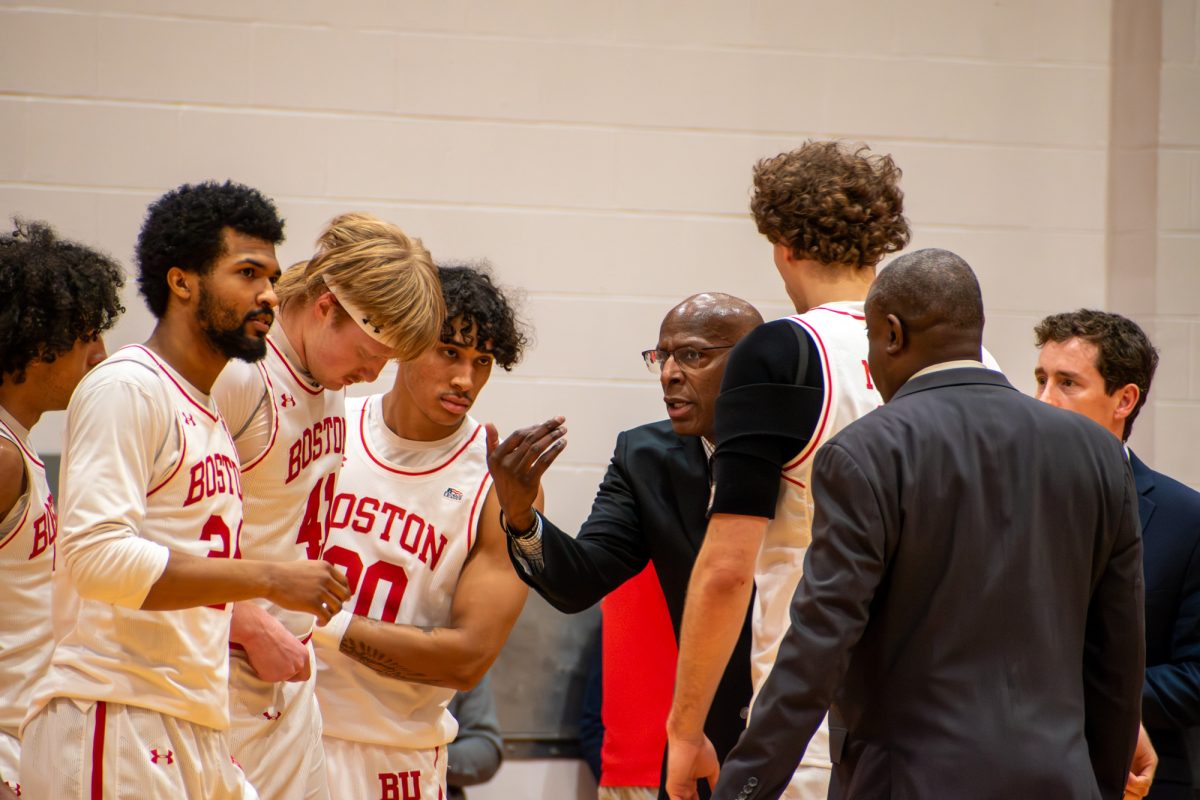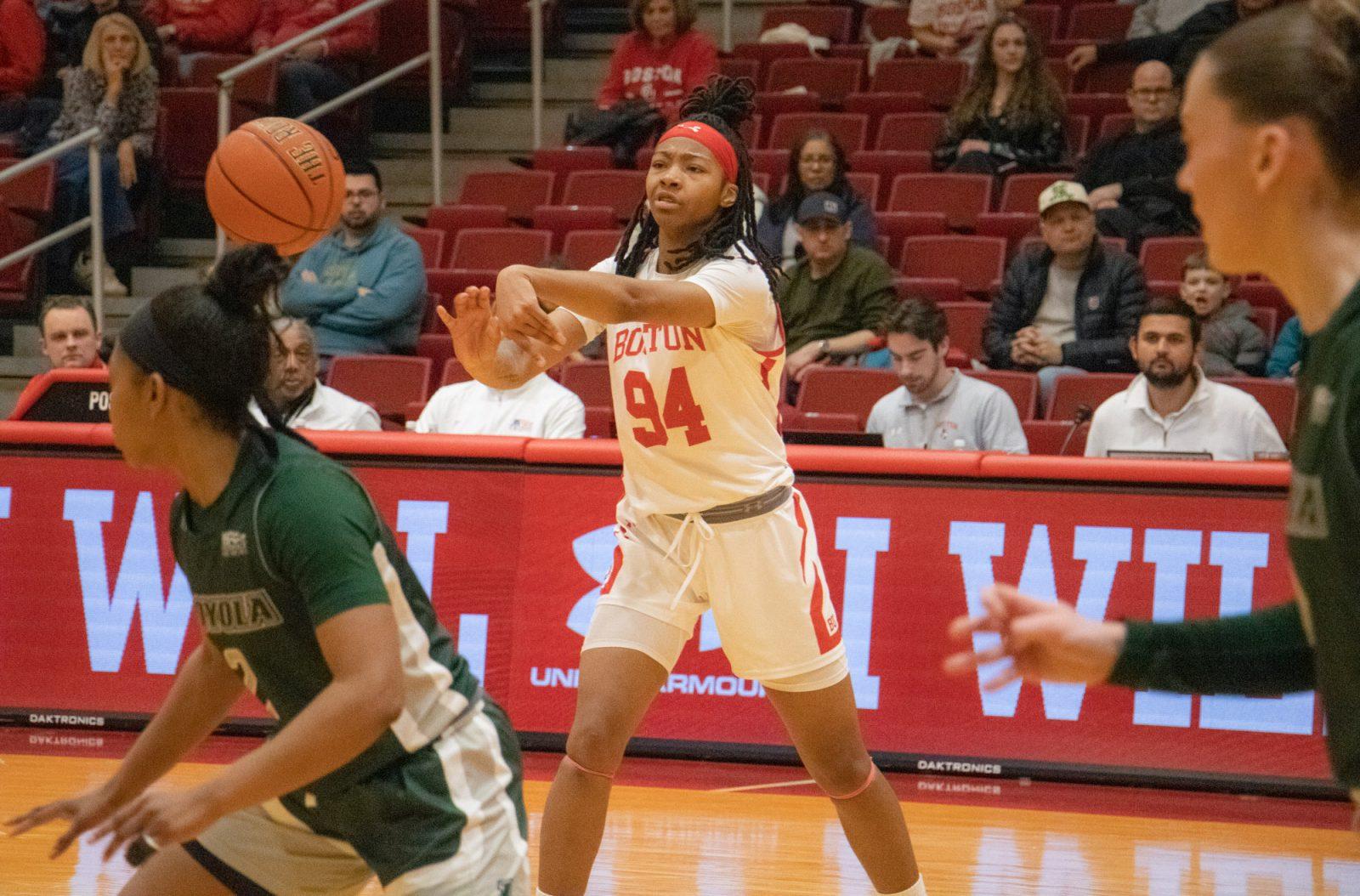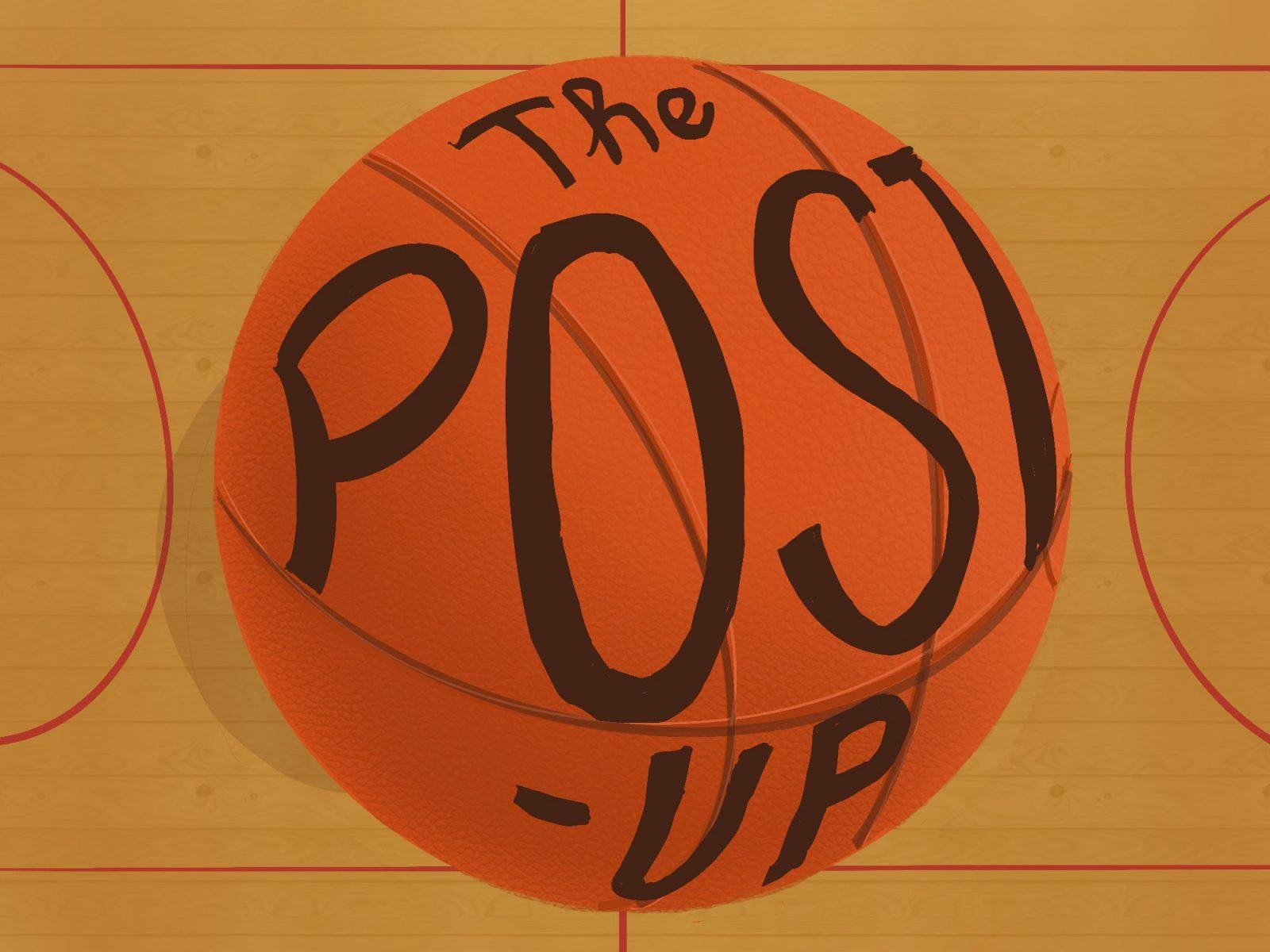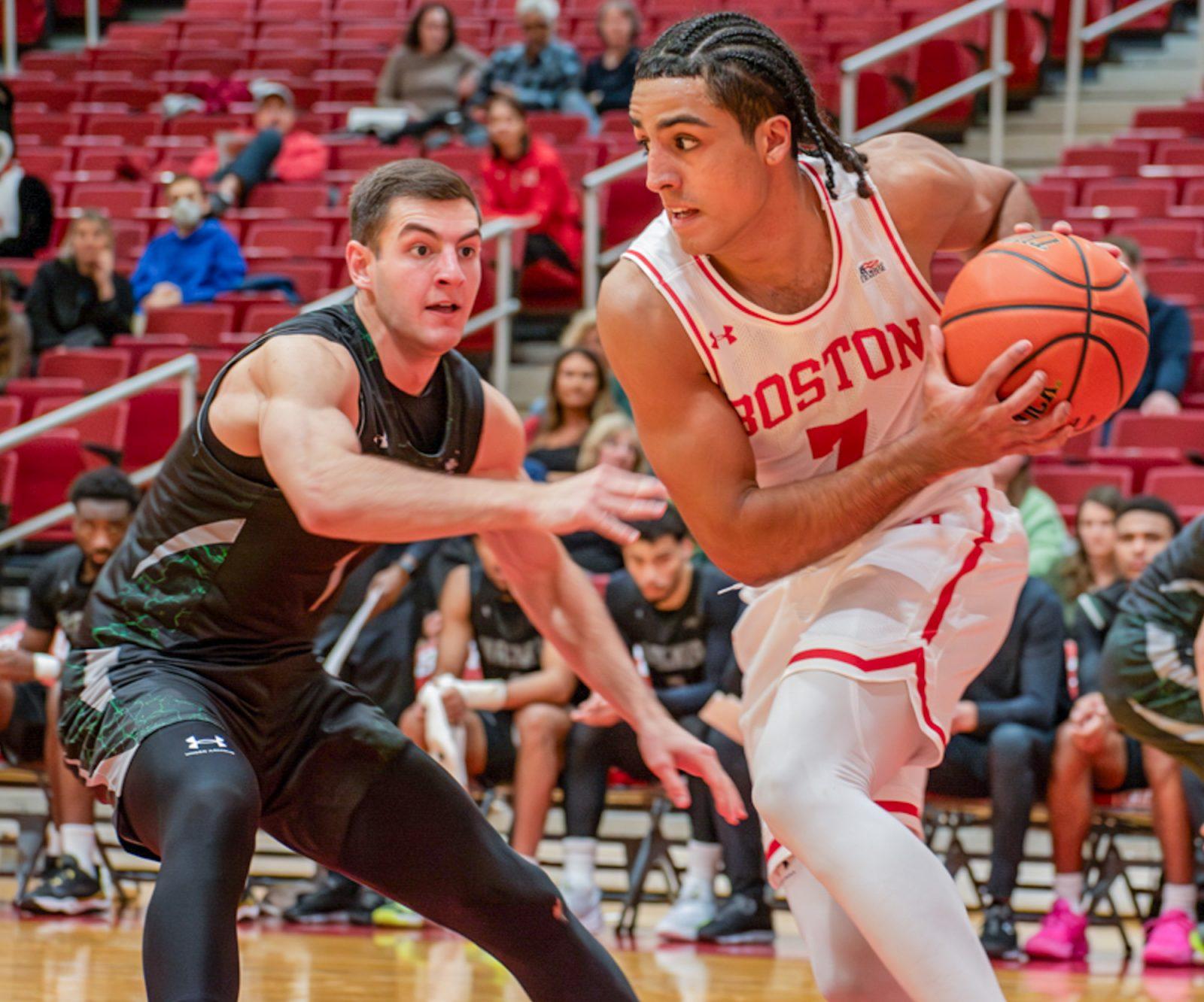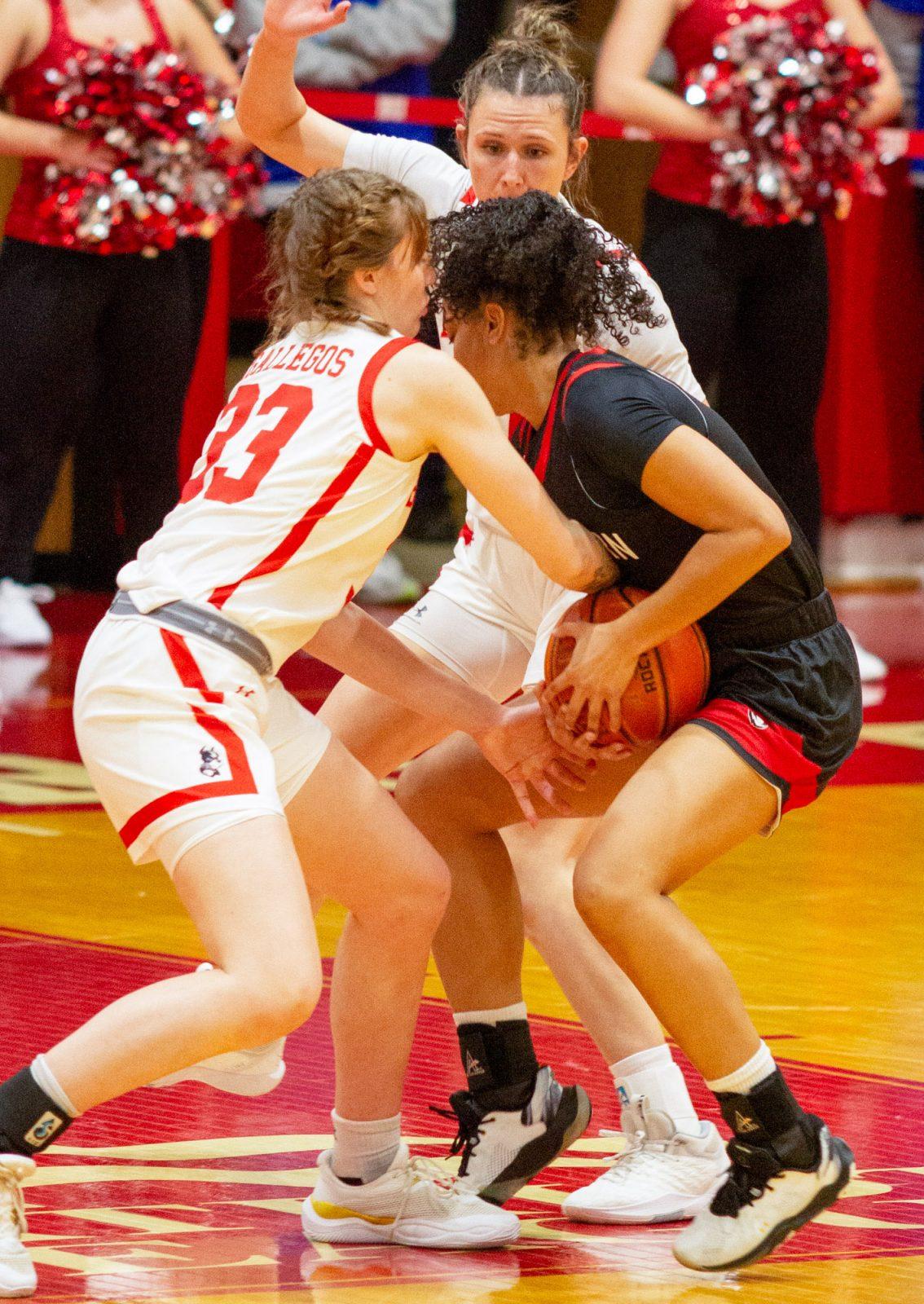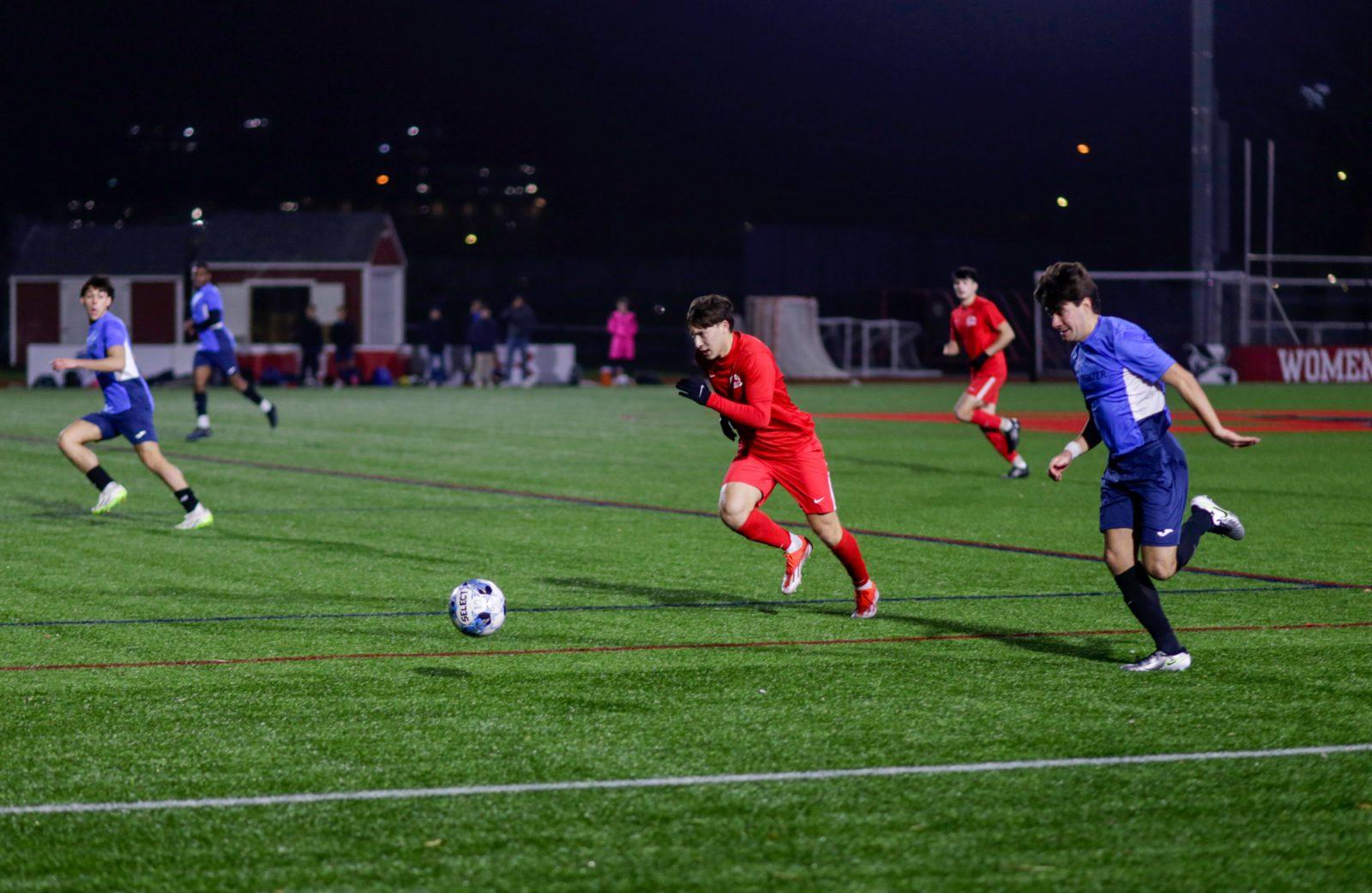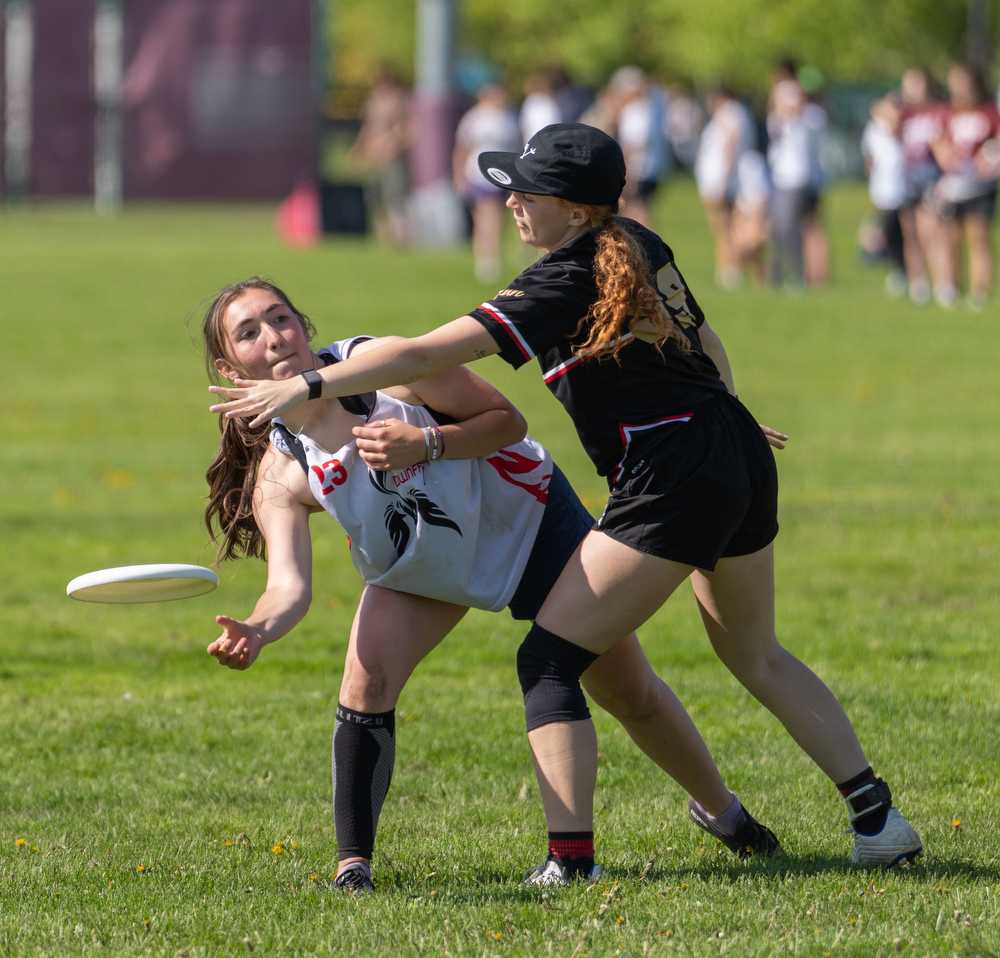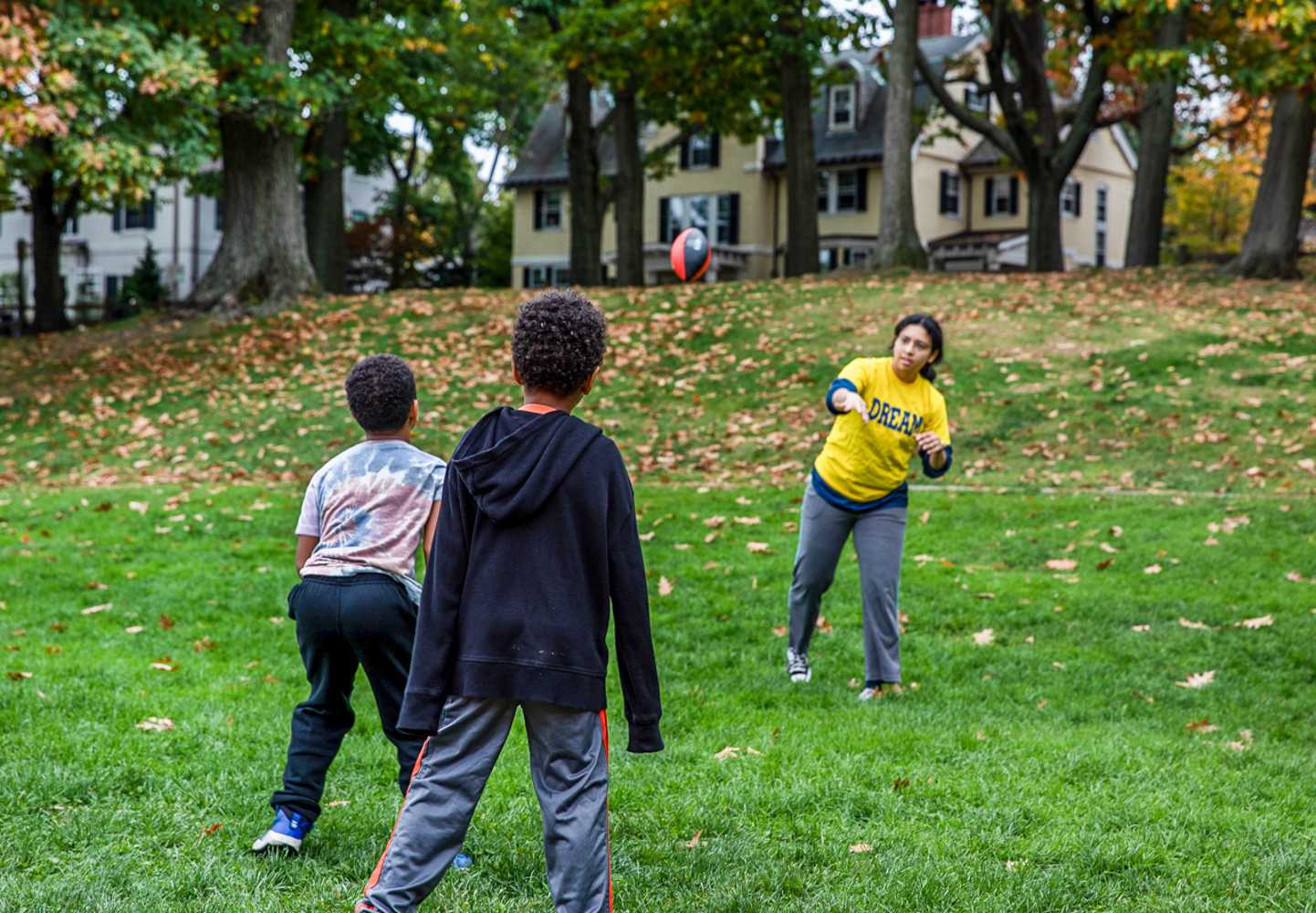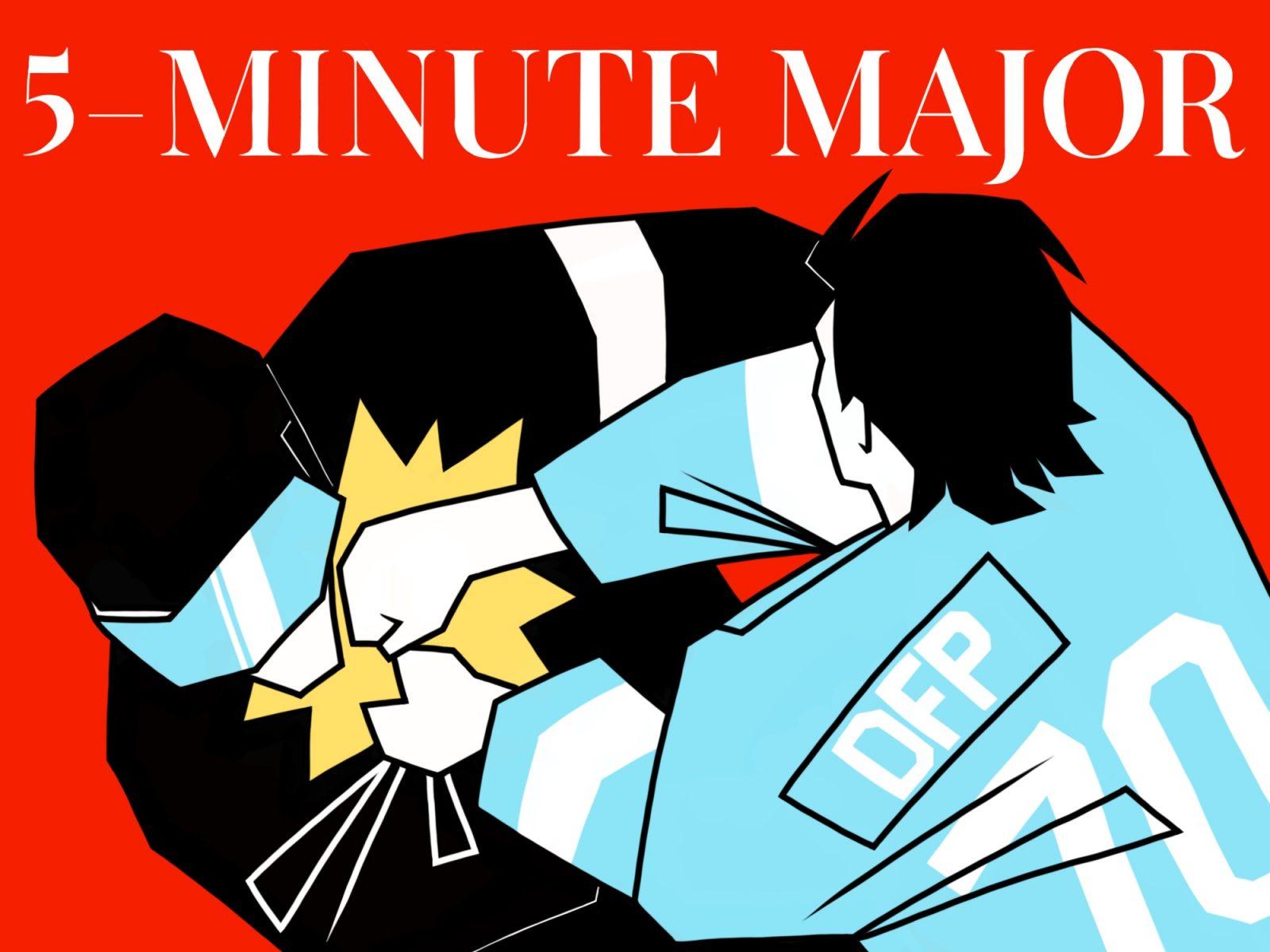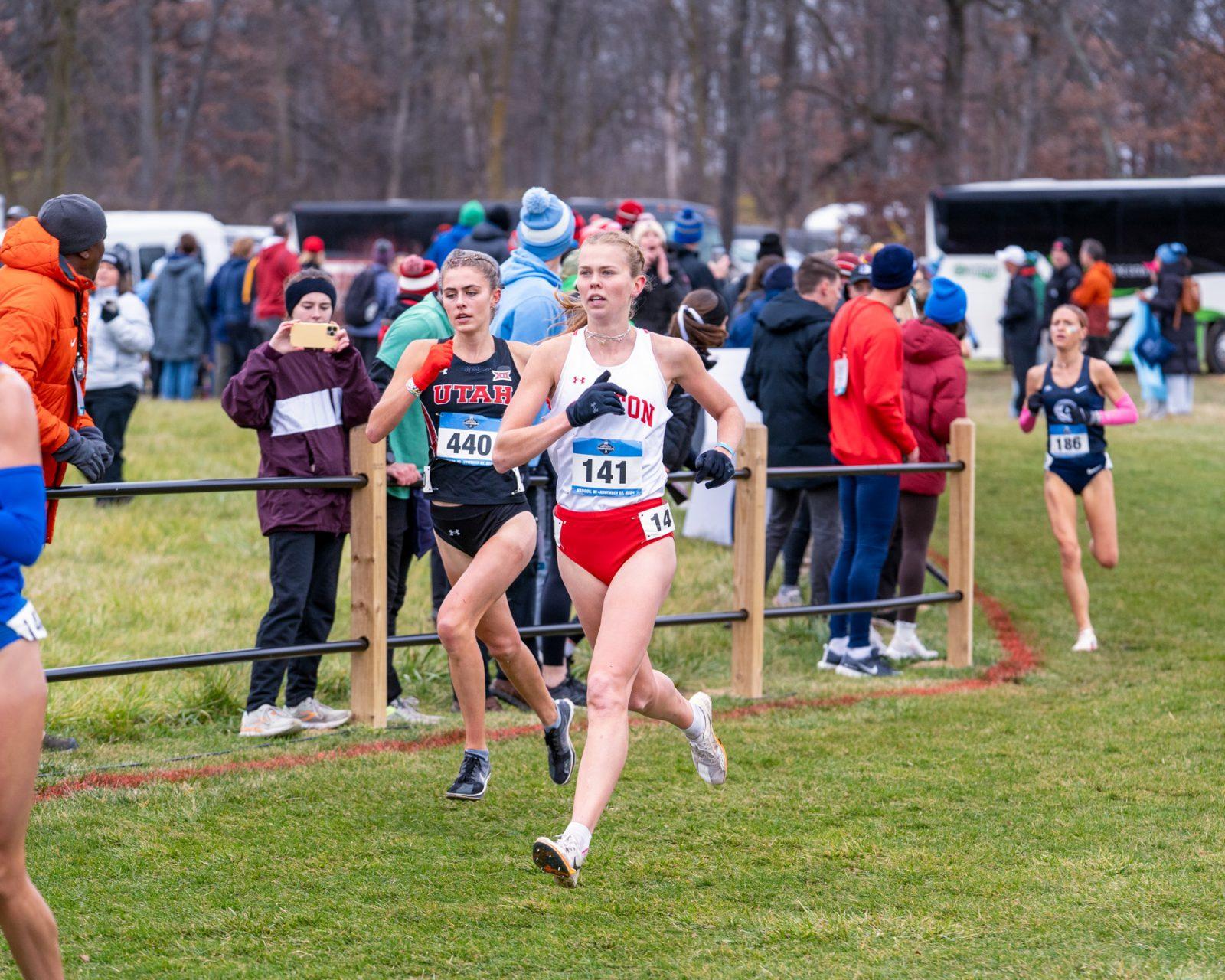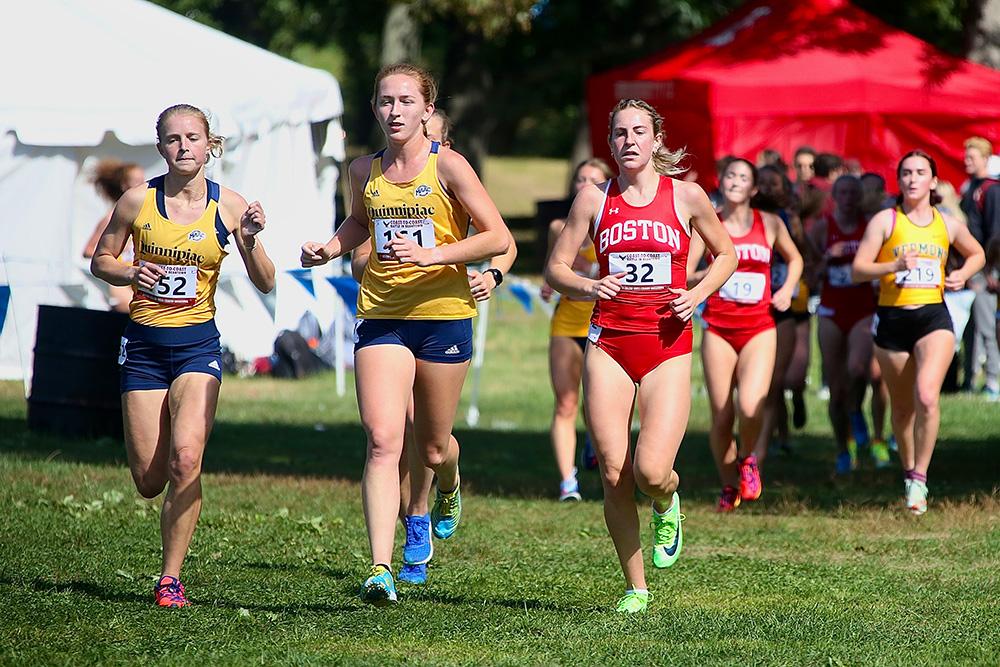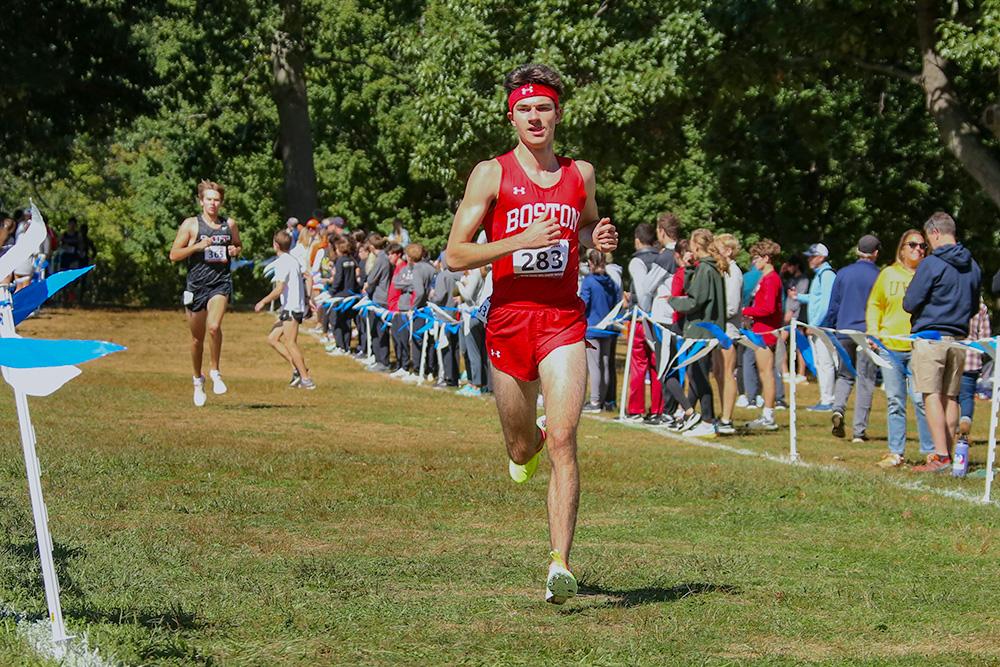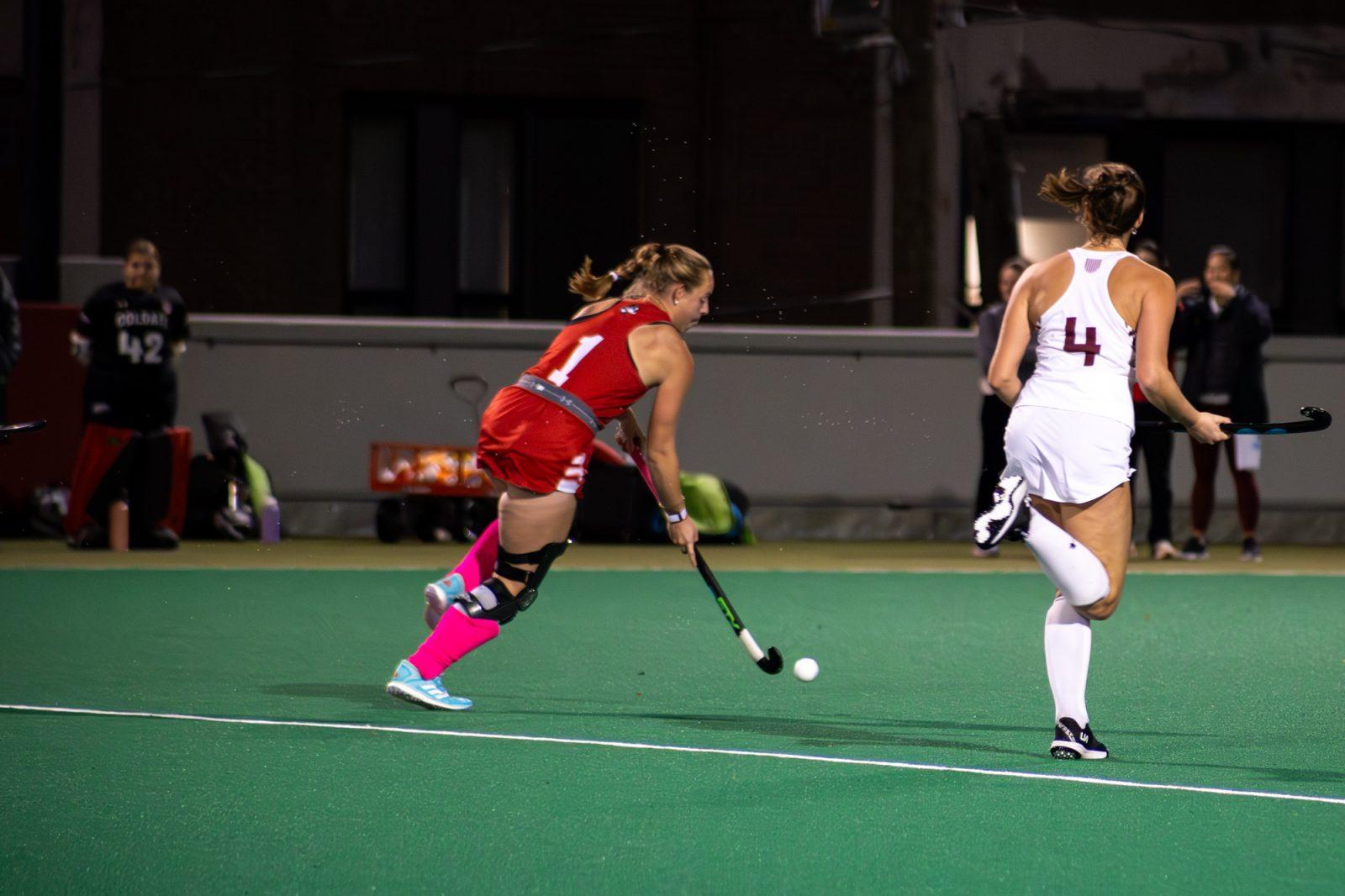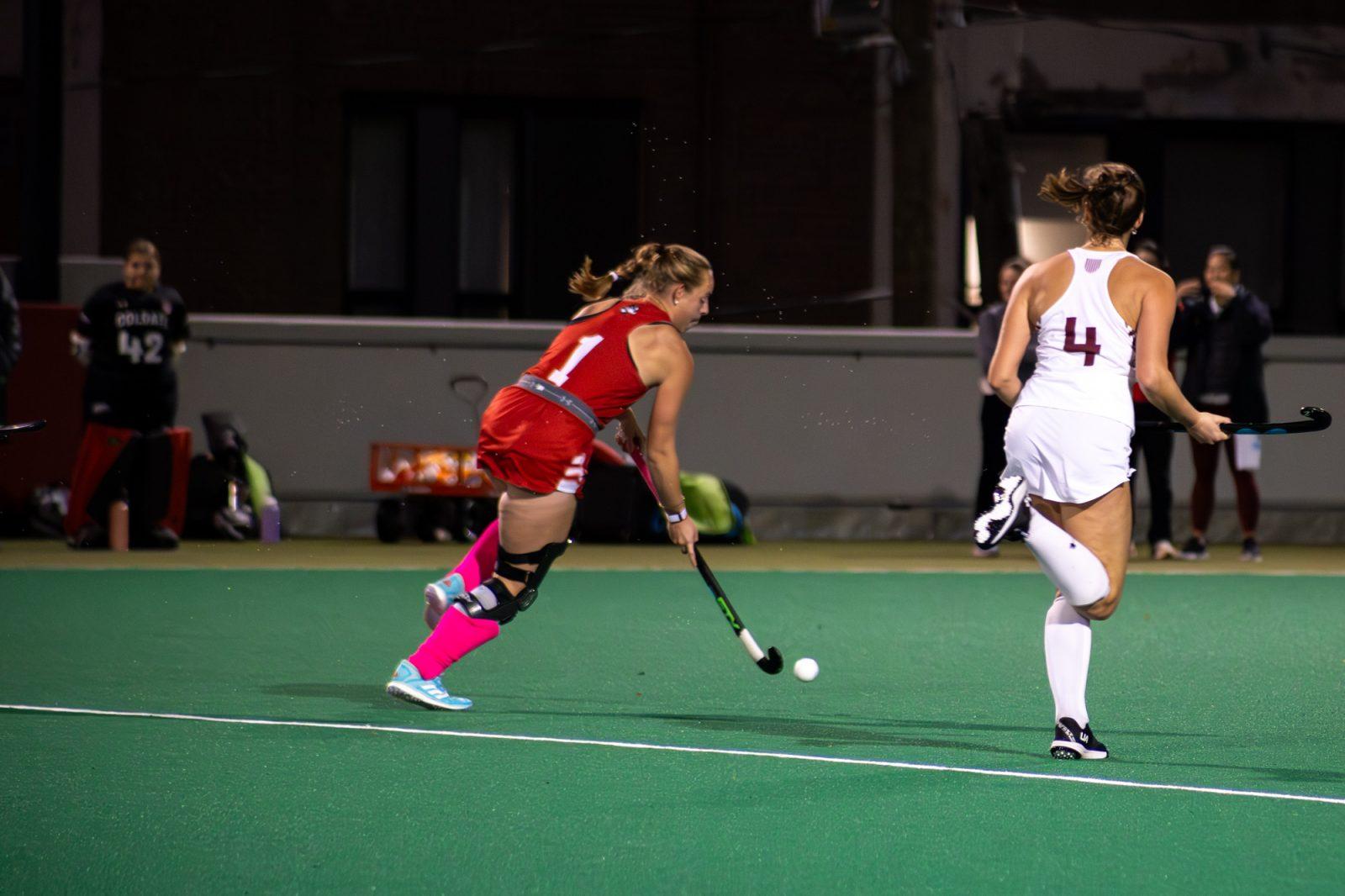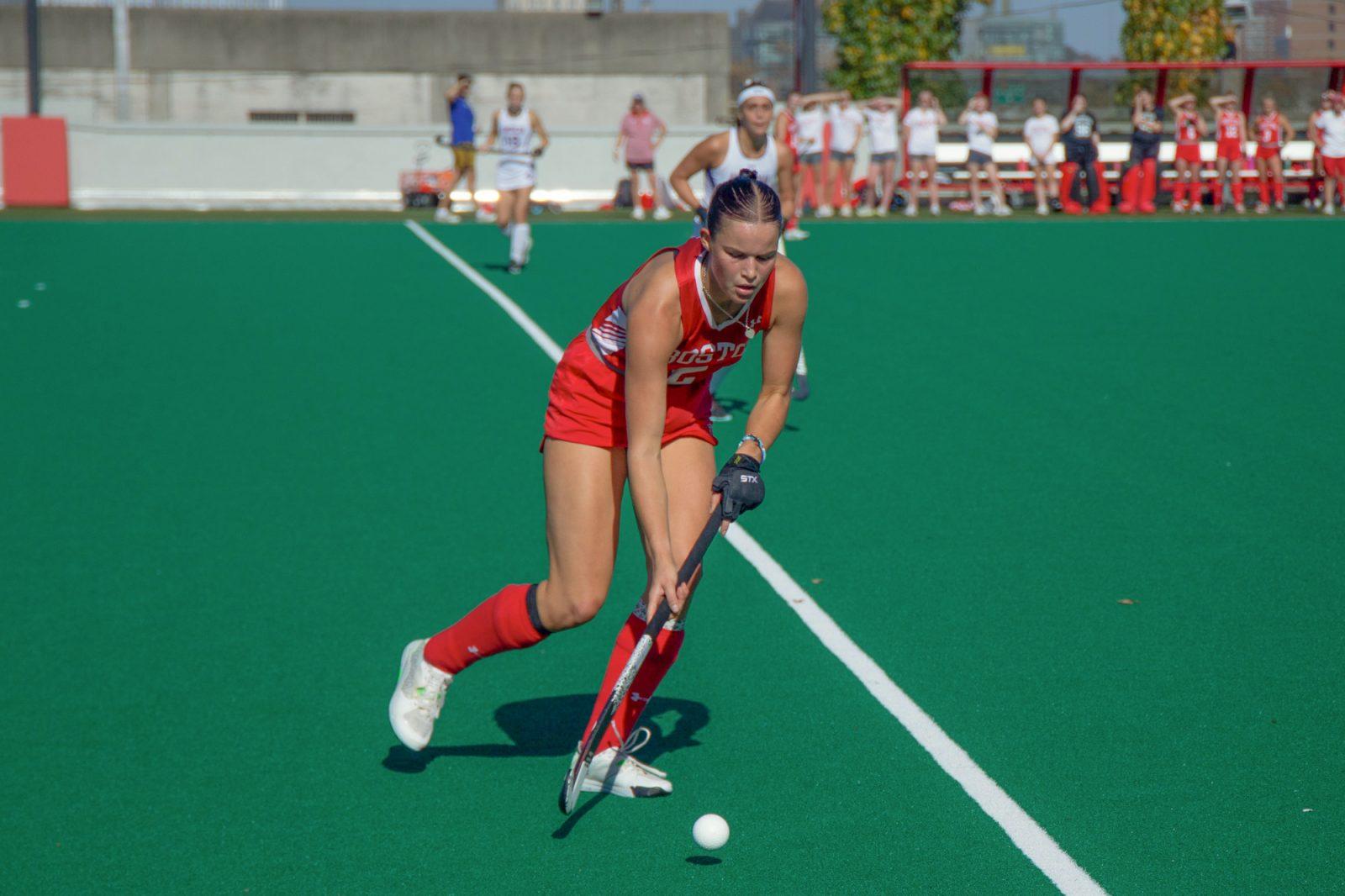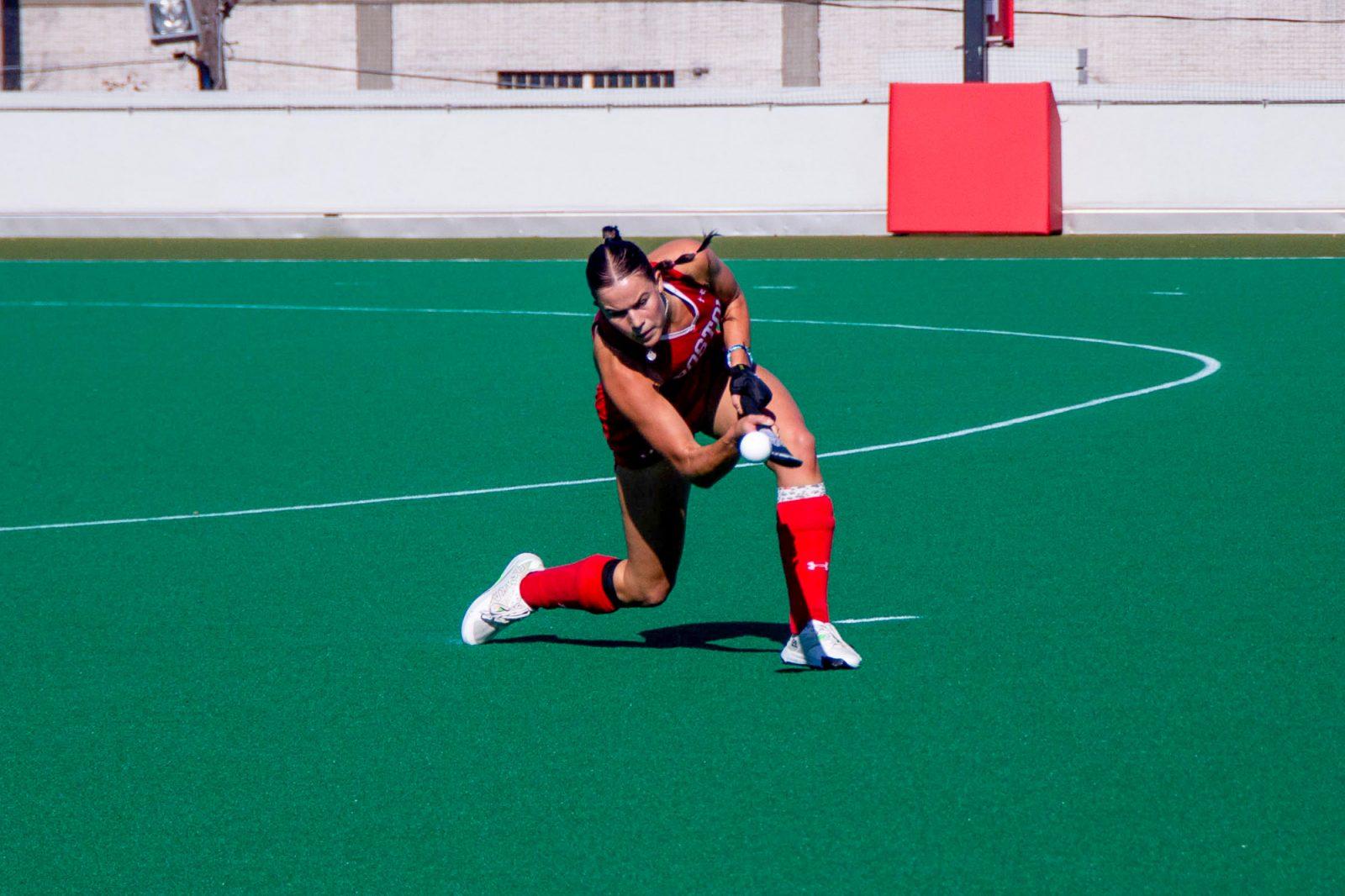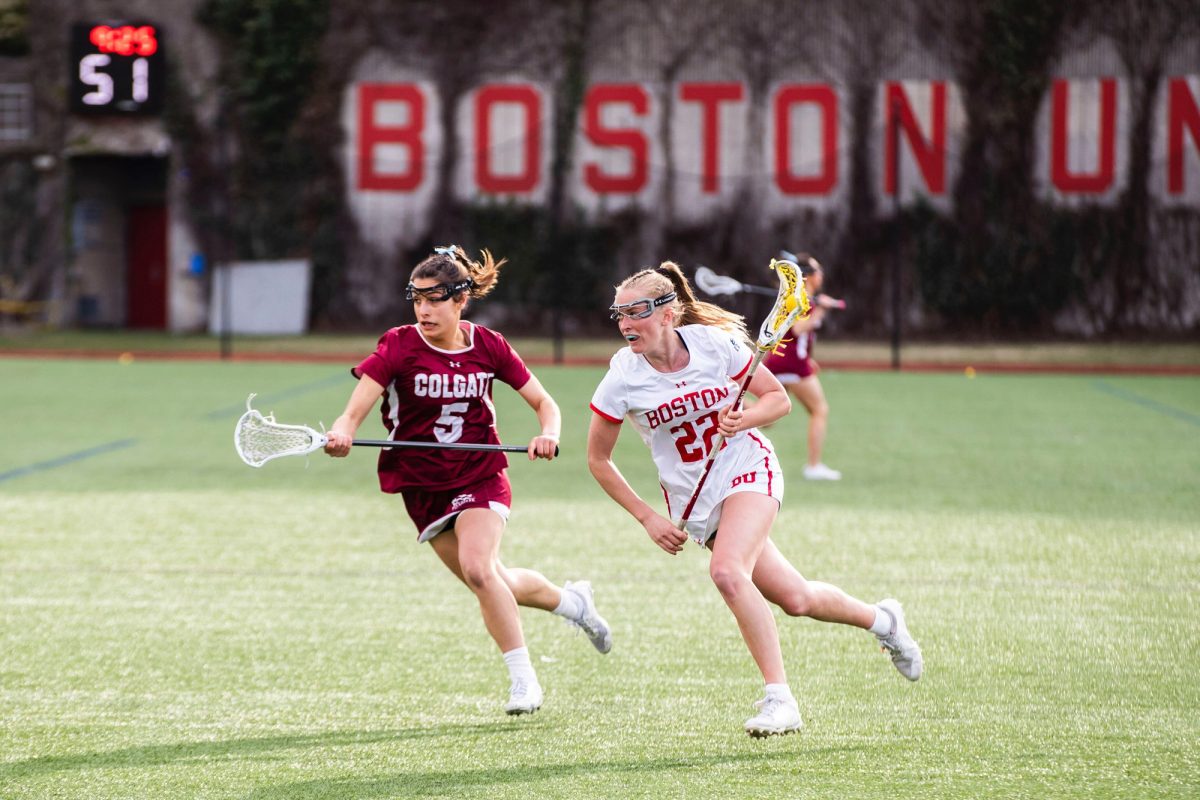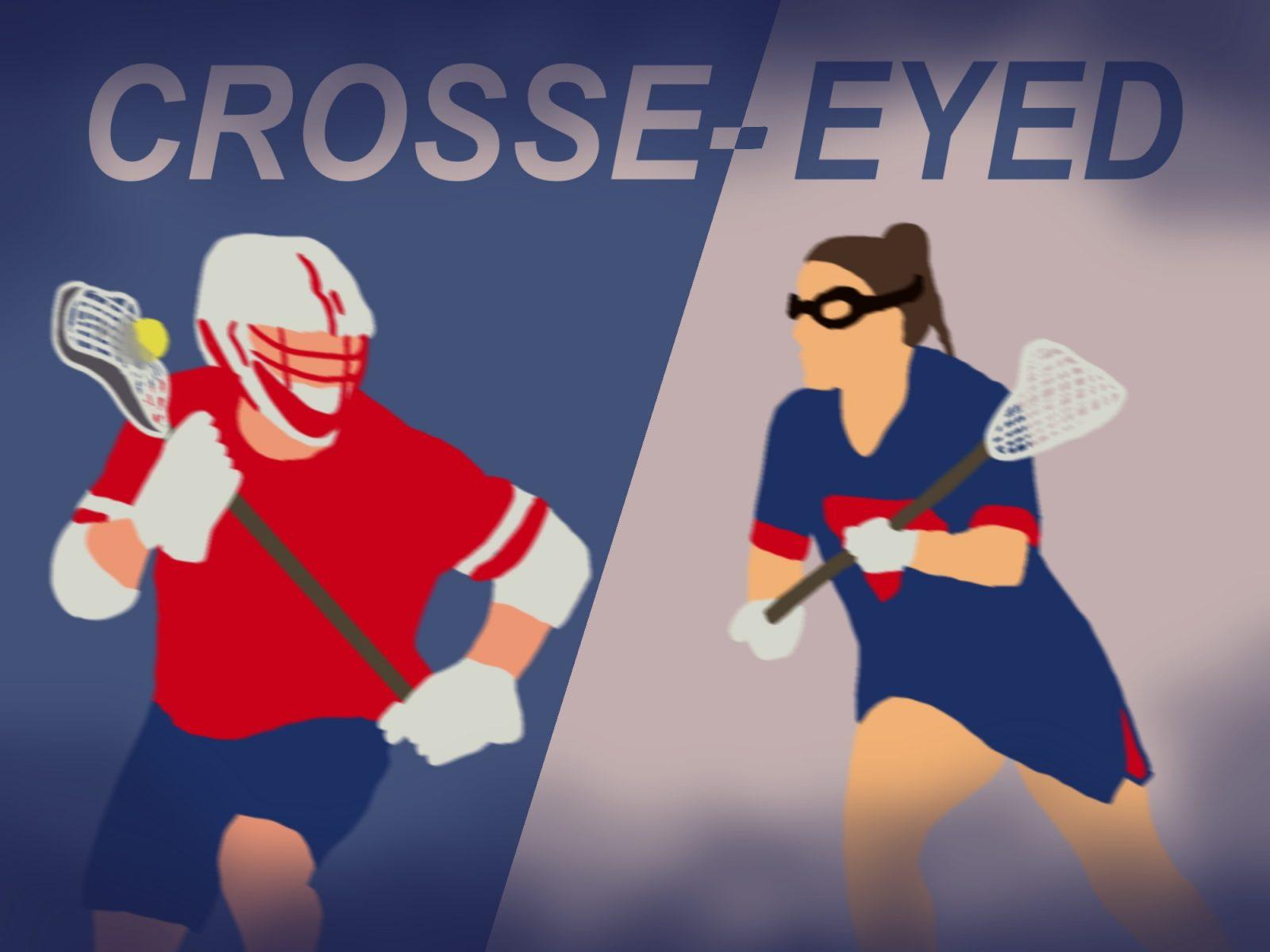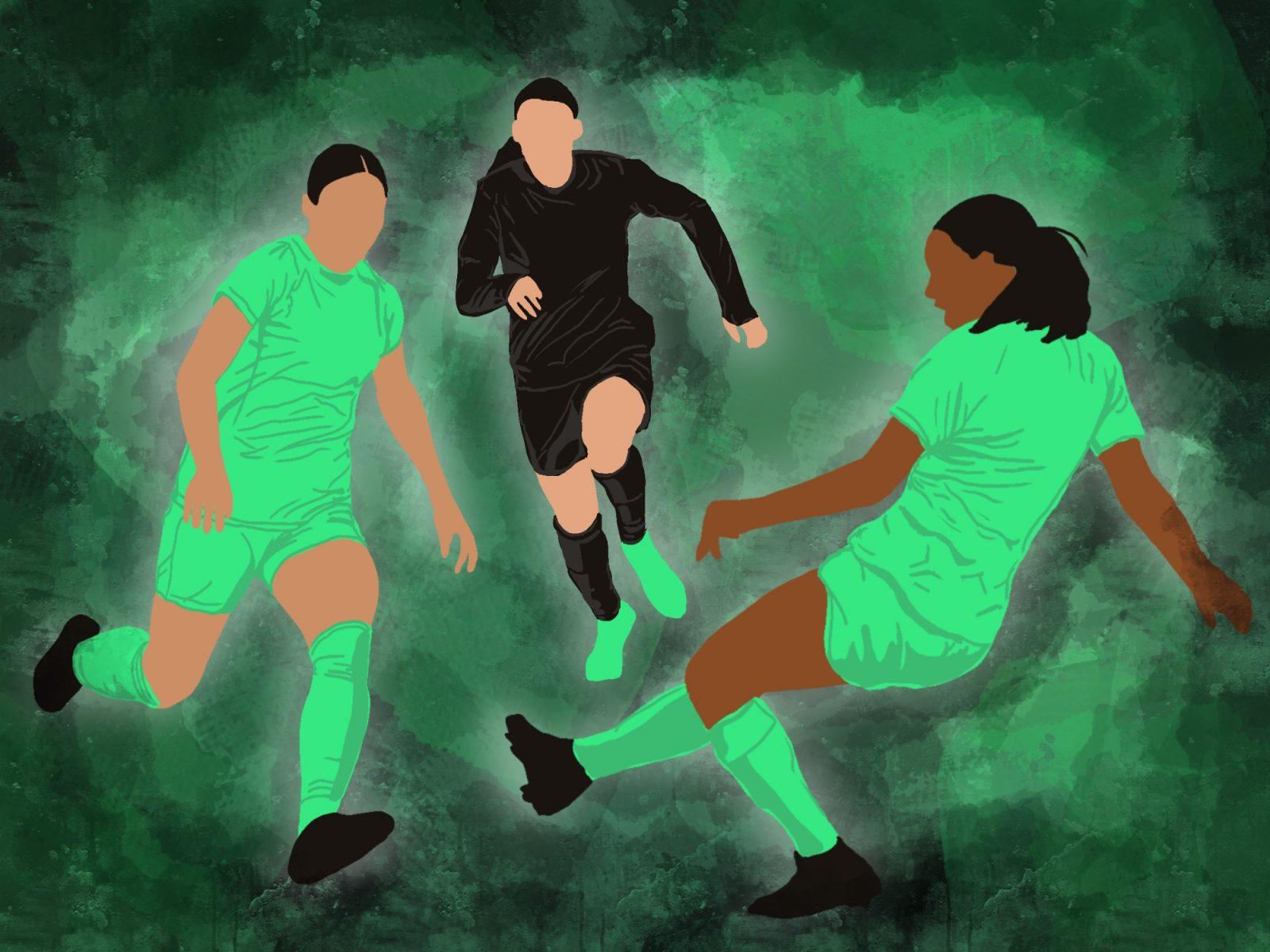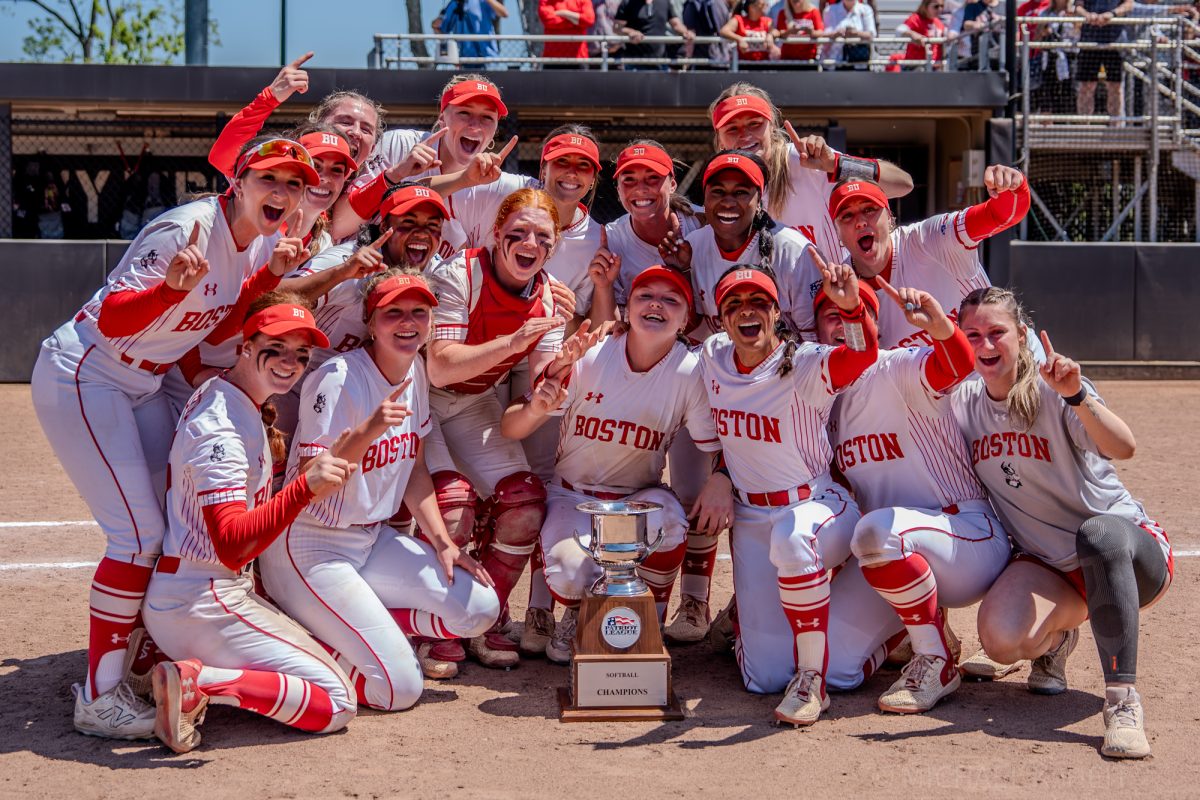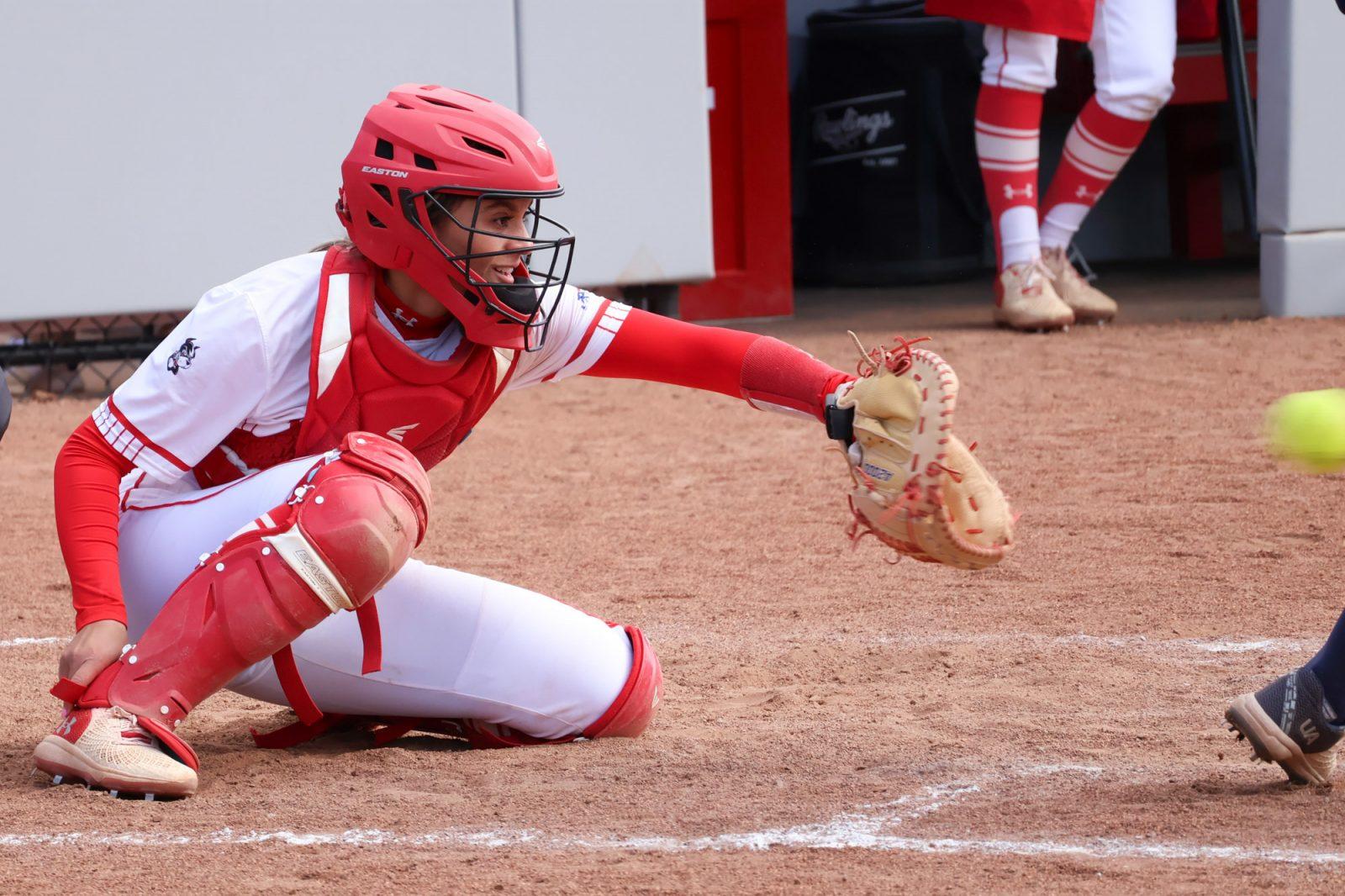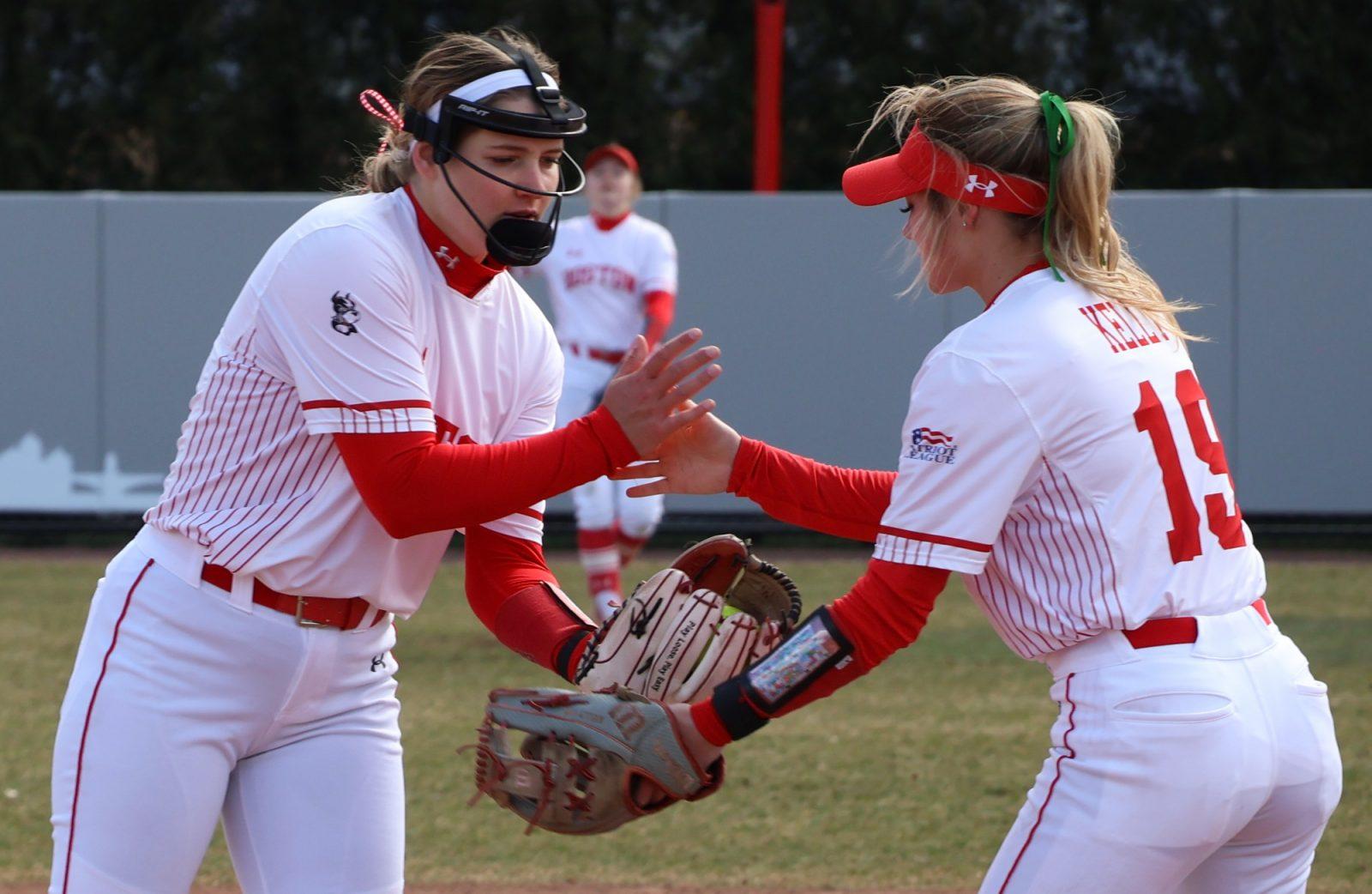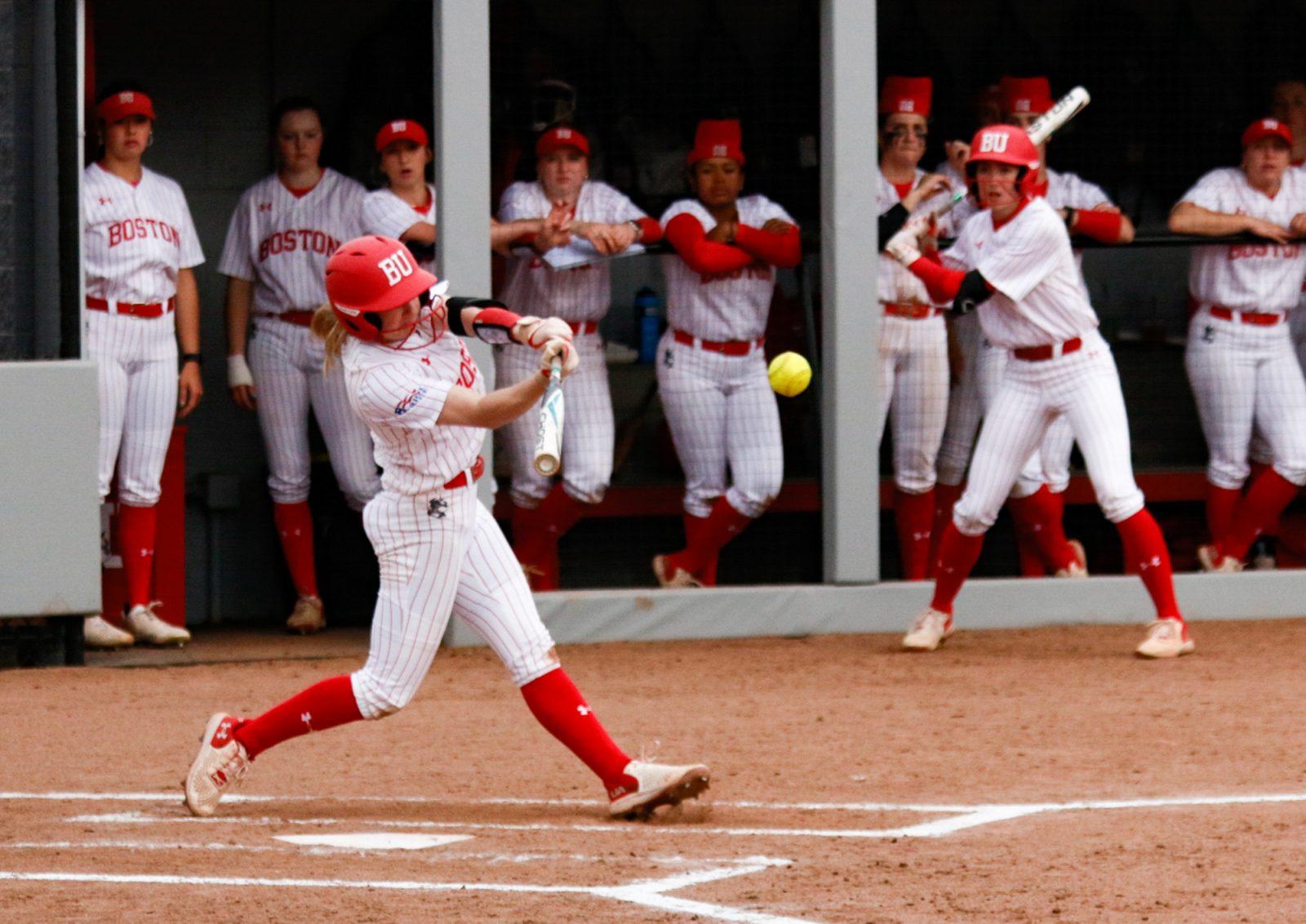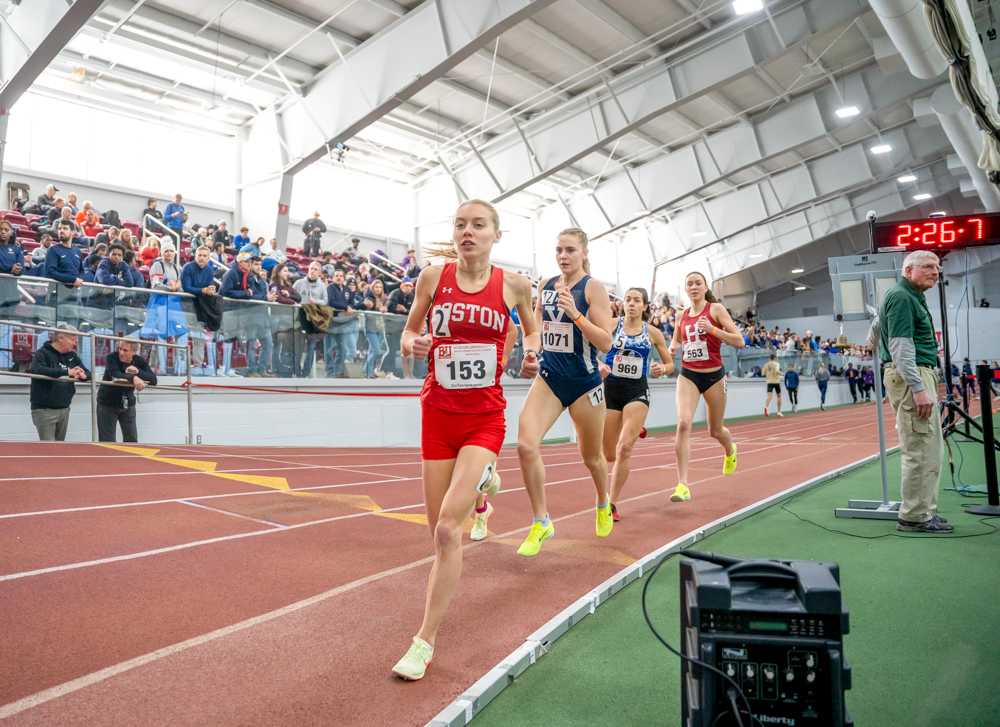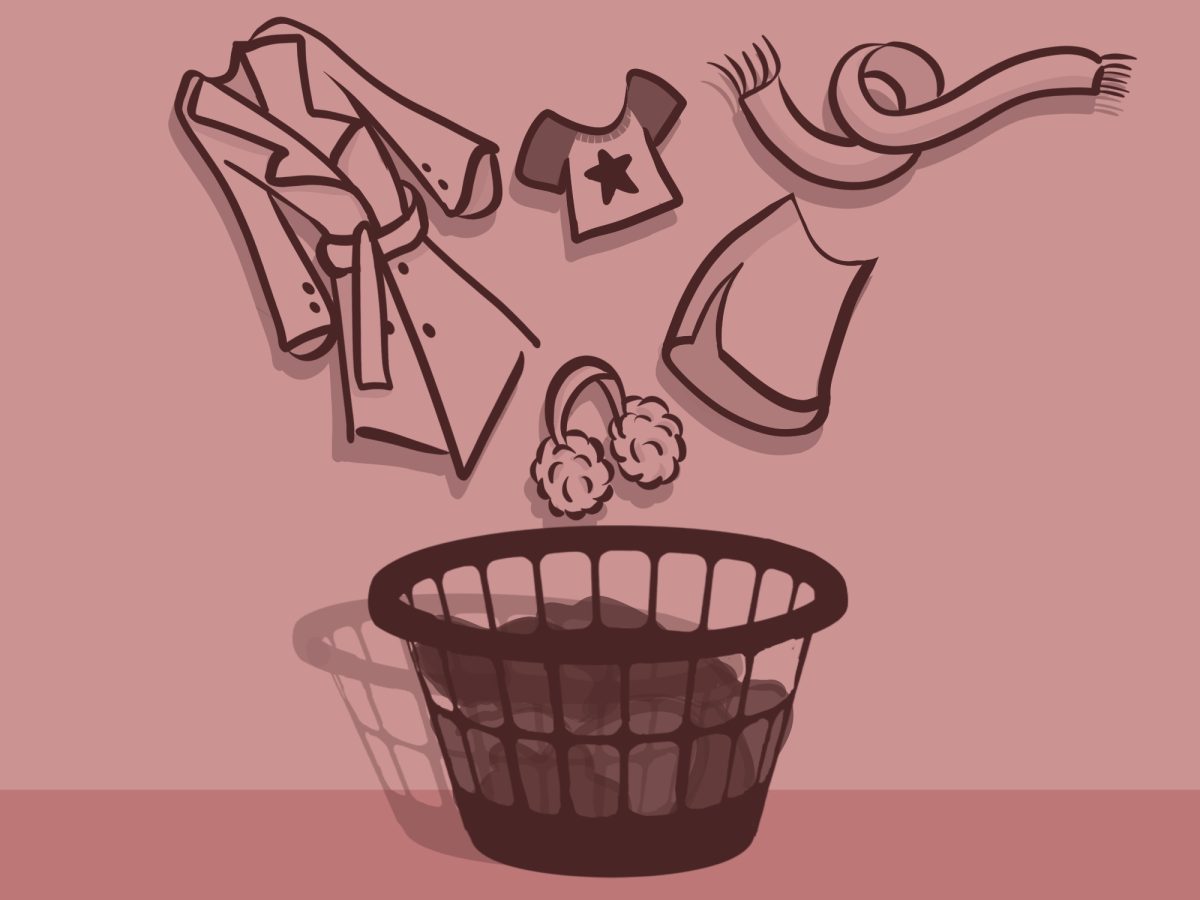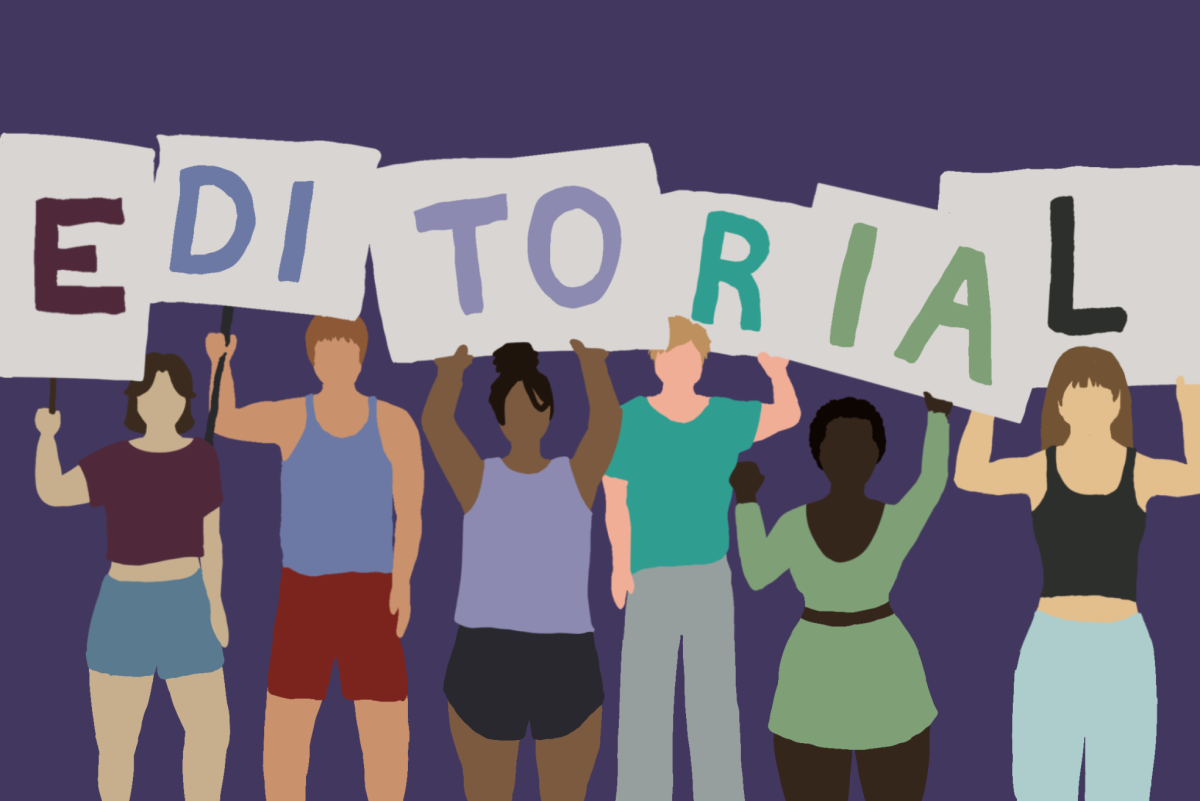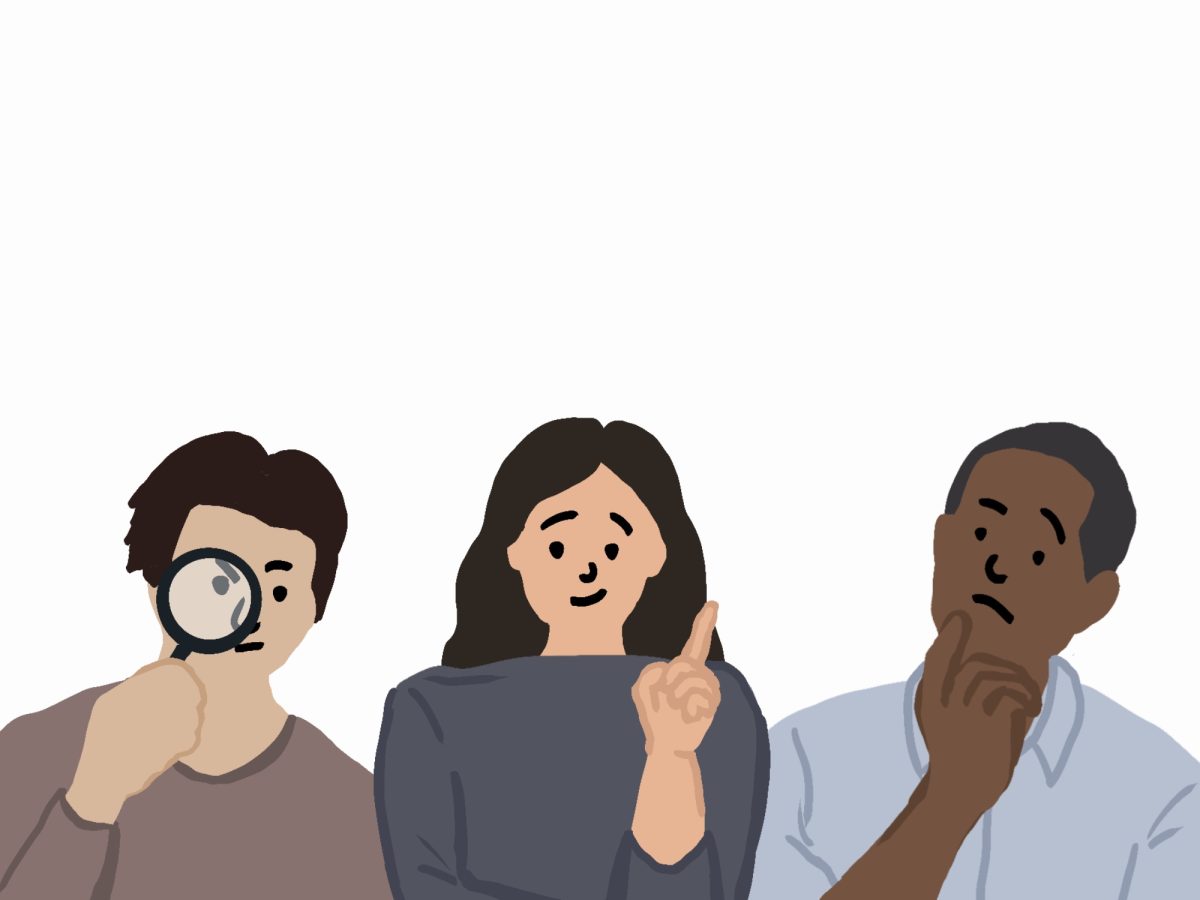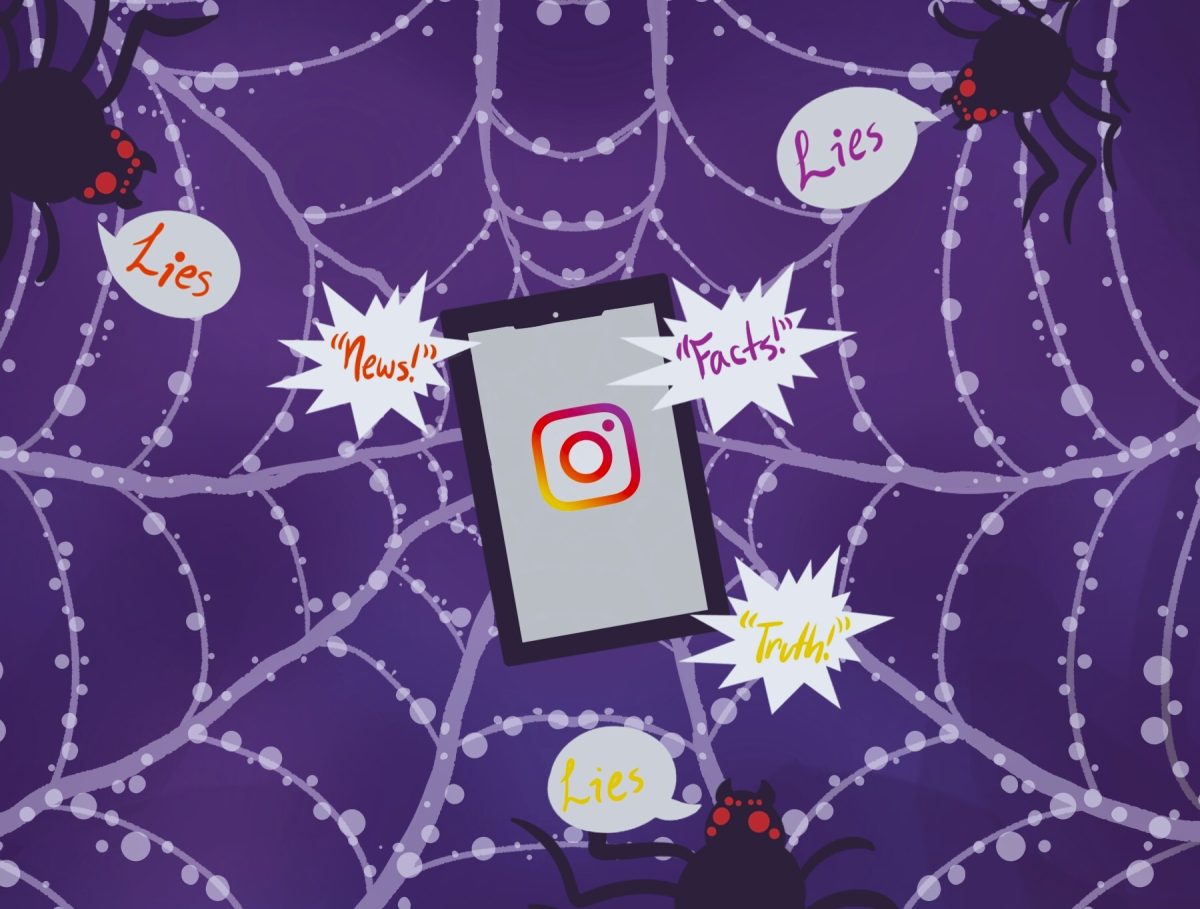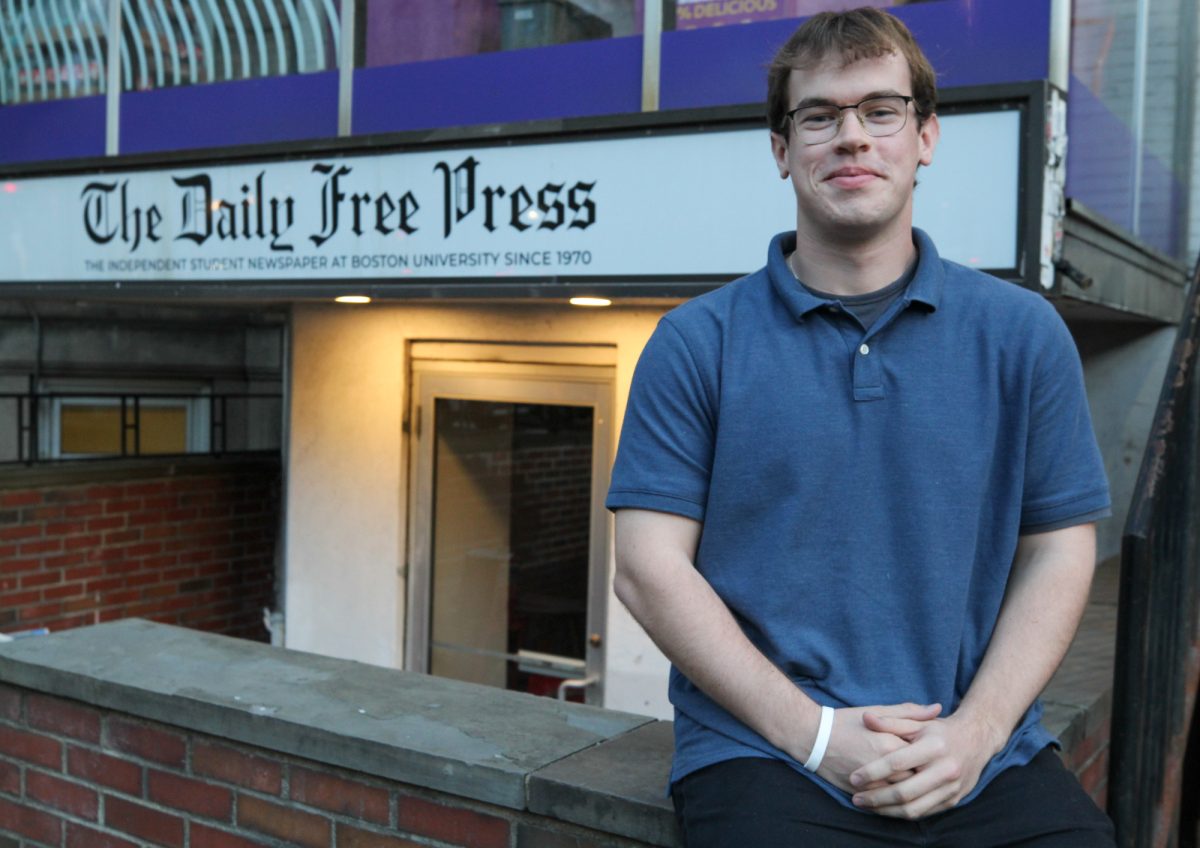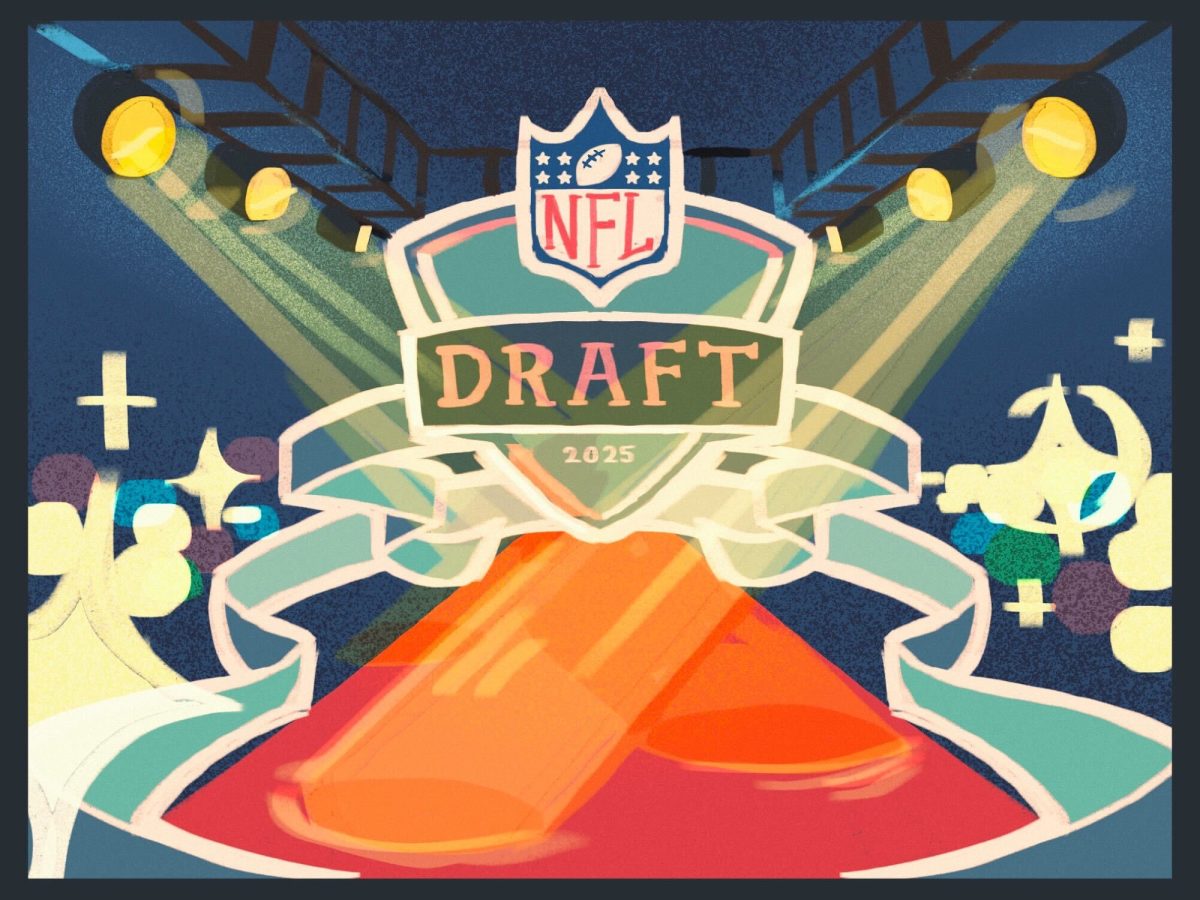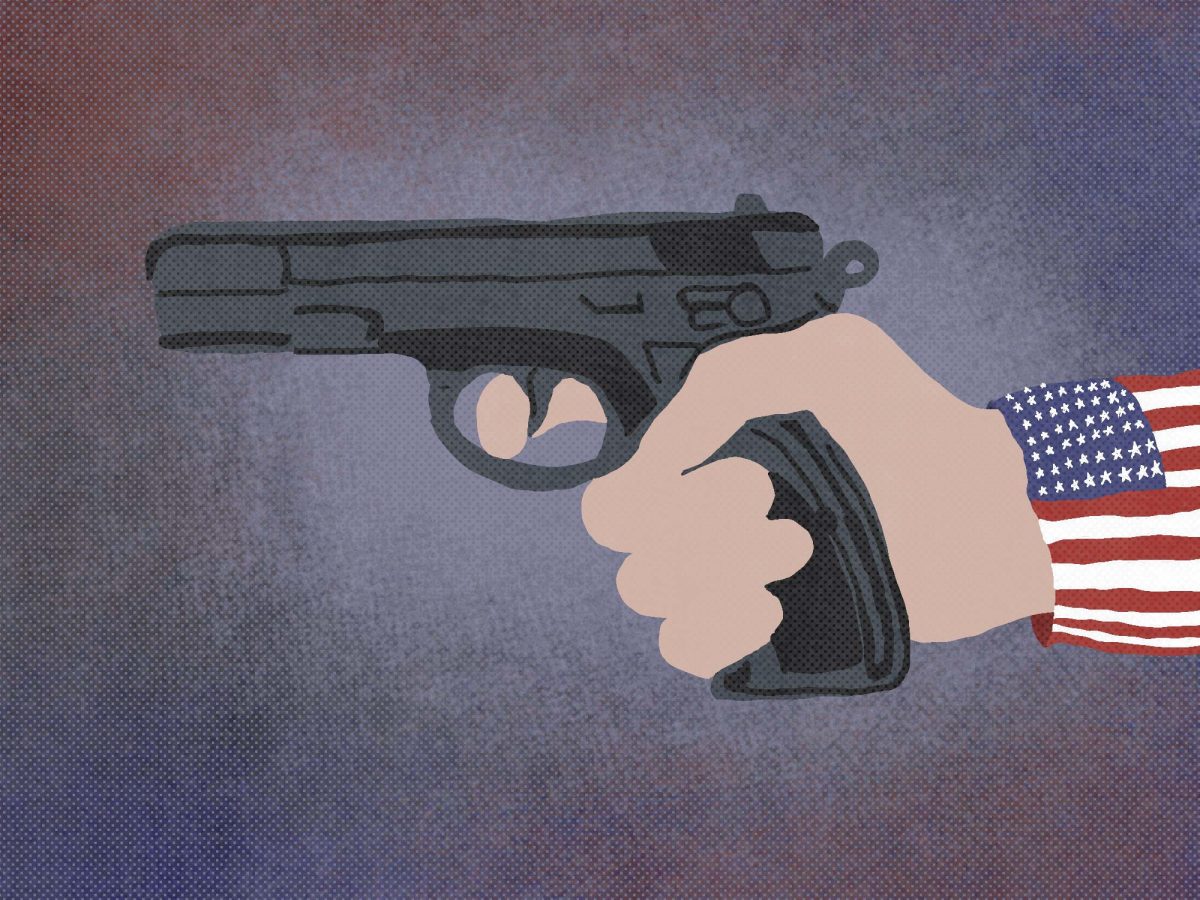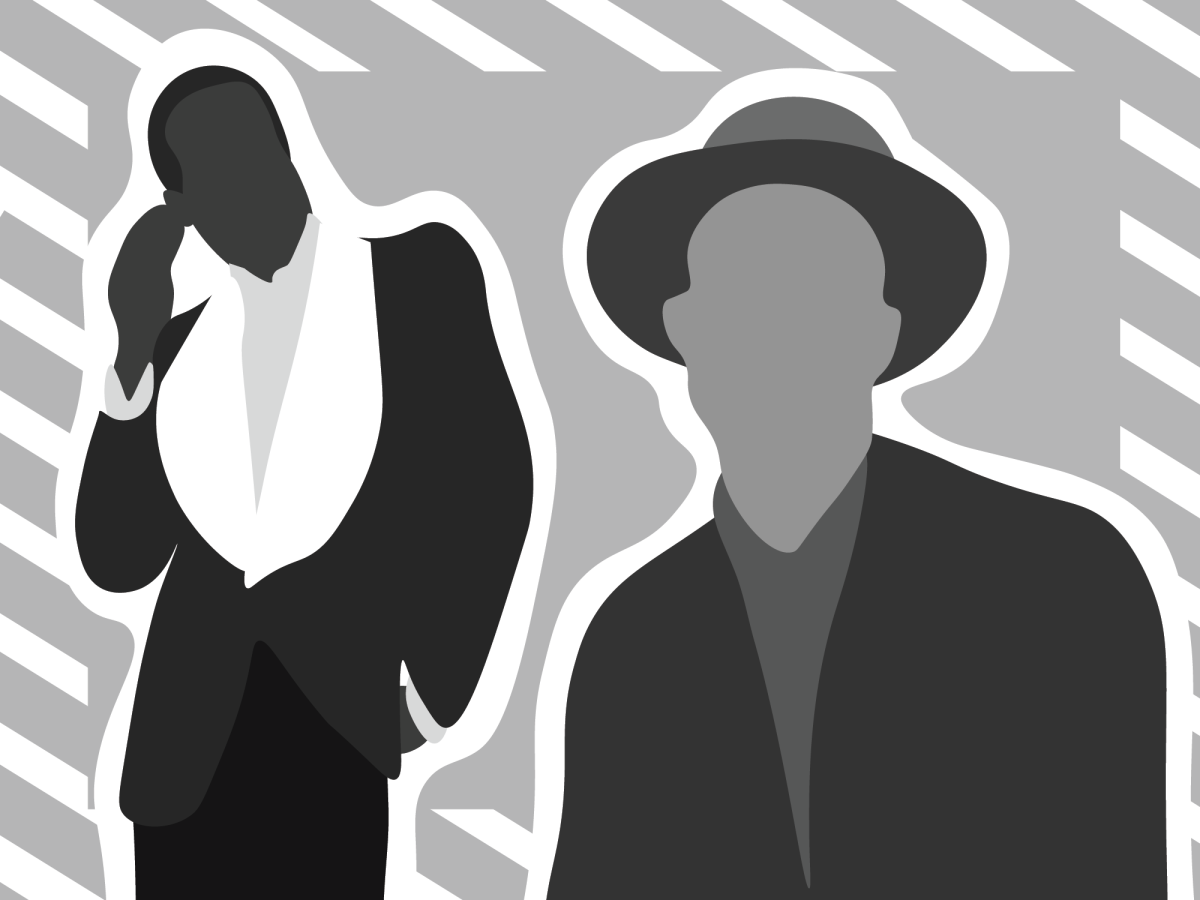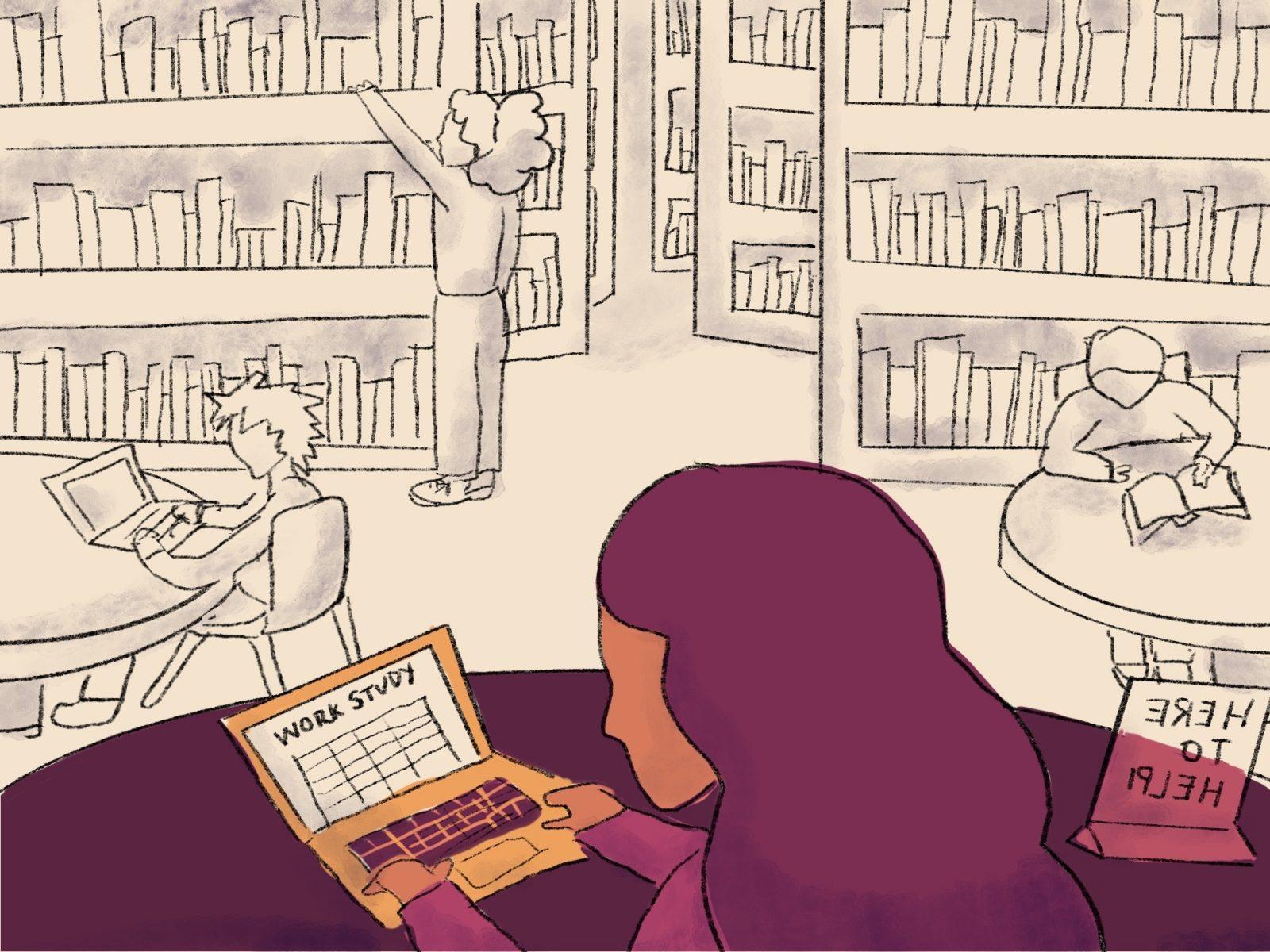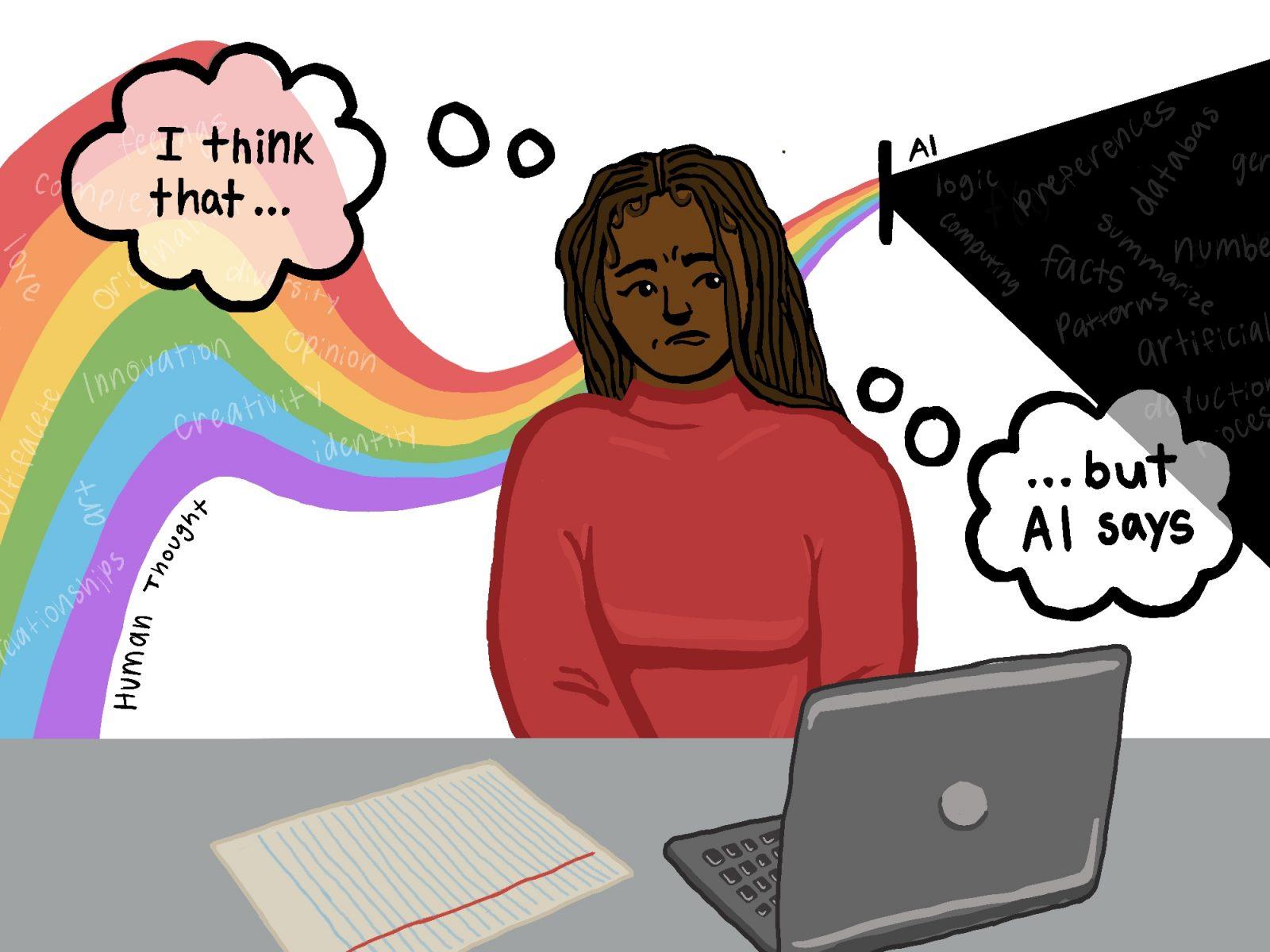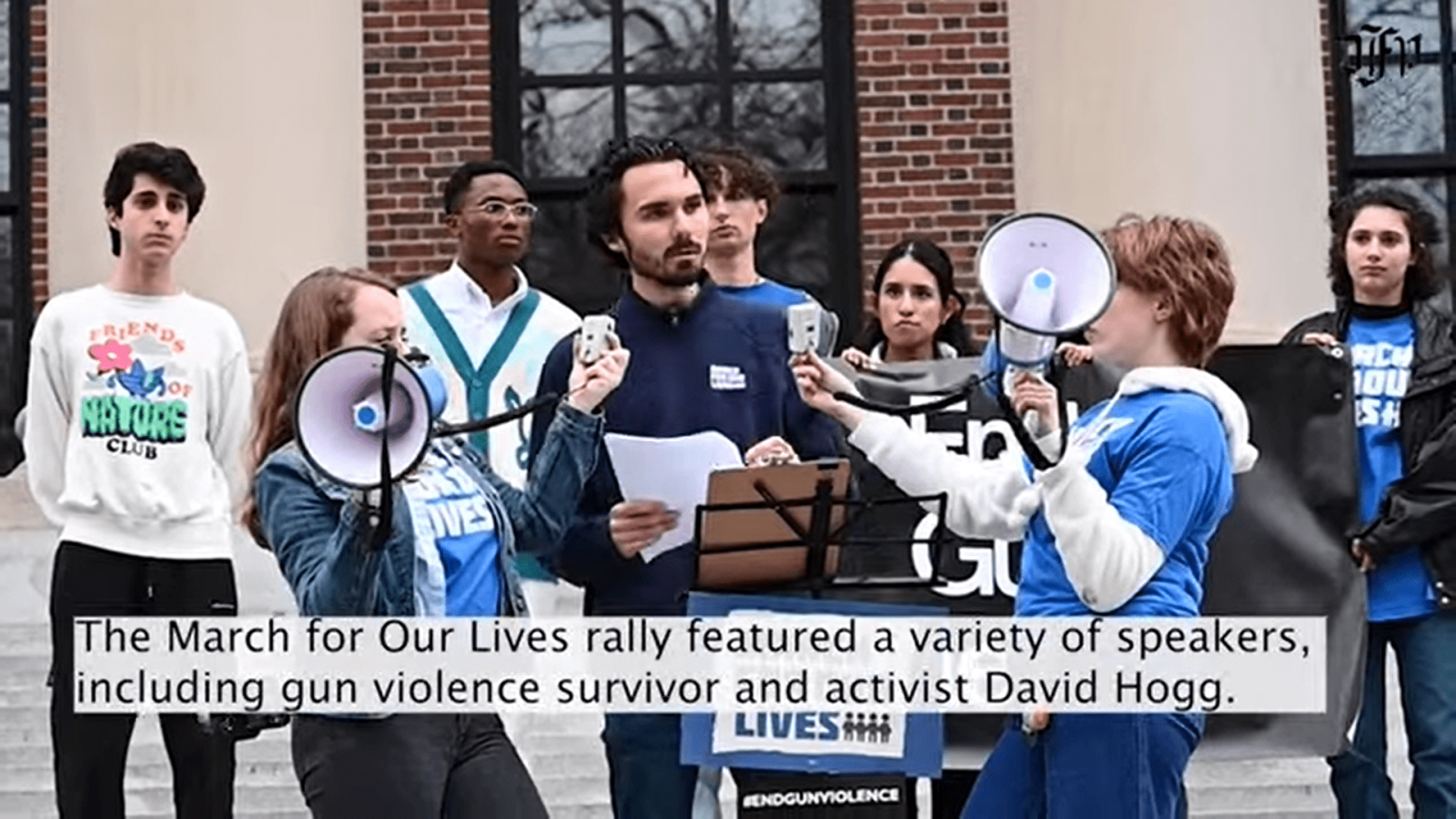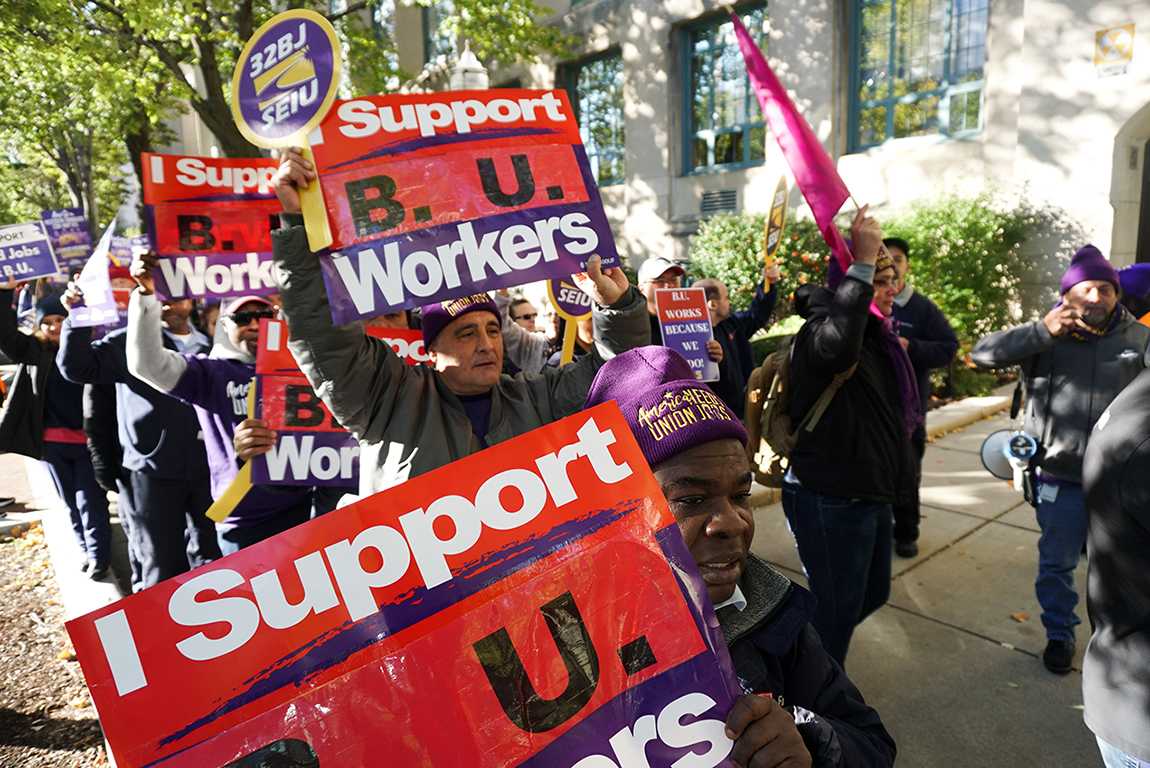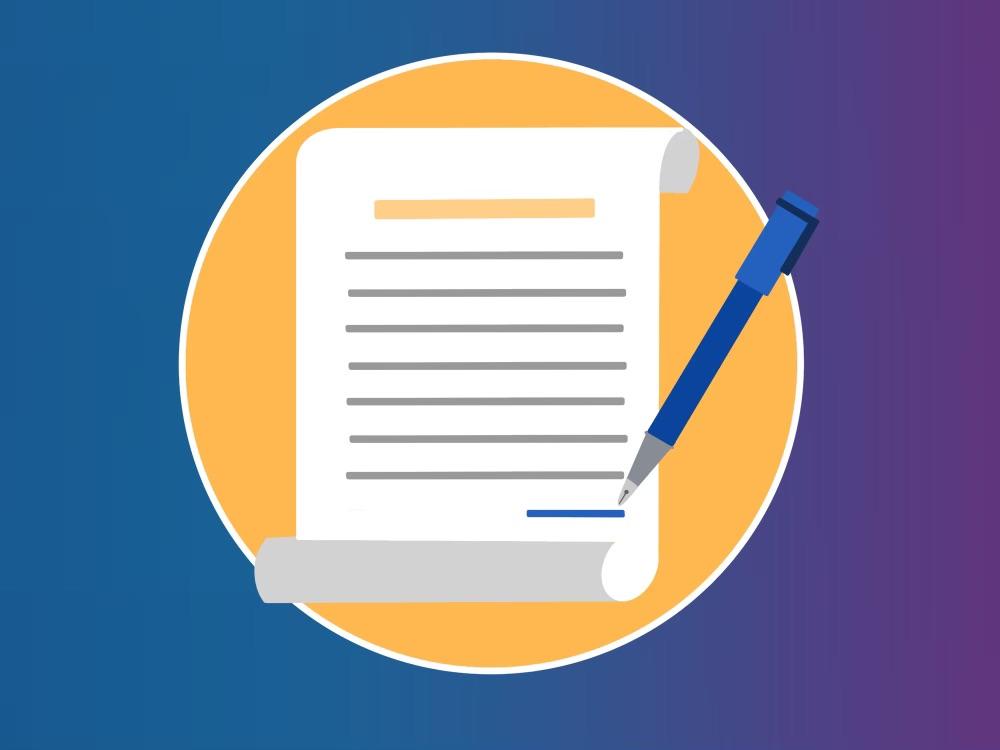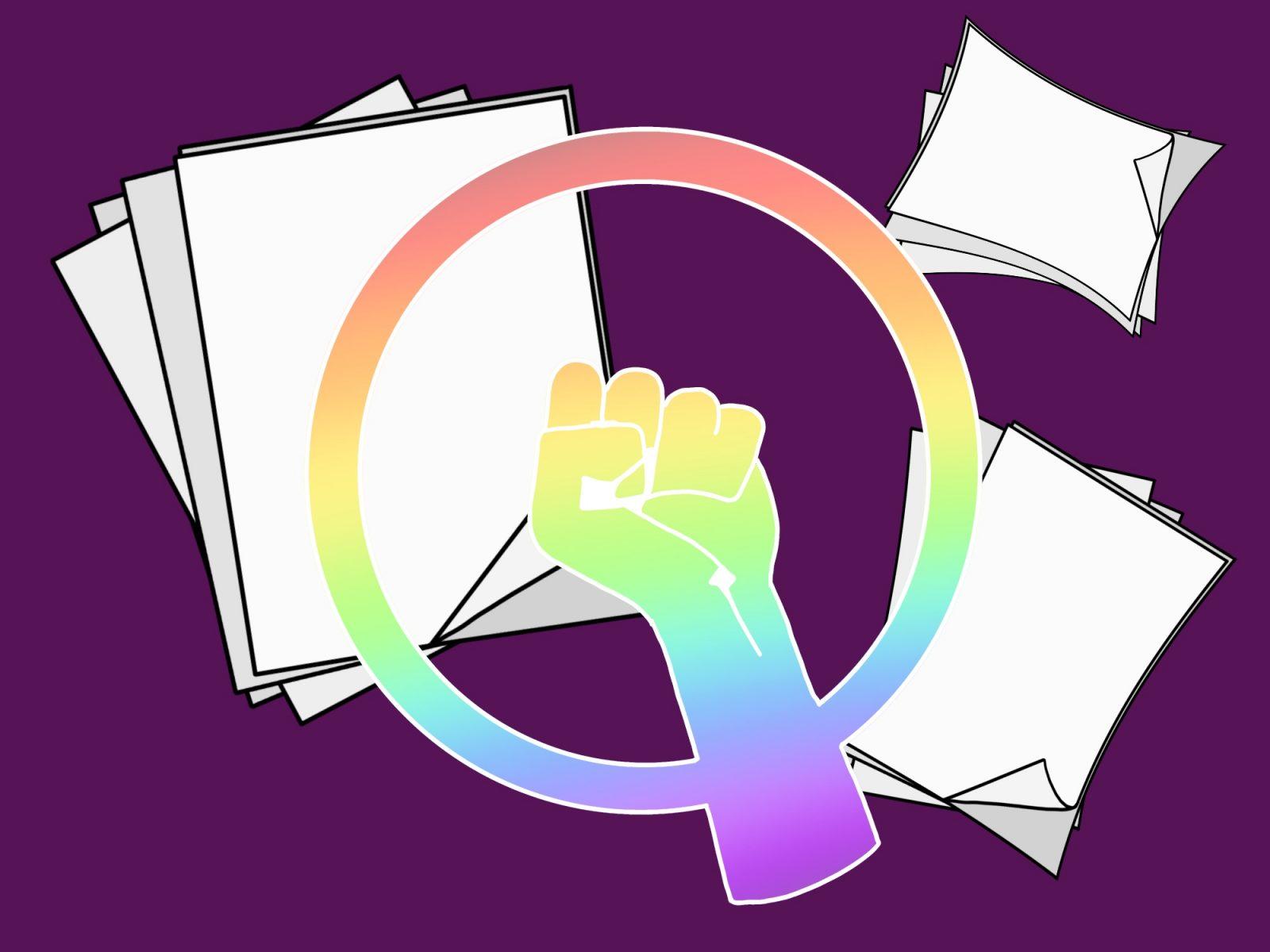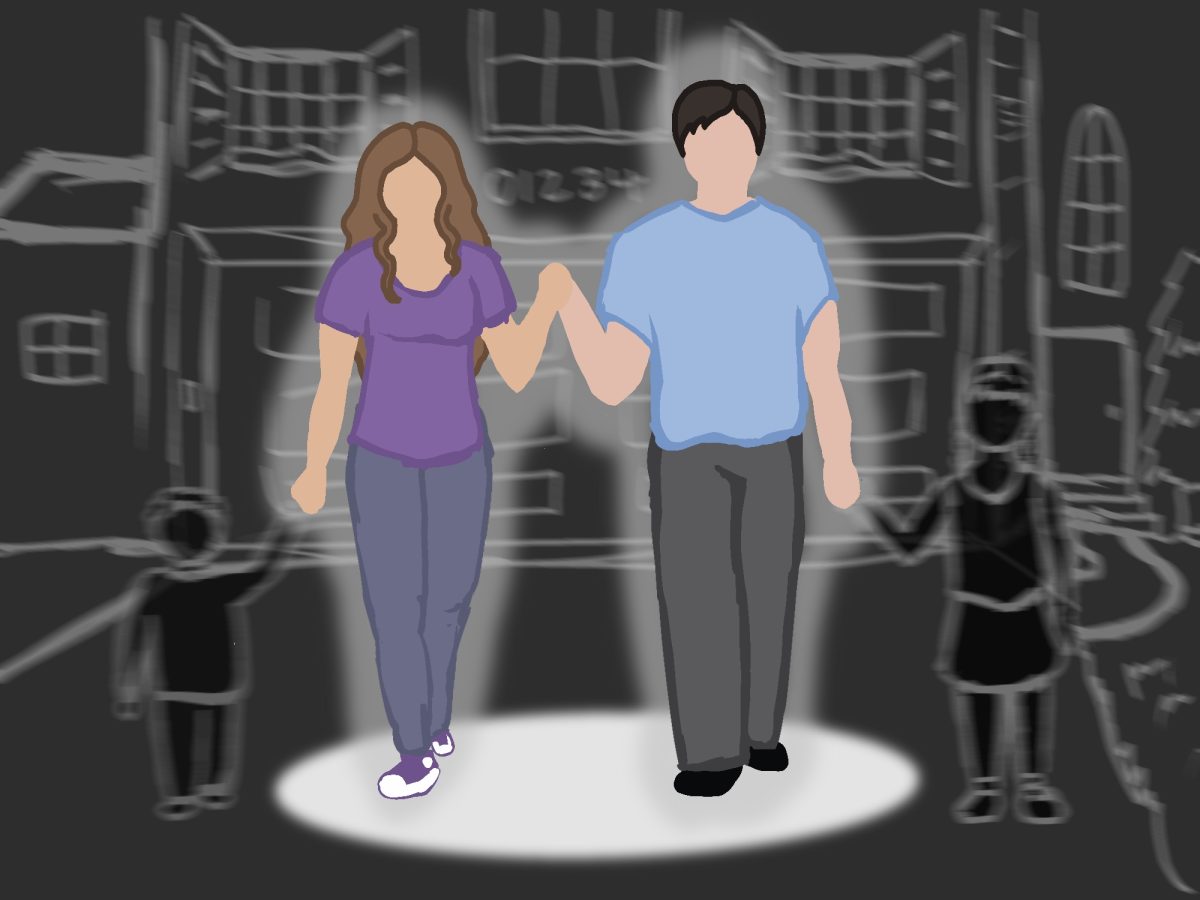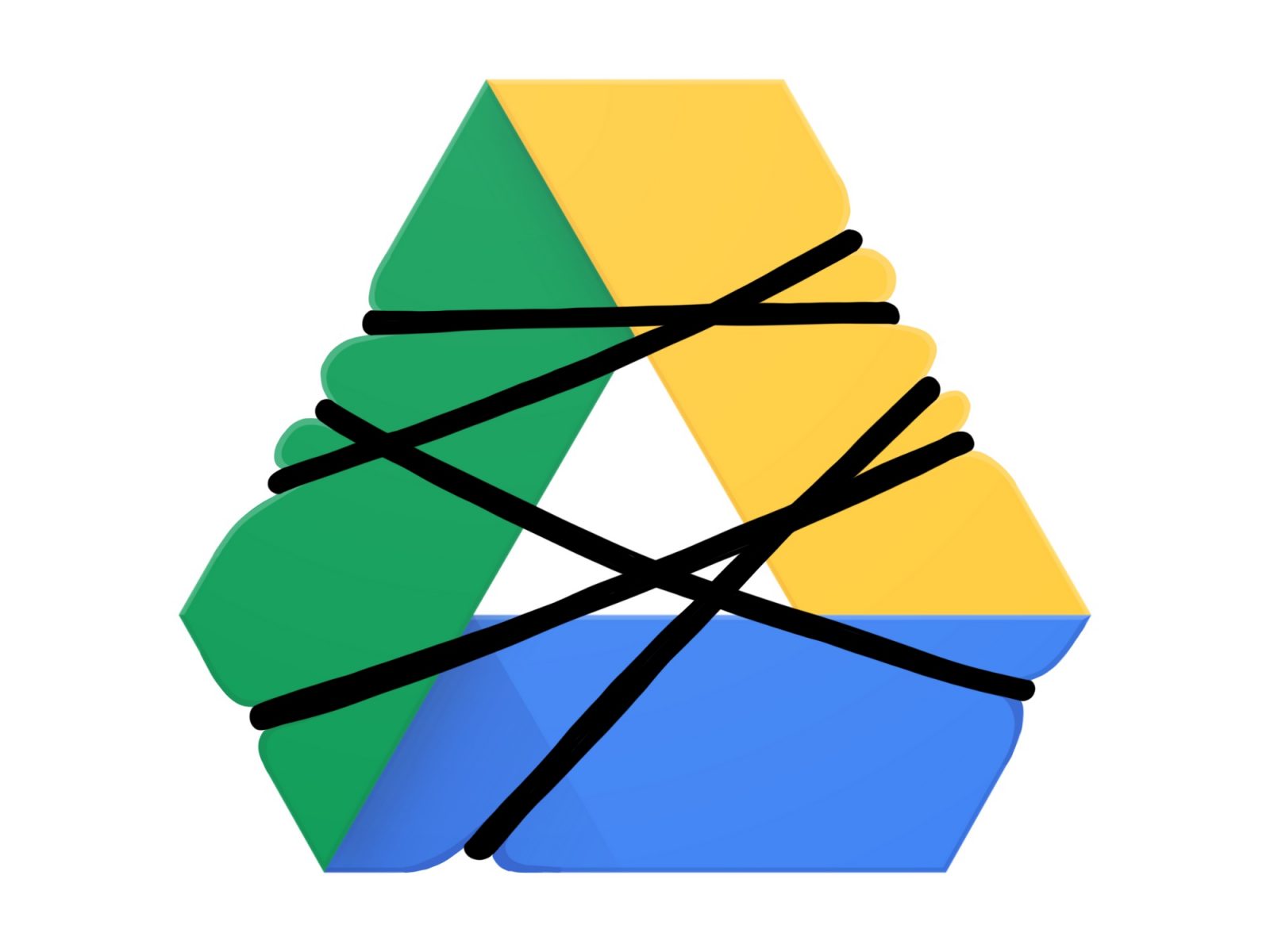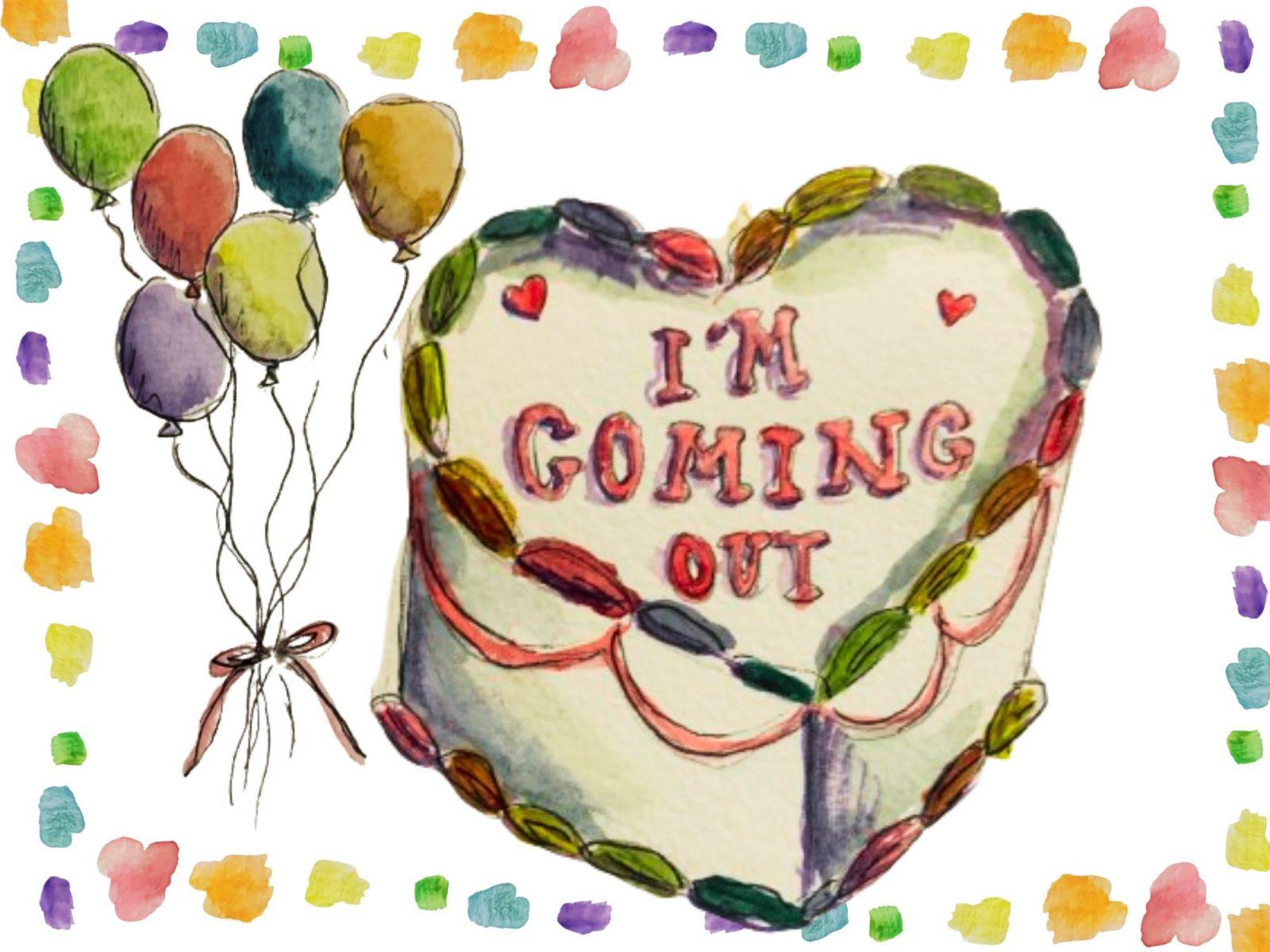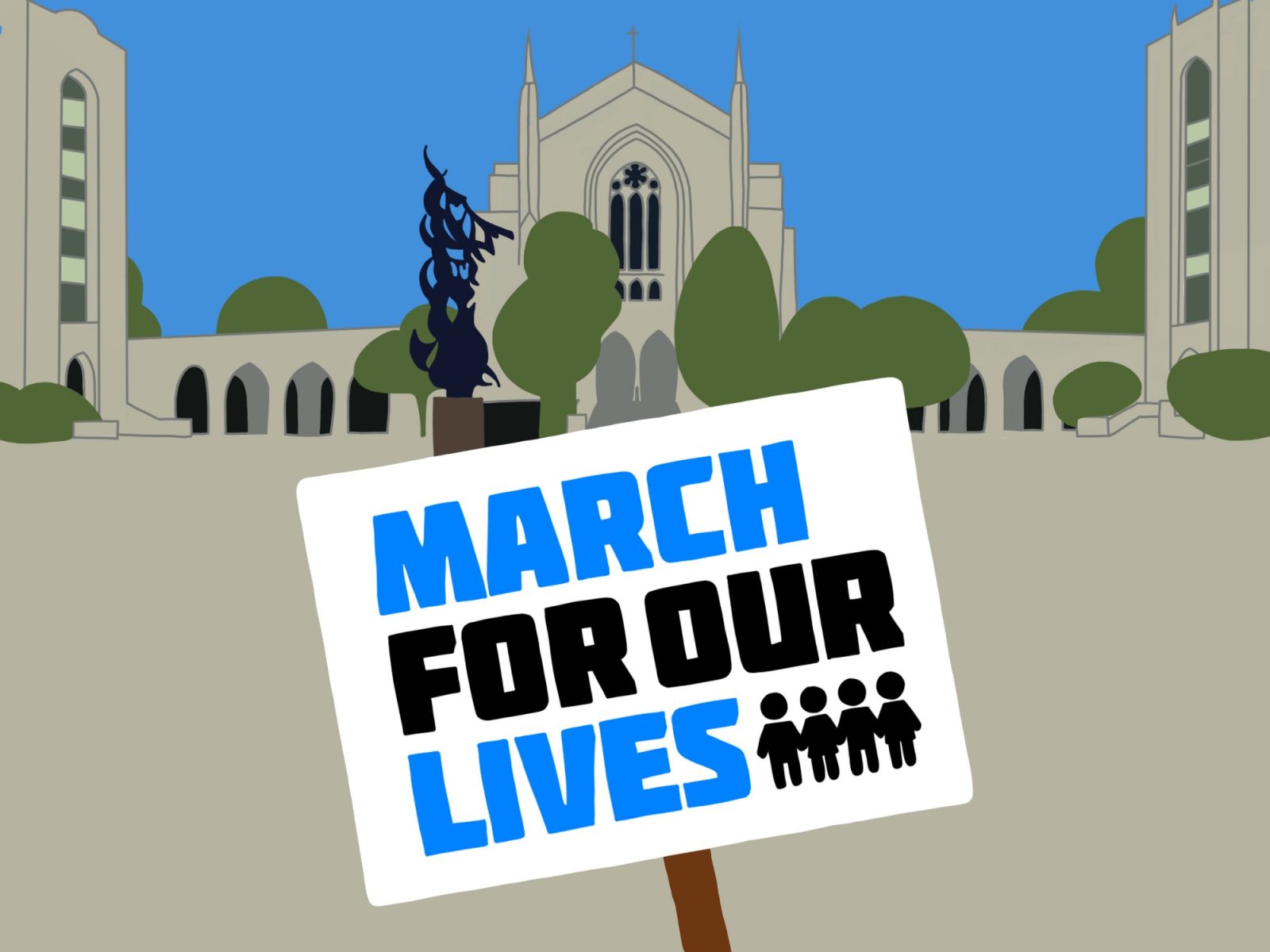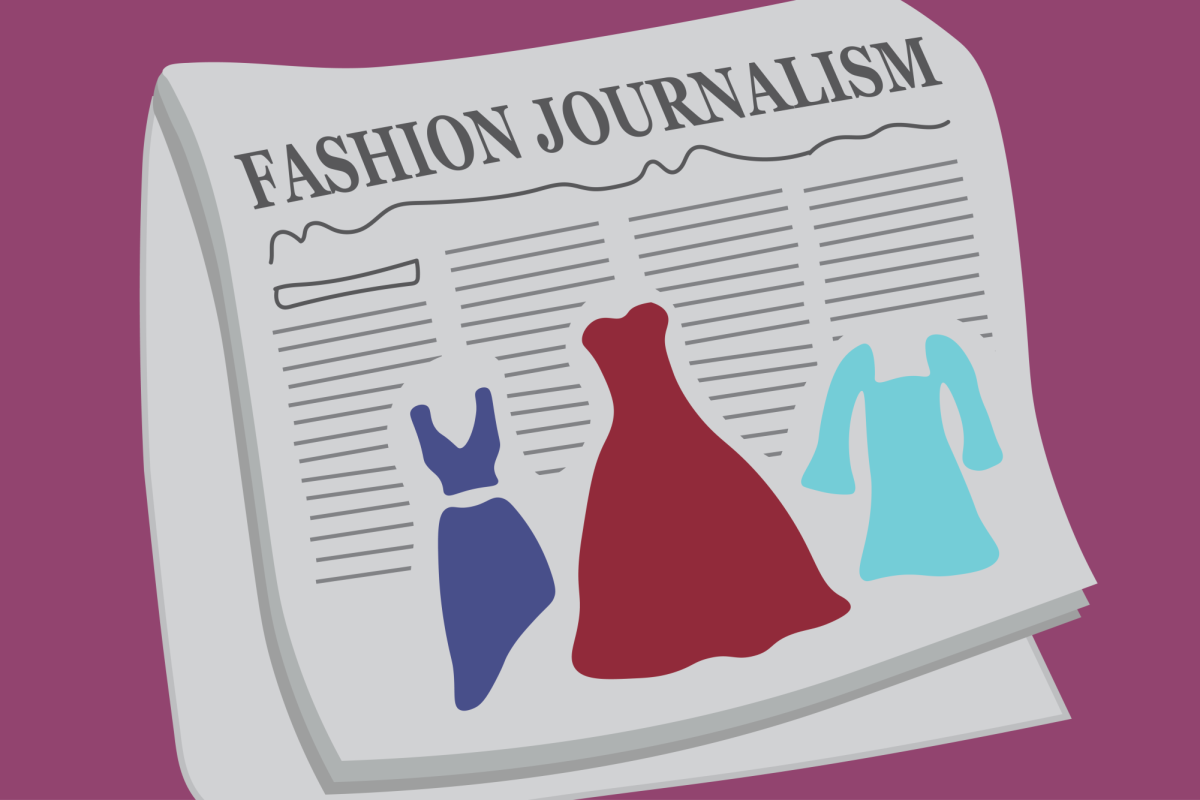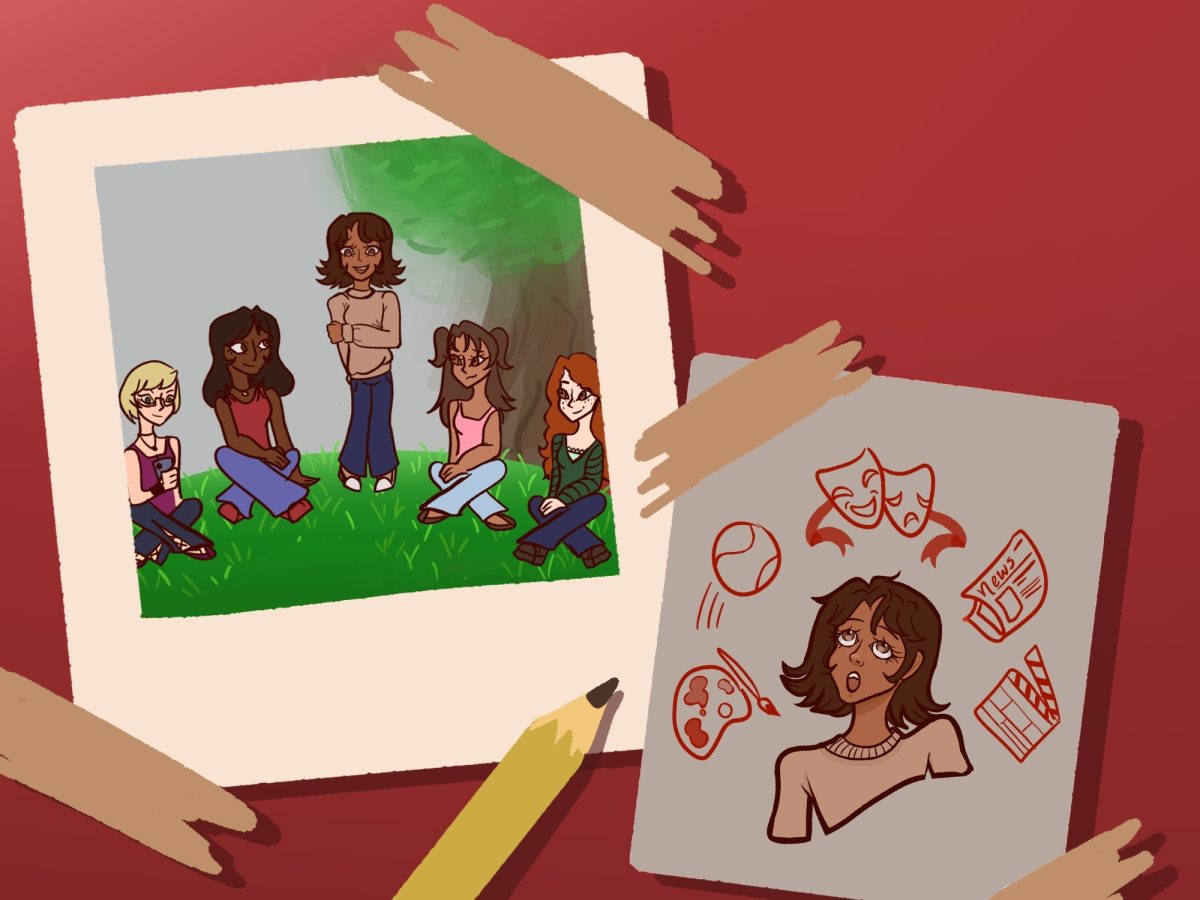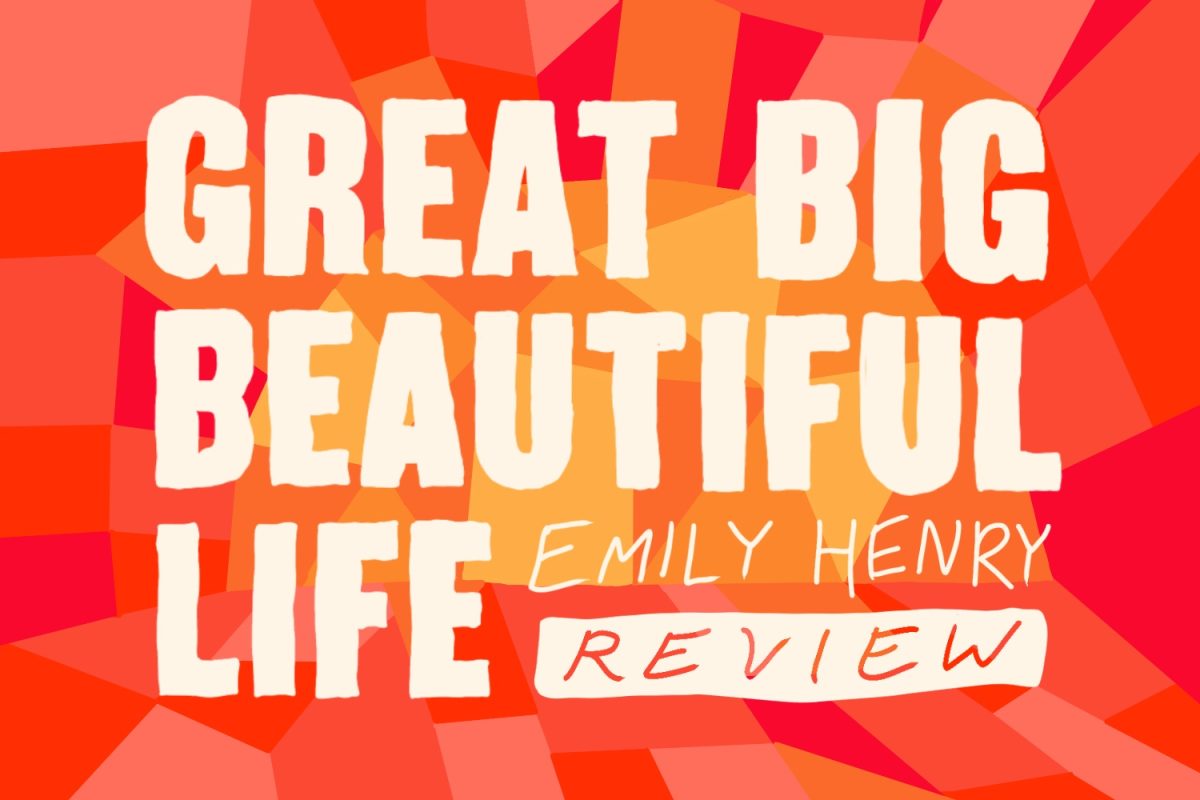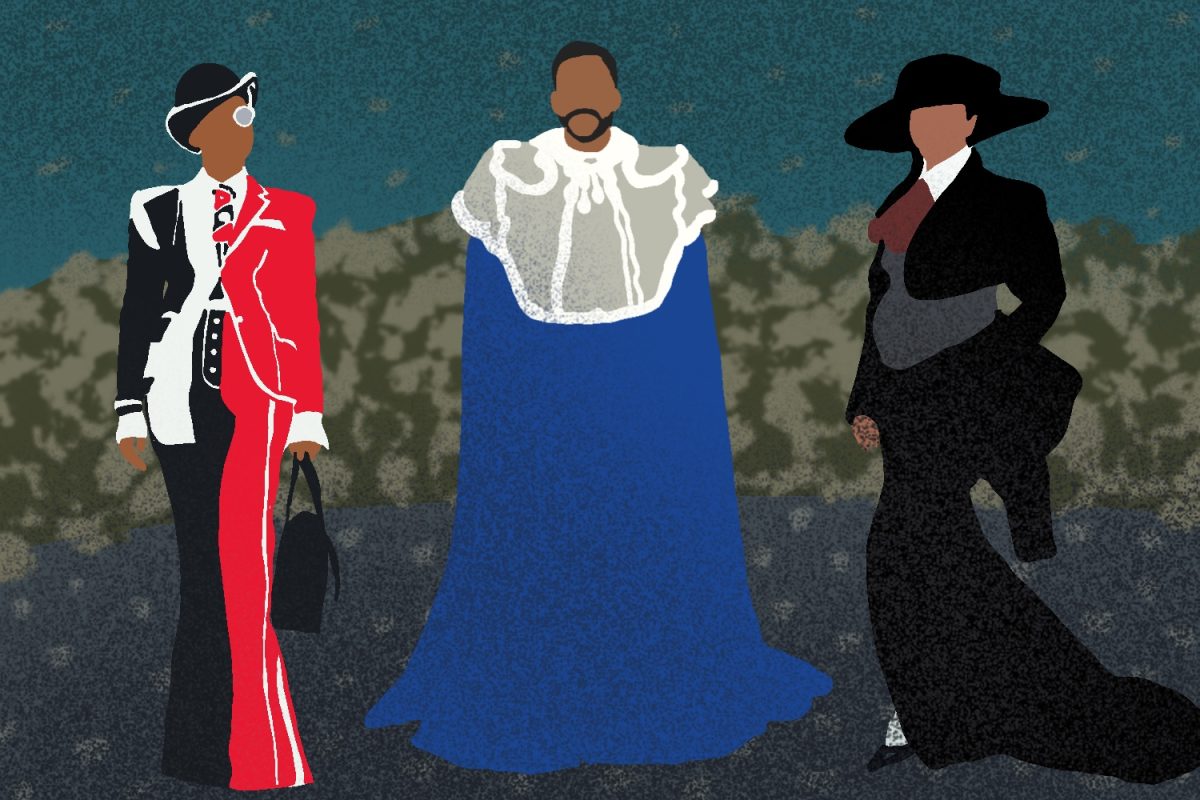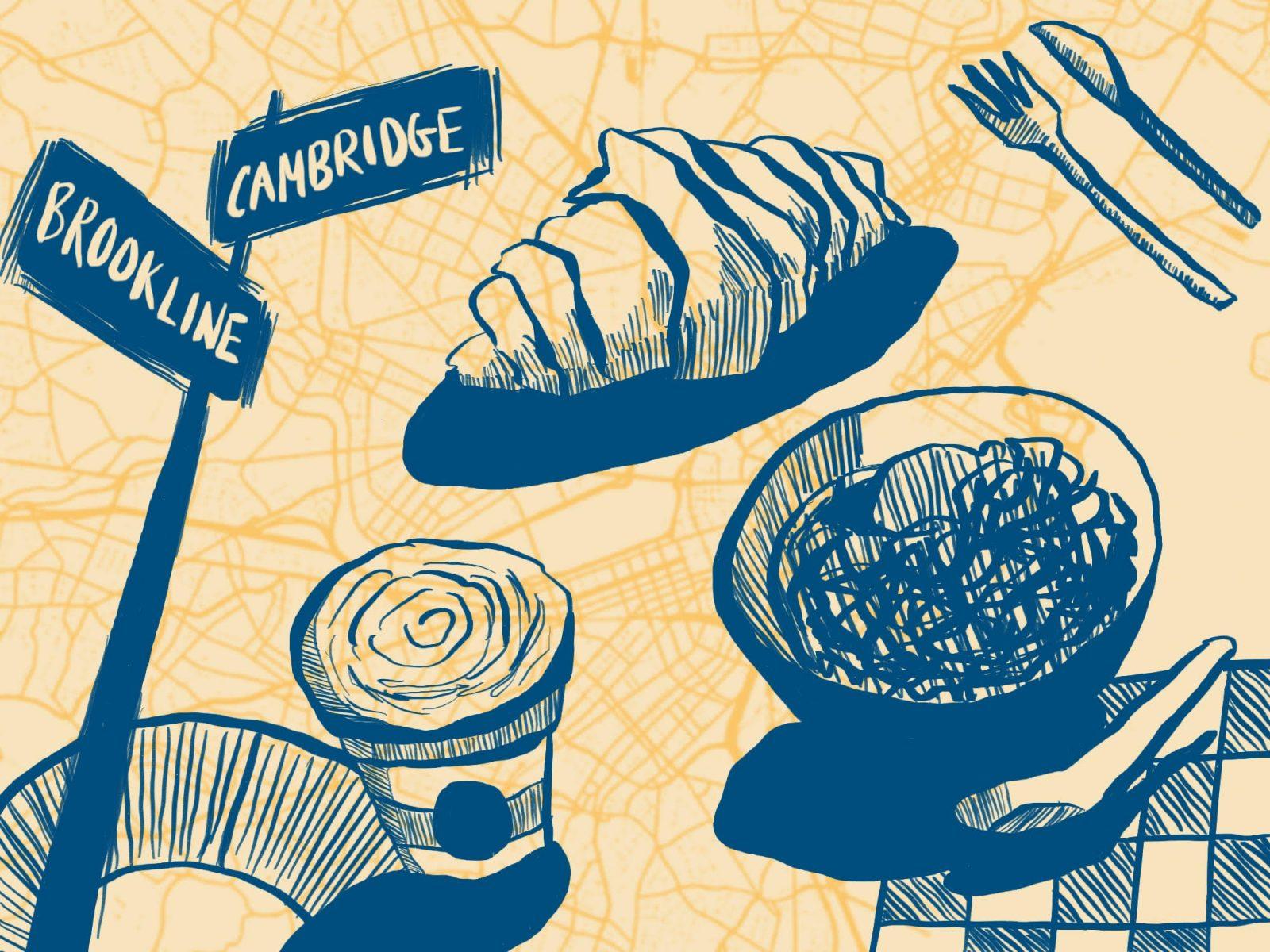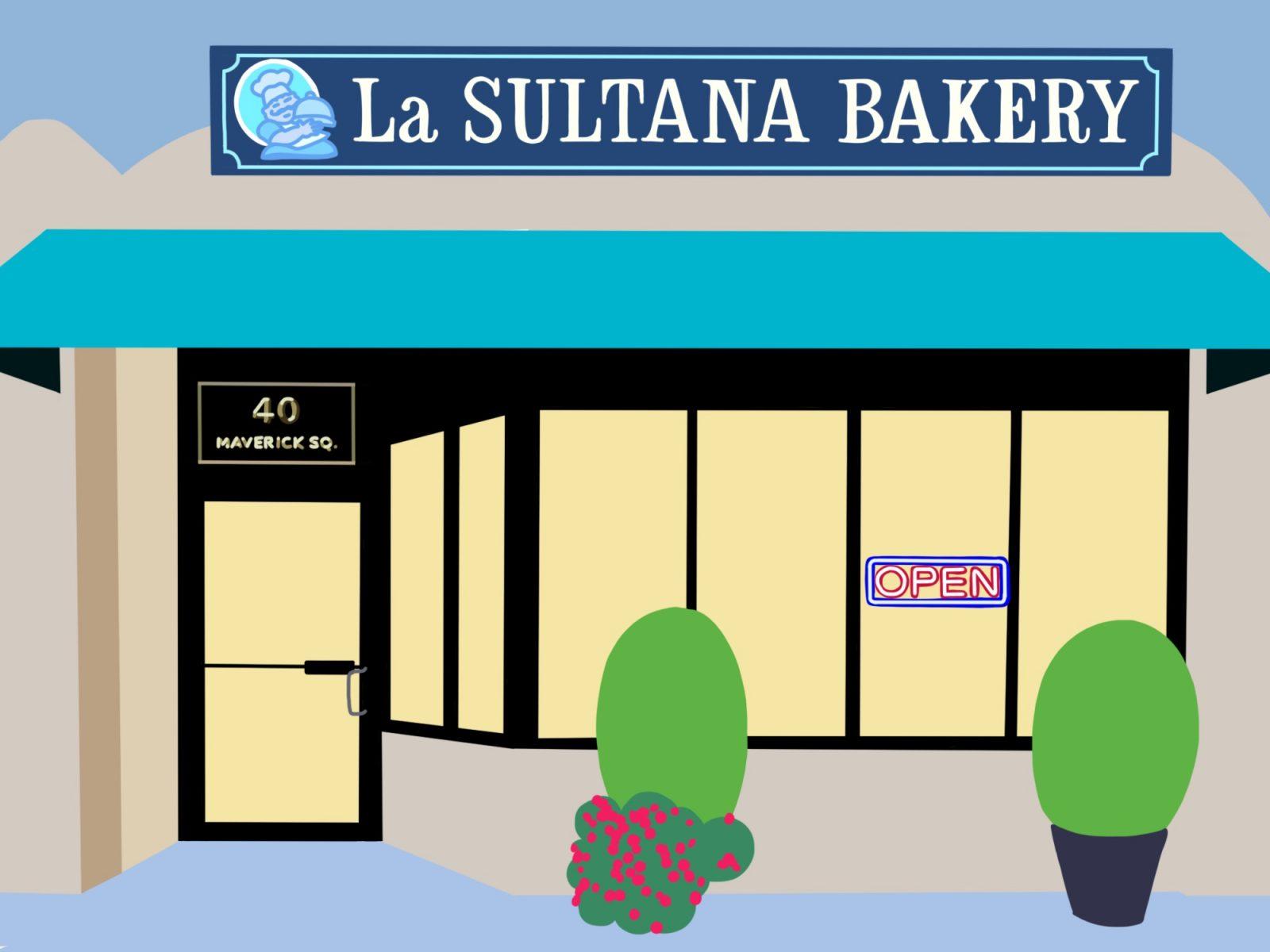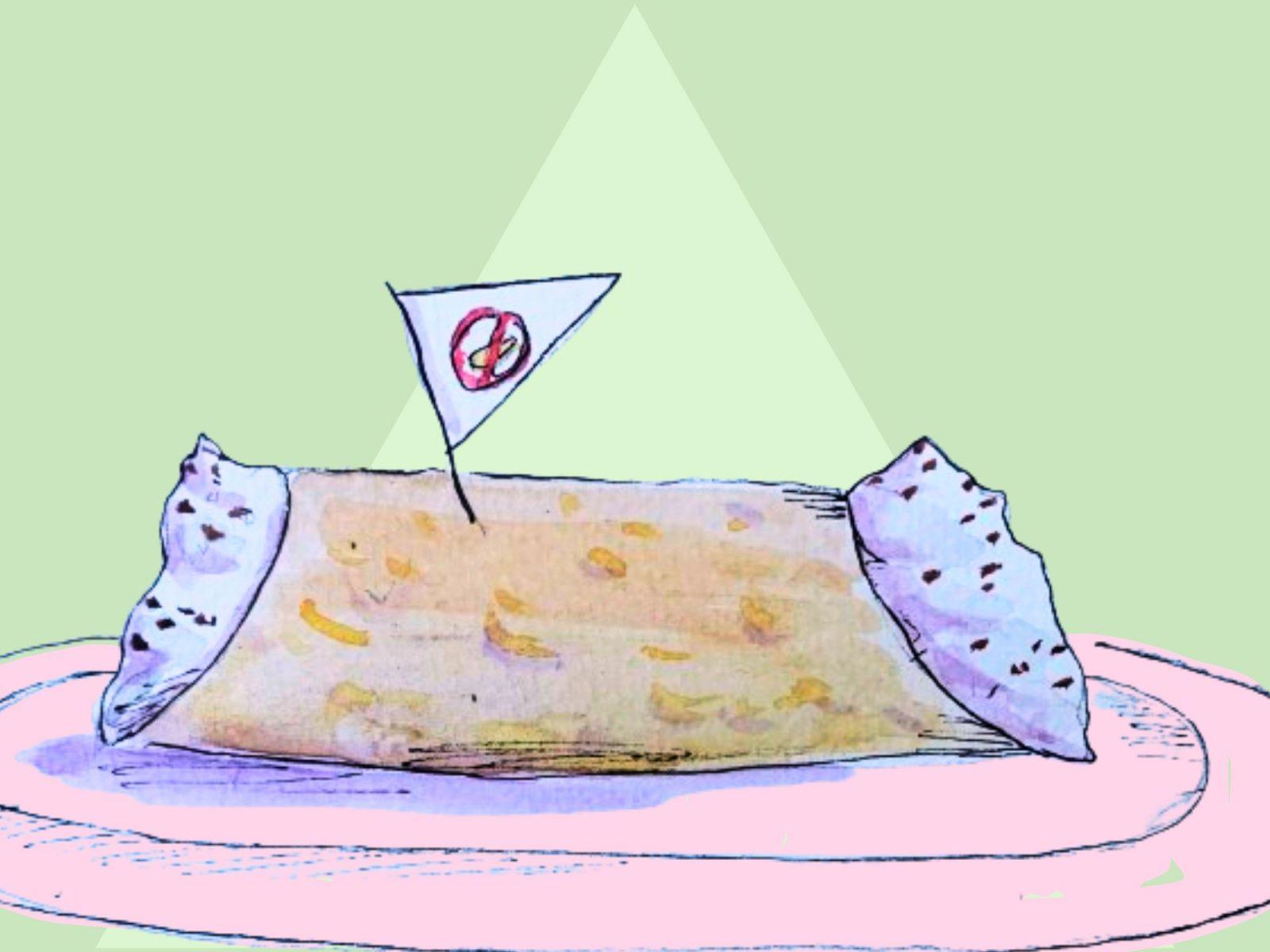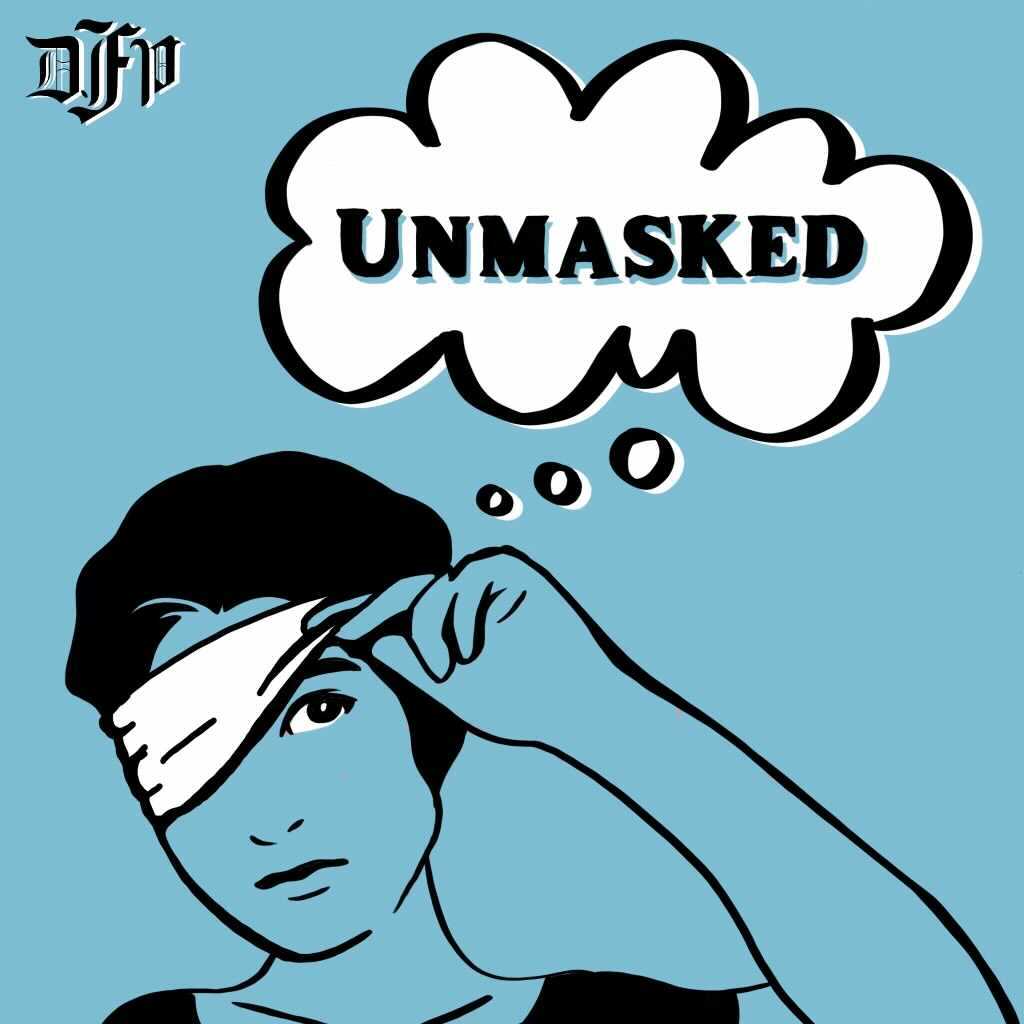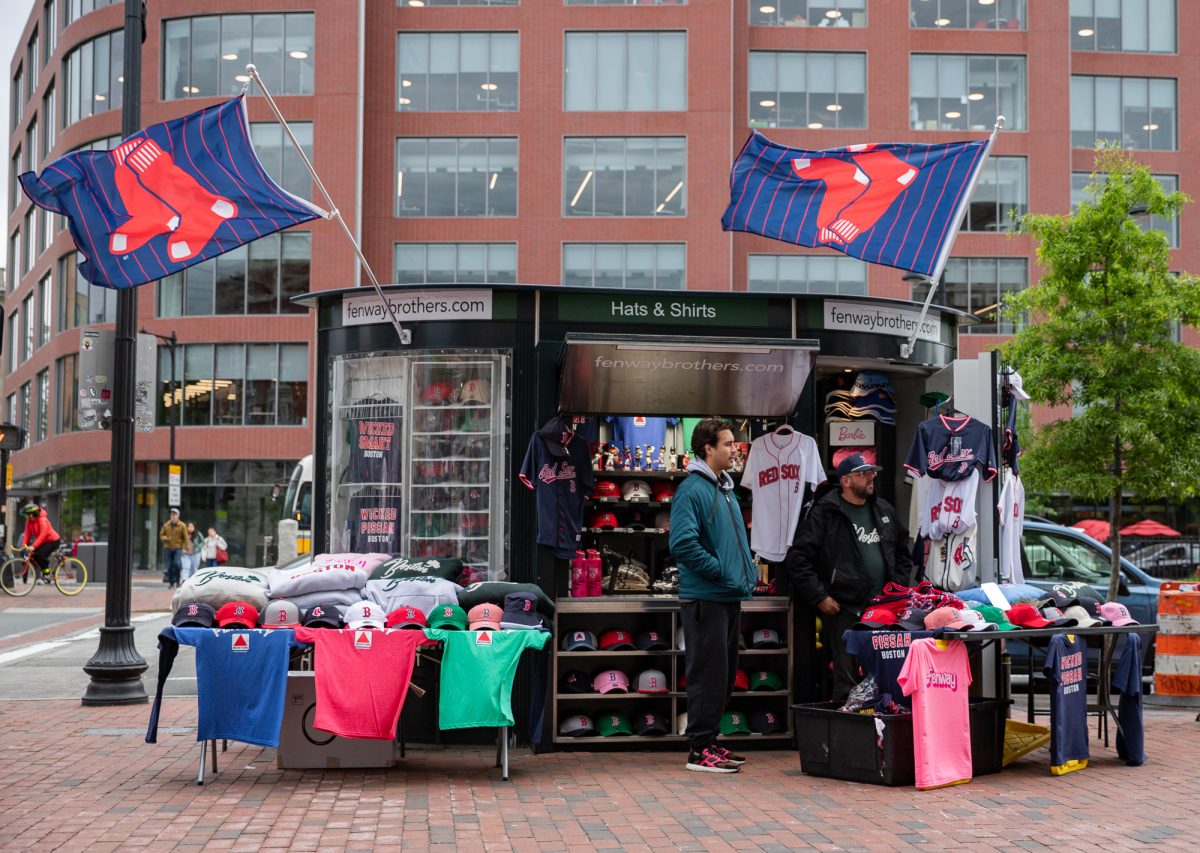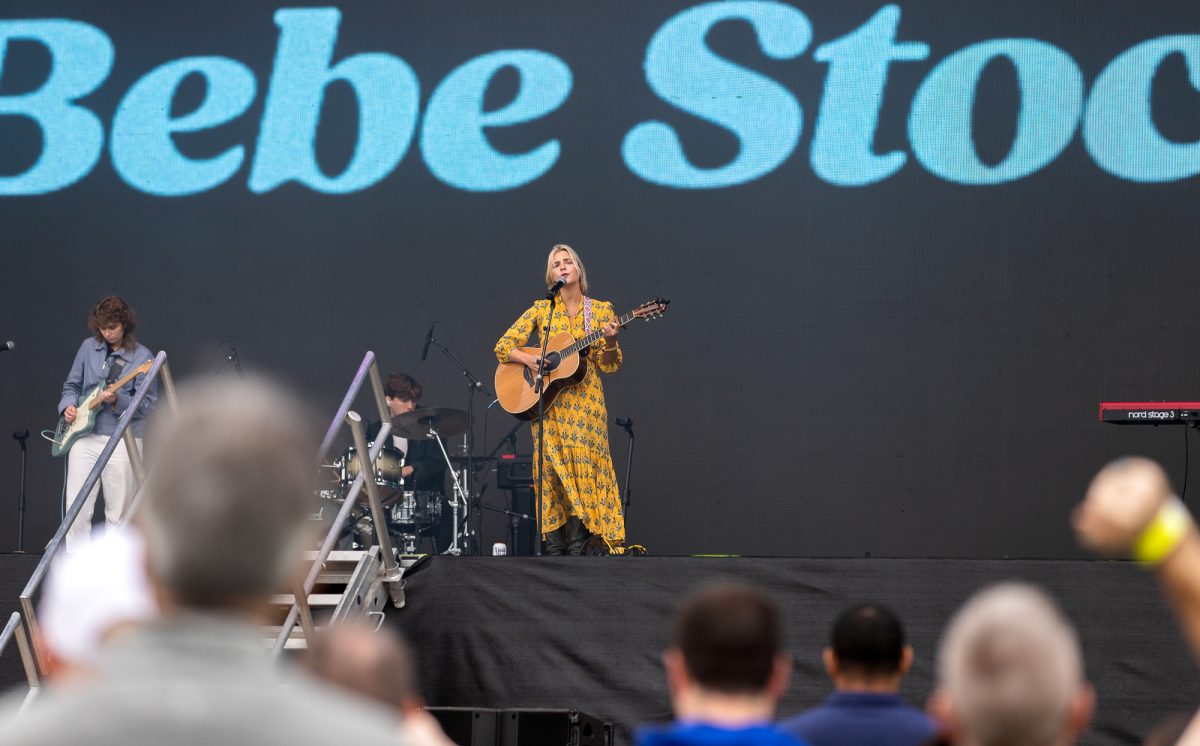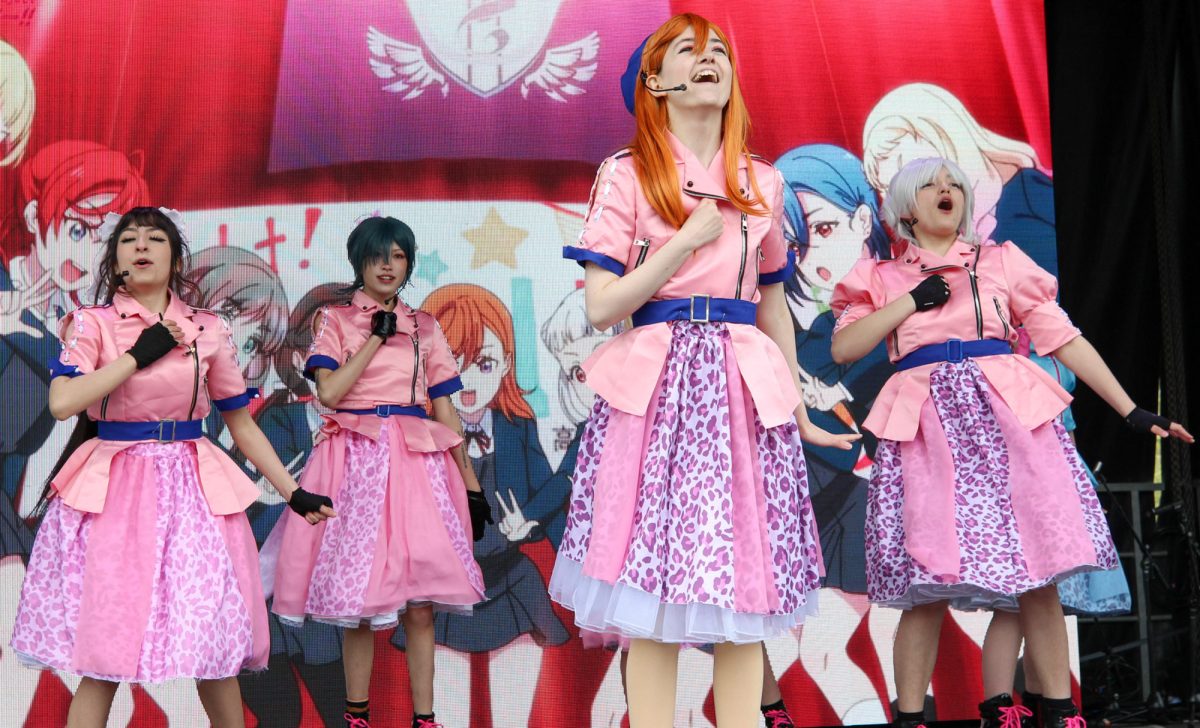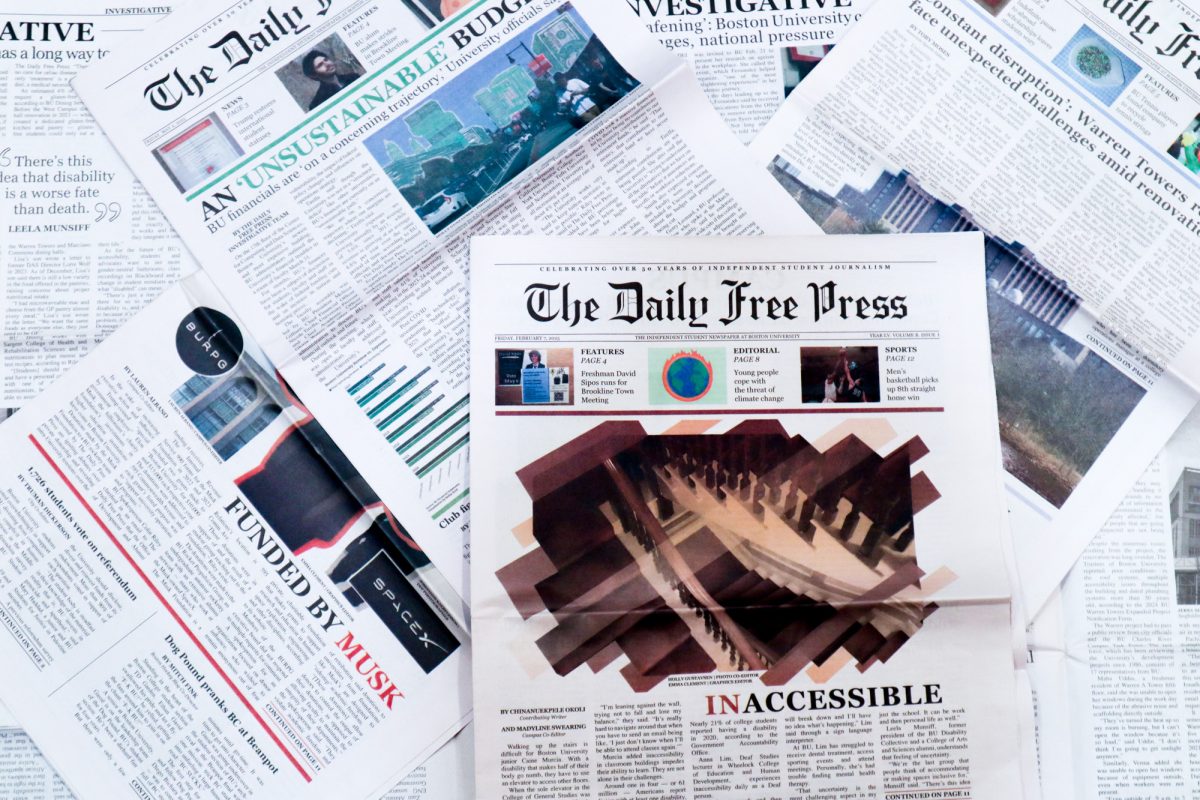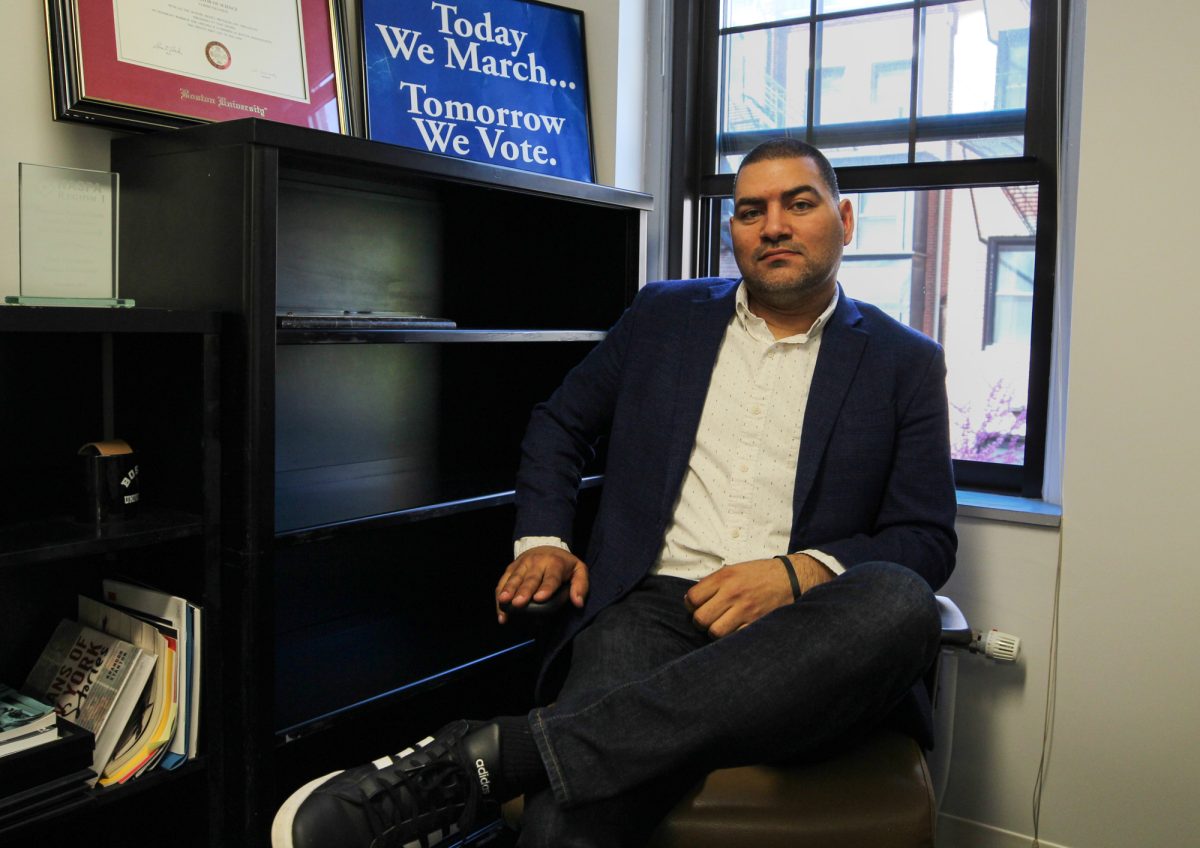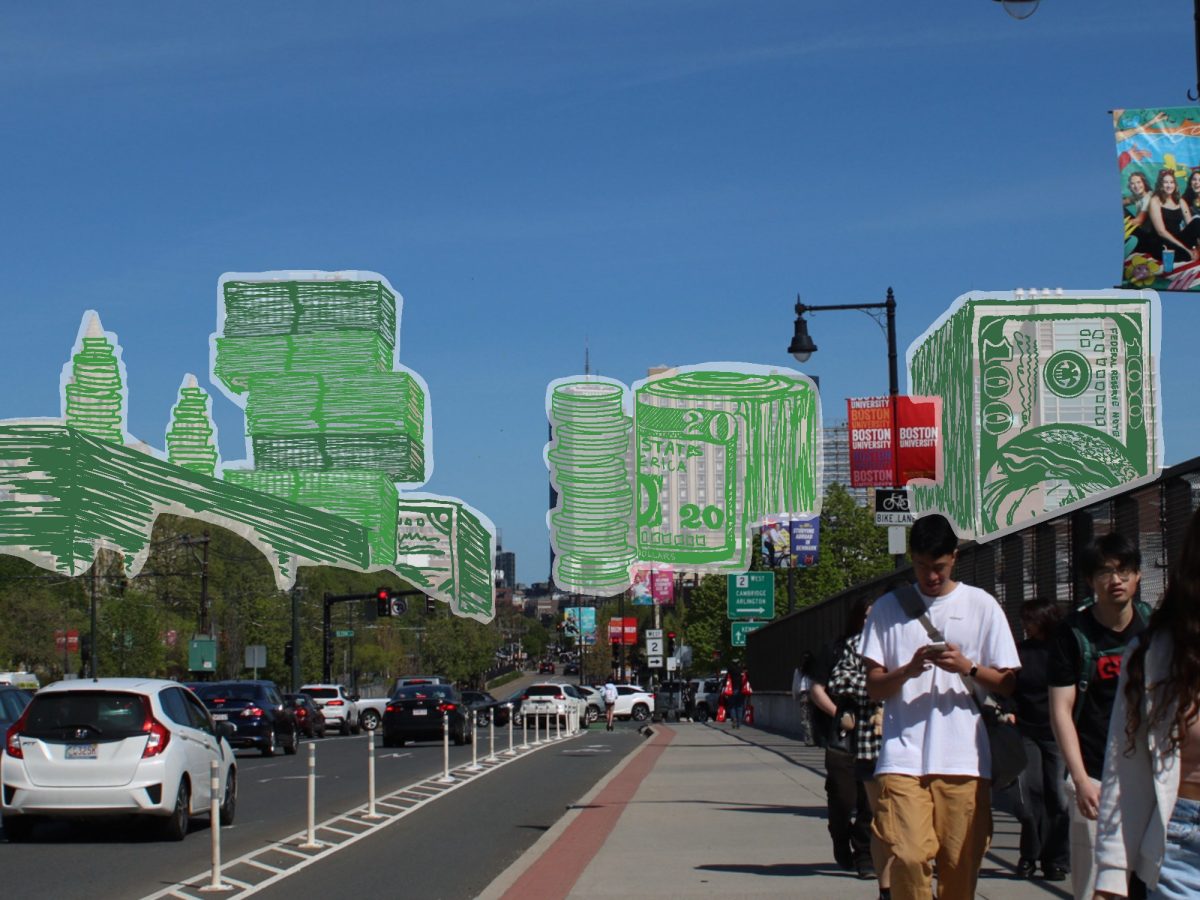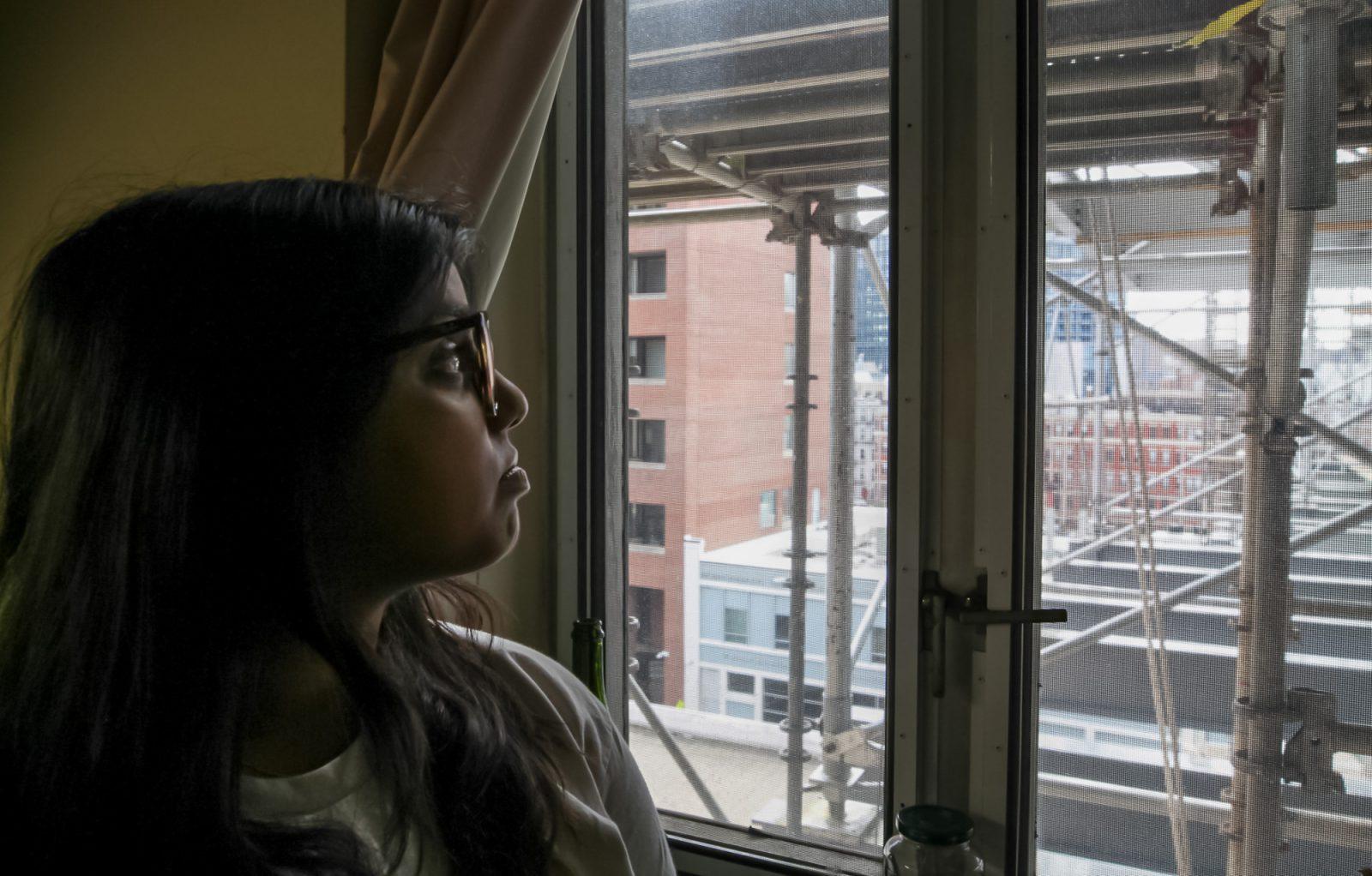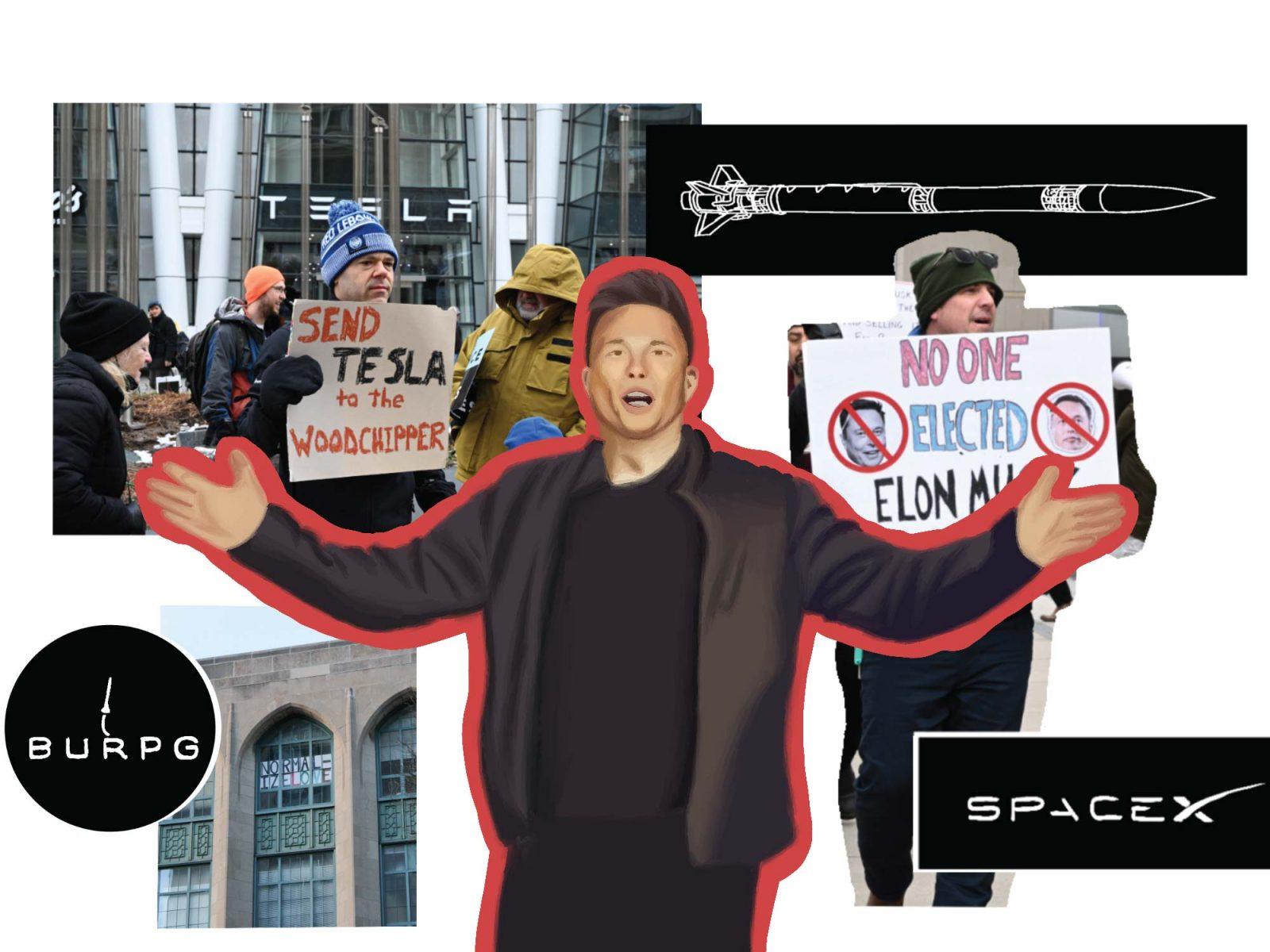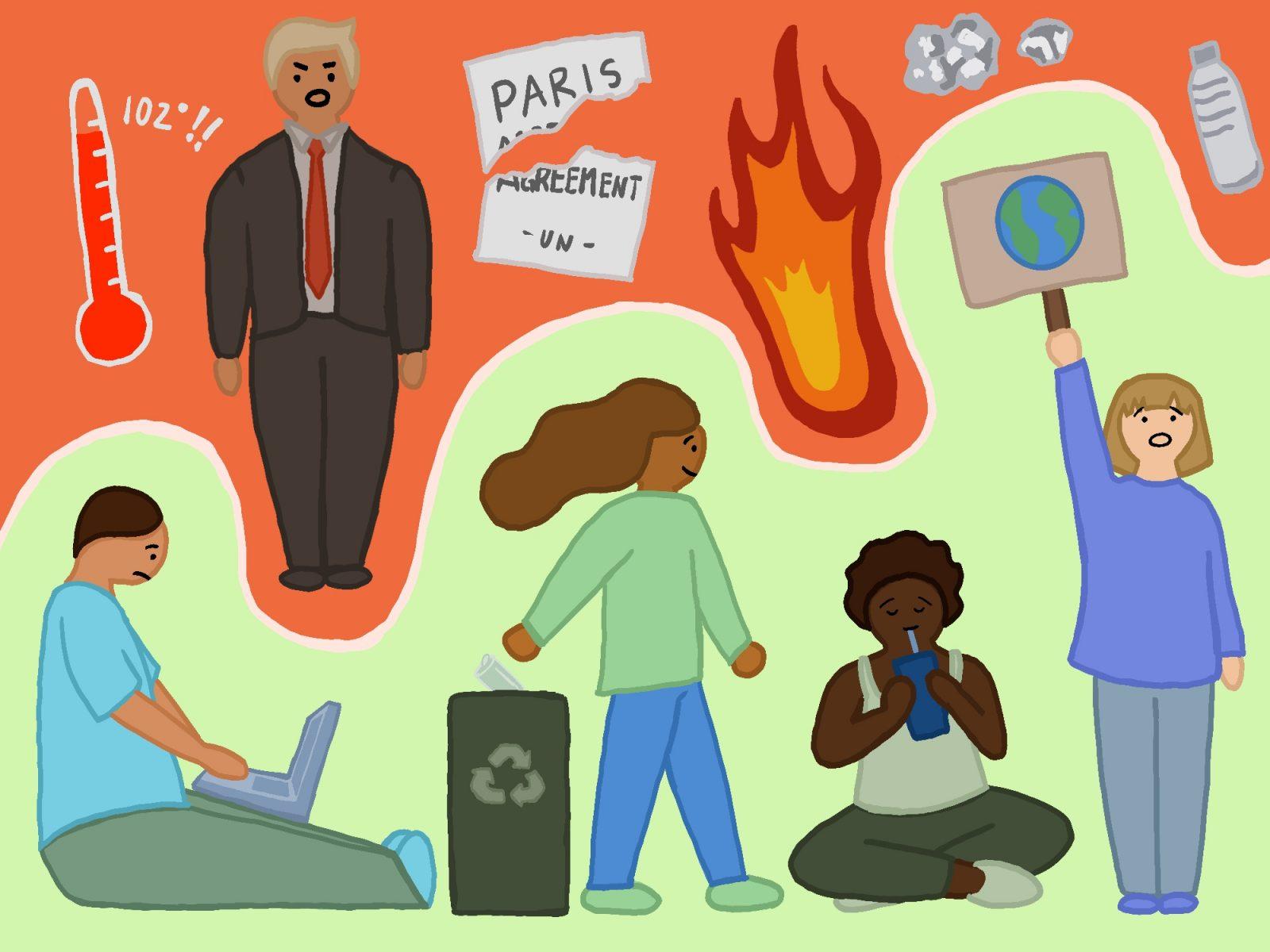We’ve all seen them: the infographics that appeared on our Instagram feed one day and never left. They were plastered on story after story this summer.
Prominent Instagram accounts such as @sh-tyoushouldcareabout and @soyouwanttotalkabout turned social and political issues into aesthetically-pleasing, digestible infographics.
With injustice neatly tied up into a slideshow post, performative activism has thrived.
We must reiterate a point that has been made for a while now: The Black Lives Matter movement is not another trend to hop on. Being an activist and an anti-racist is a lifelong commitment, which means it takes constant work and effort.
Never will there come a day when you are “done” learning, growing and educating yourself to be a better ally. Yet, we have created a culture that somehow equates an Instagram story to the ultimate work of anti-racism.
Often, one can even feel a sense of pressure for not posting enough about current events on their social media. Yes, it’s important to raise awareness and be a vocal ally, but activism is much more than what we post online.
Social media gives people a sense of relief or satisfaction much too easily. It’s a double-edged sword. By lowering the barrier of entry into activism, it becomes more widespread and accessible. At the same time, however, activism becomes more shallow.
For example, people have taken to sharing posts with the same information across all social media platforms, which does indeed raise awareness.
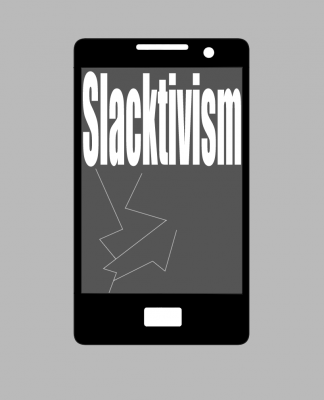
But when the majority of these people — or sometimes the ones we hear the loudest, such as social media influencers — blatantly contradict their own messages by rapping the n-word or appropriating Black culture, the movement loses its meaning.
Organized efforts such as Blackout Tuesday are examples of the sensationalization of activism. These are not only ineffective, but can also do more harm than good by removing actual dialogue concerning racism.
This toxic new age “wokeness” also causes people to push influencers and companies to post and comment about what’s going on in our country. Though their platforms may seem to be a good opportunity for awareness, it’s not necessarily coming from a genuine place.
We cannot be naive enough to believe that everyone is just now discovering racism, and their donations serve as more of a public relations stunt than concrete change.
Even when performative activism and public opinion motivate these businesses to donate to BLM organizations, it’s still performative if they continue to be racist behind closed doors. Resources are essential, yes, but intent is key in breaking down cultural mindsets that contribute to systemic racism.
Instead of throwing money at these causes to save face, companies should enact internal policy changes that support their Black employees. Donations will not necessarily help those employees, nor will it solve hundreds of years worth of racism that is so deeply ingrained in our country’s framework.
And while awareness can be helpful in creating mass movements, providing resources and educating the public, it’s also a limitation. Awareness on its own is never going to amount to much. Without action to back it up, it’s not productive.
Instead of relying on influencers or infographics to educate us, we should educate ourselves.
However, there’s also the issue of accessibility in activism. Being able to do many action items — such as protesting, donating or even having the time to commit — is a privilege in itself. A single, working parent can’t be expected to be an activist in the same way an independent young adult can.
On the other hand, activism doesn’t have to simply be protesting. You can have open-minded discussions with people you know and spur activism within your community. Small steps are just as important as the big ones.
You can educate yourself, recognize your implicit racism and change your own attitude and behavior. You can educate your friends and family, too, because until everyone cares enough to do the same, there won’t be actual change.
So what does it mean to be an activist? It’s an individual experience, but the bottom line is: You have to actually act.
It can be amplifying Black voices, holding yourself and others accountable, reading a book, watching a documentary, listening to a podcast, following Black creators, internalizing the information you’re receiving, taking time to self-reflect, protesting, donating, petitioning or enacting change at a local level.
There’s no perfect way to be a good activist. And there’s no problem with sharing what you support and believe in either — as long as there is a good intent behind. After all, it’s your social media account and all social media is inherently performative.
So, if you feel compelled to share an infographic you think would be useful for your followers, go ahead. But don’t let that be the extent of your work.
The issue comes when you become complacent in just clicking a couple of buttons on Instagram. Your anti-racist and activist efforts are only as effective as what happens off-screen — whether that’s your own self-work or protesting out on the streets.

